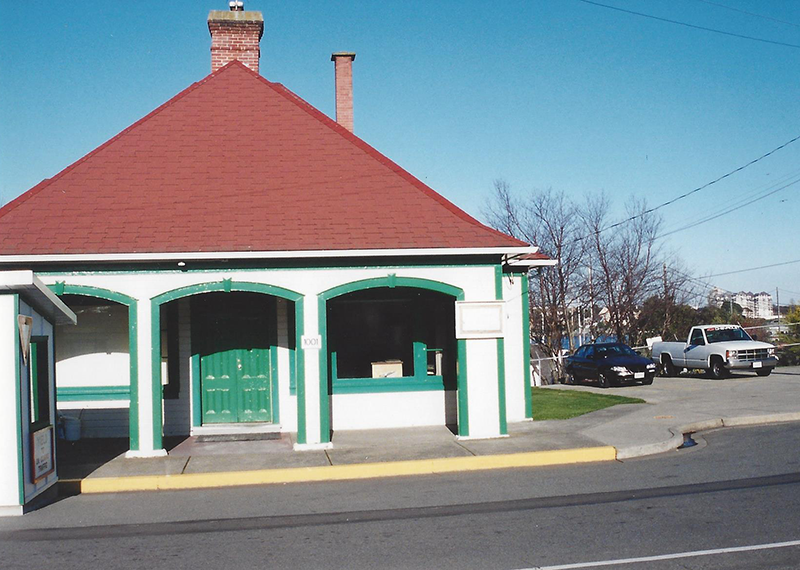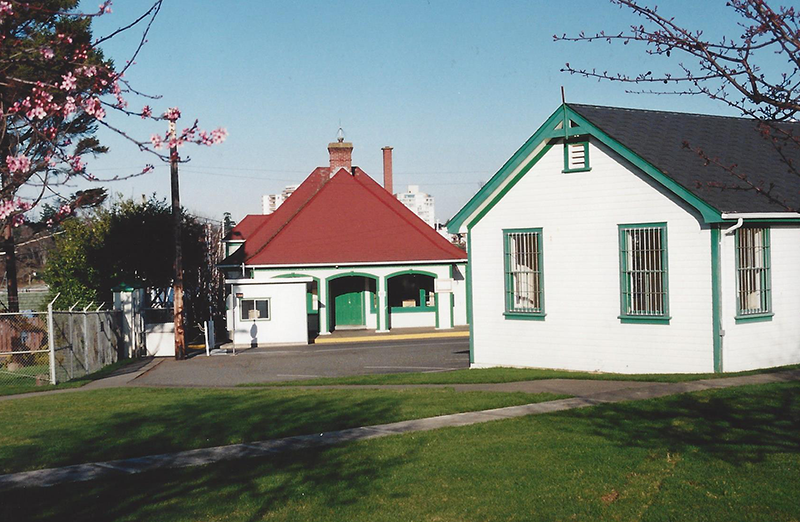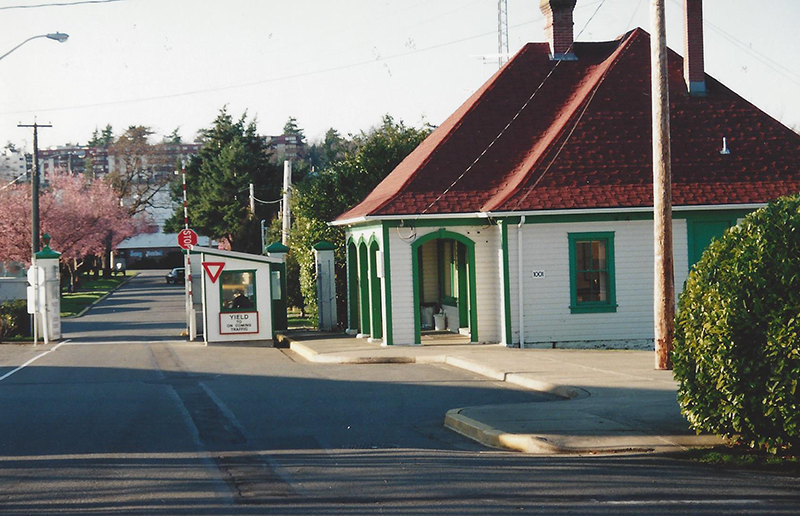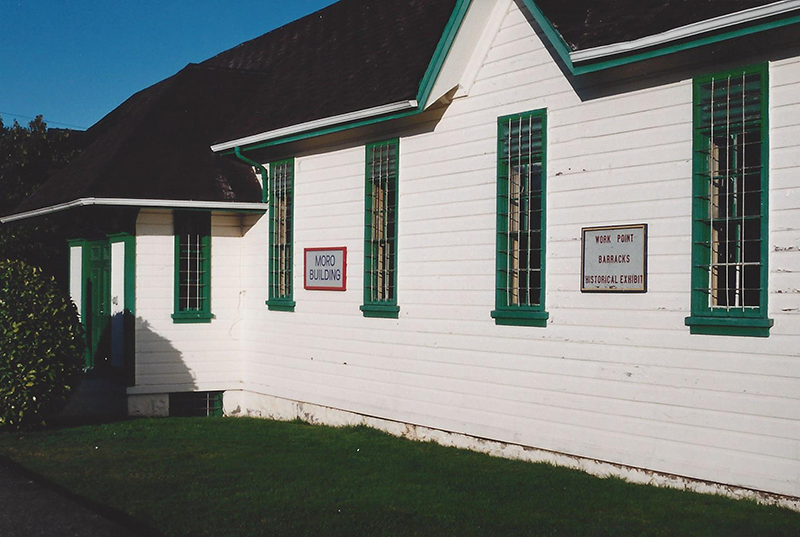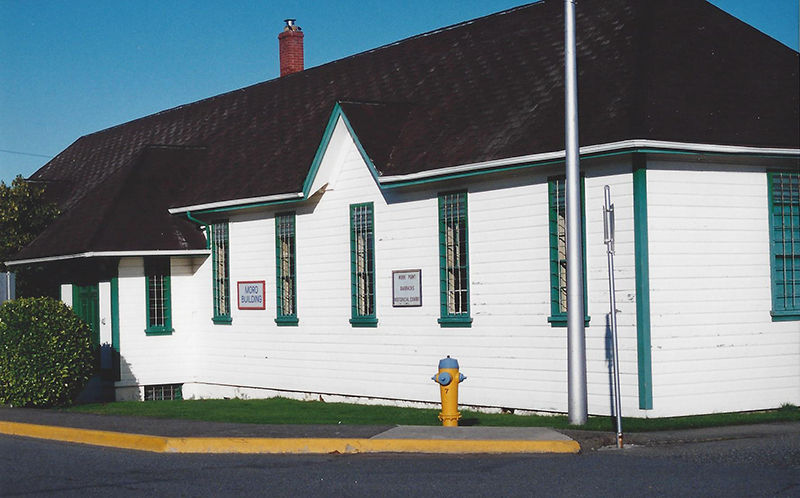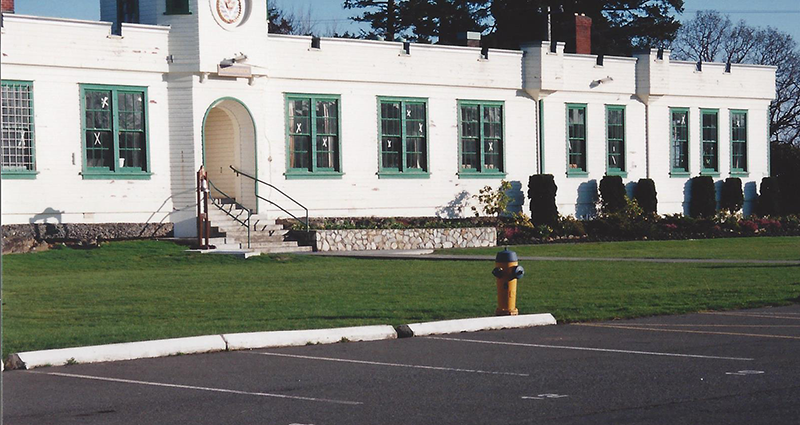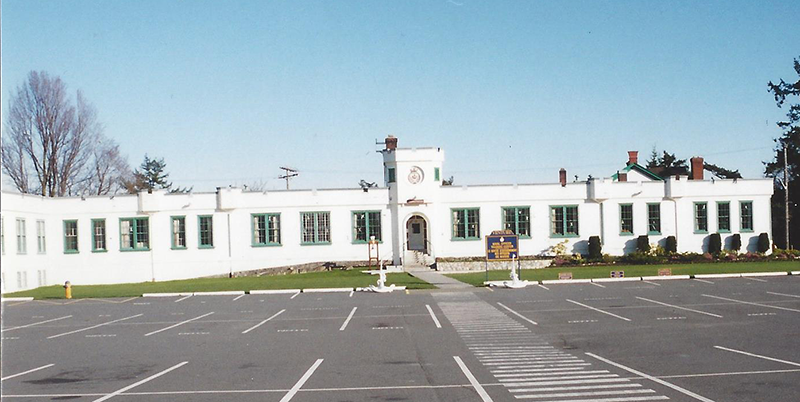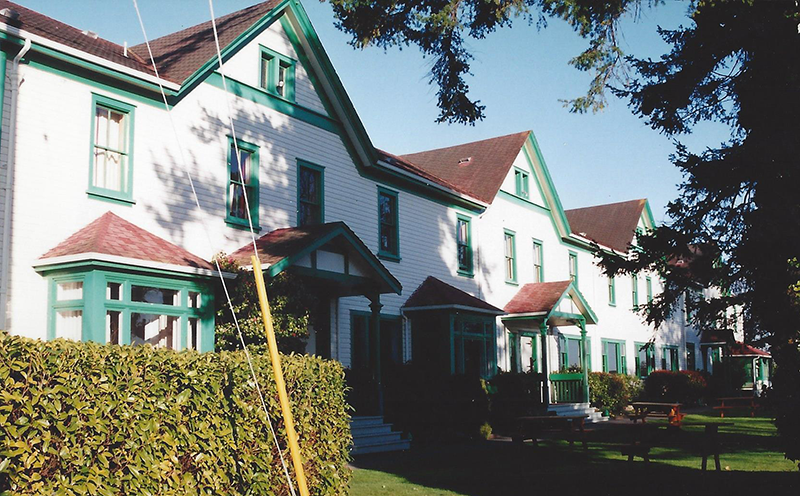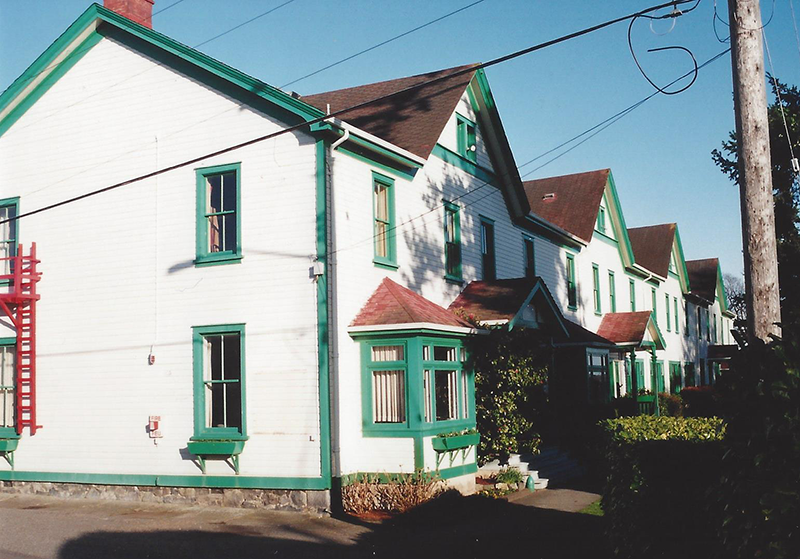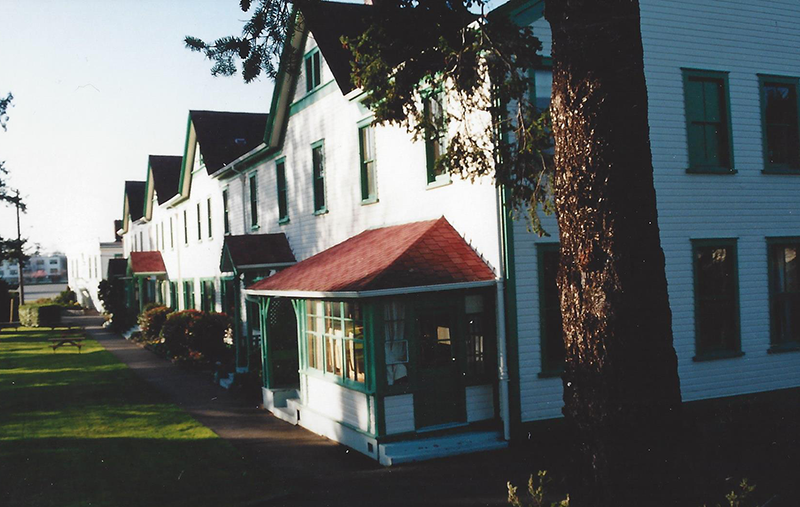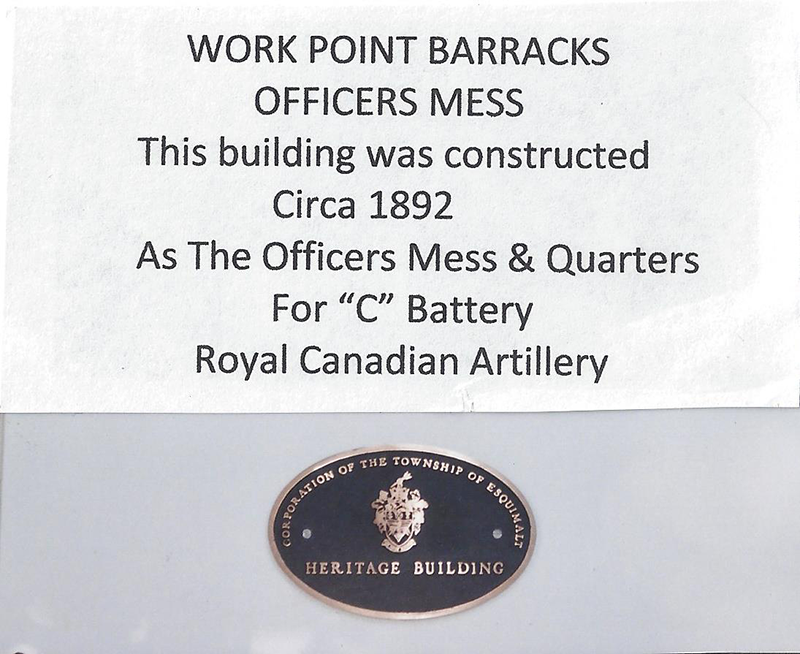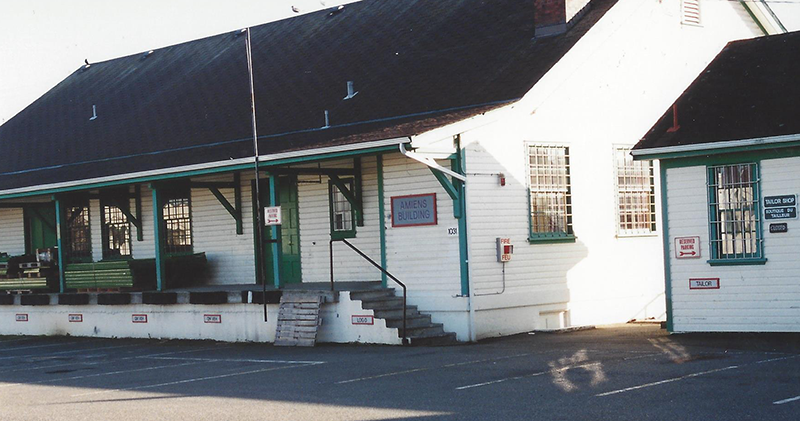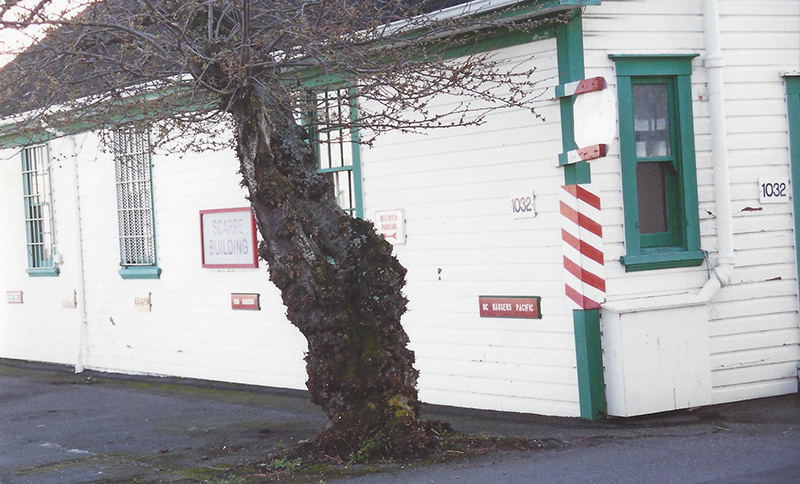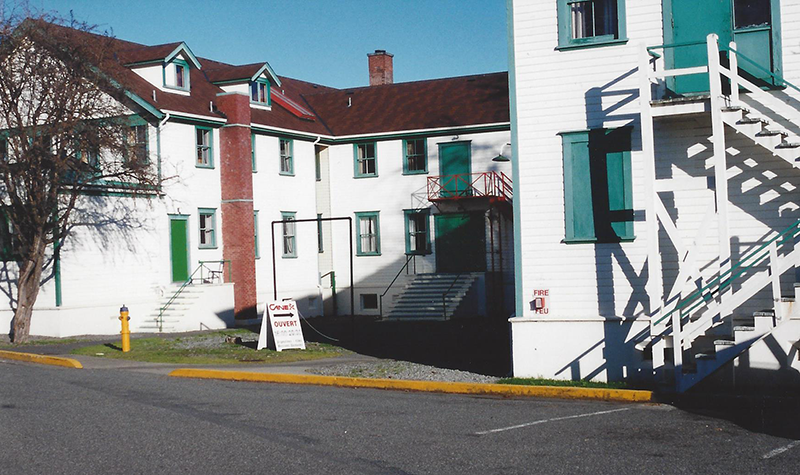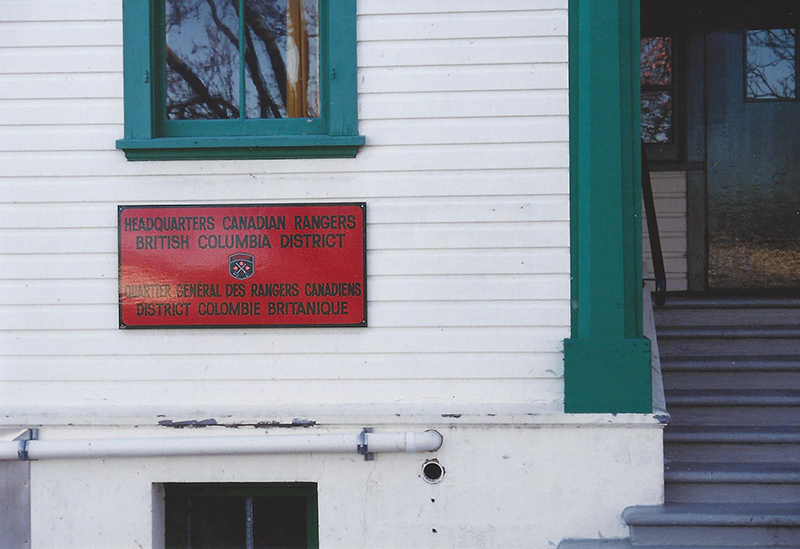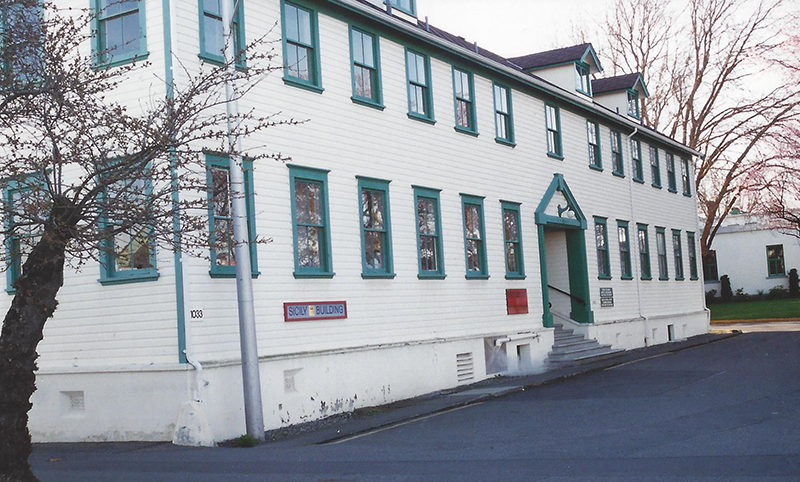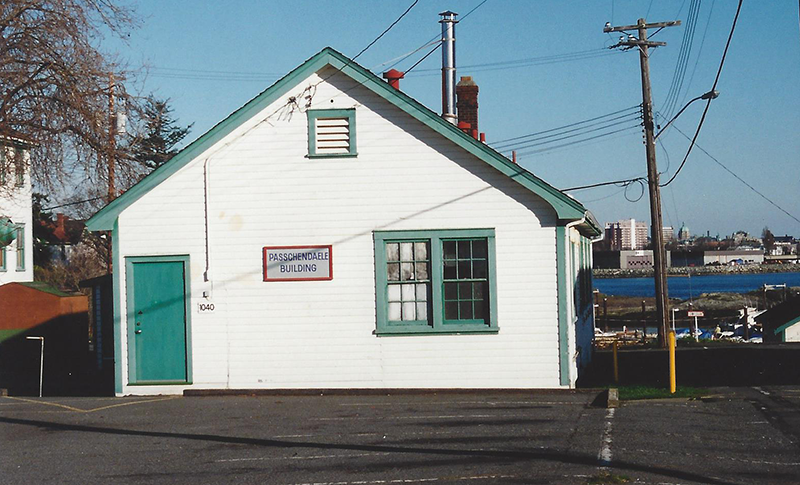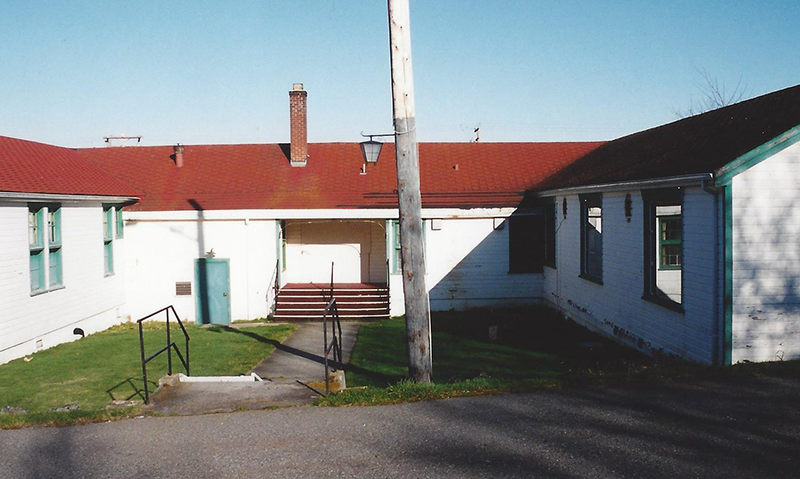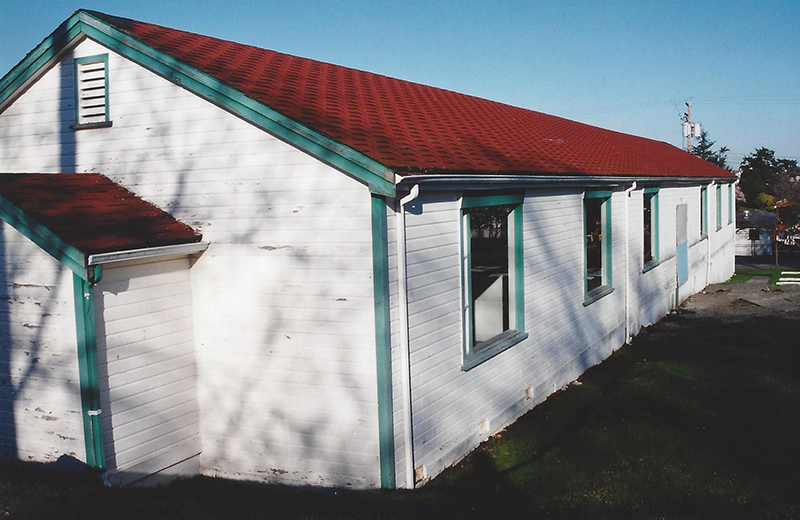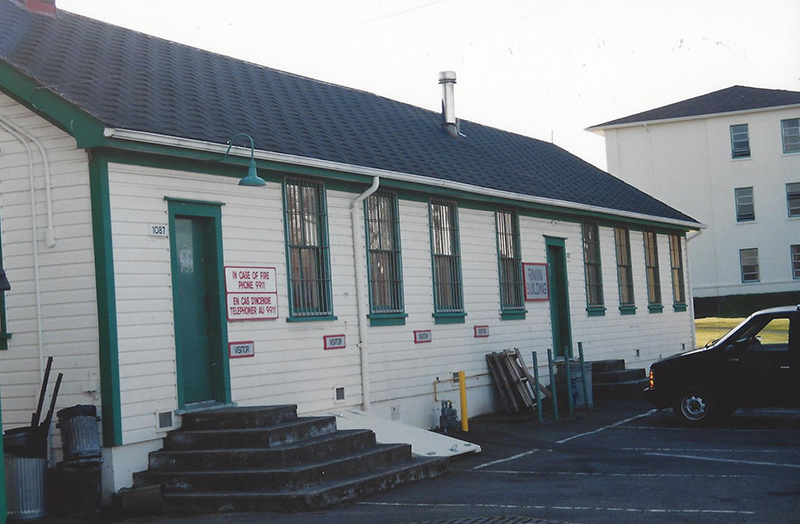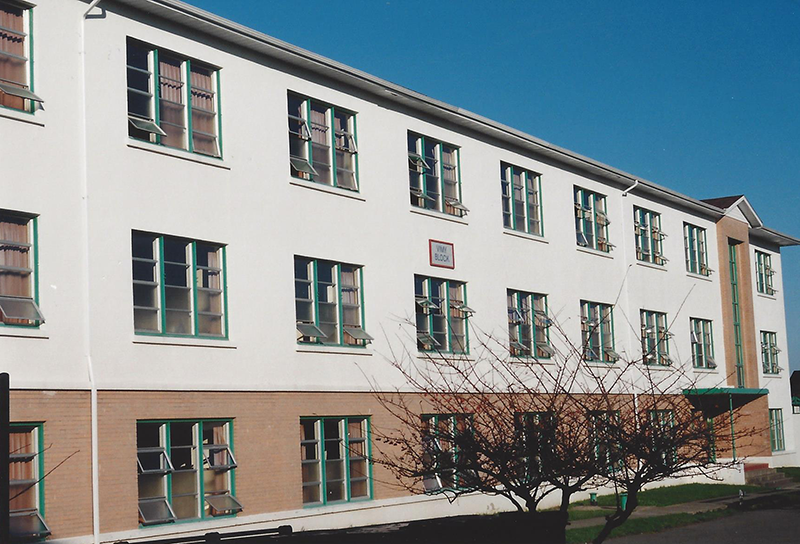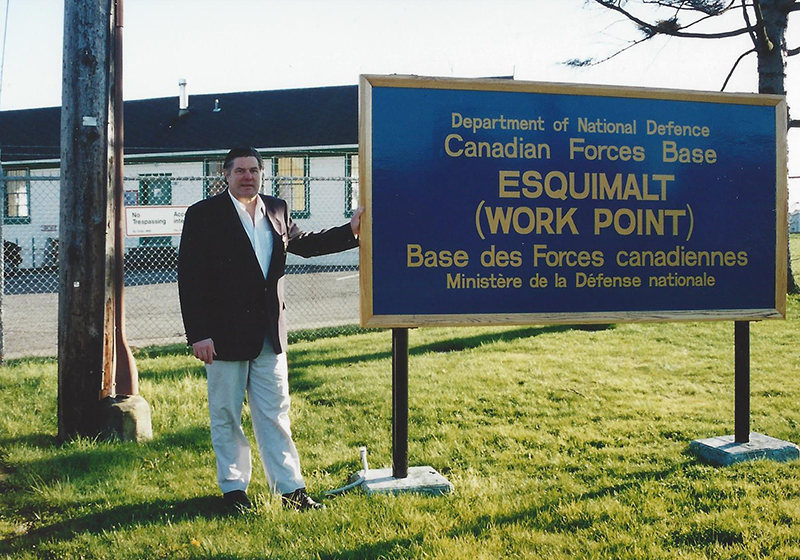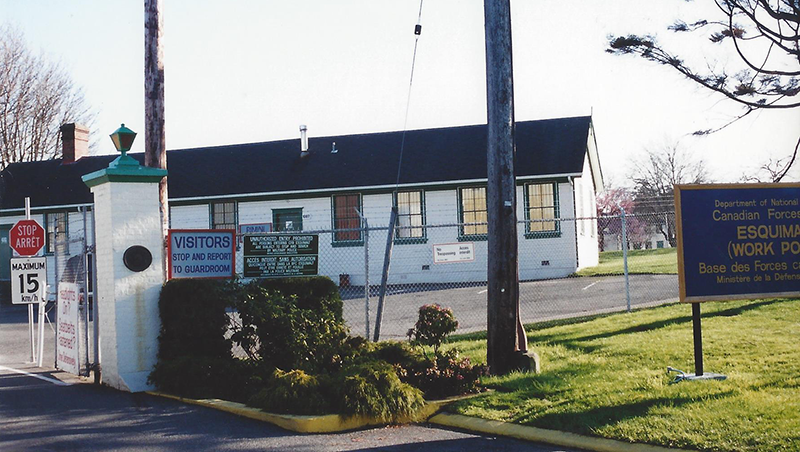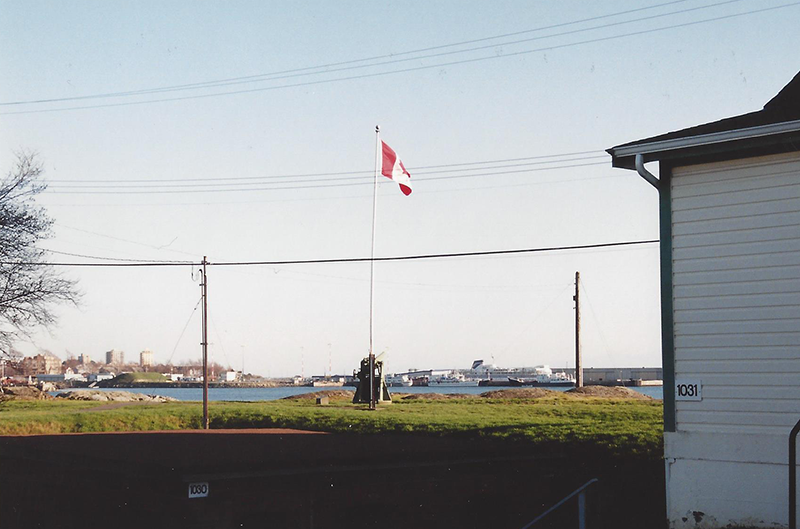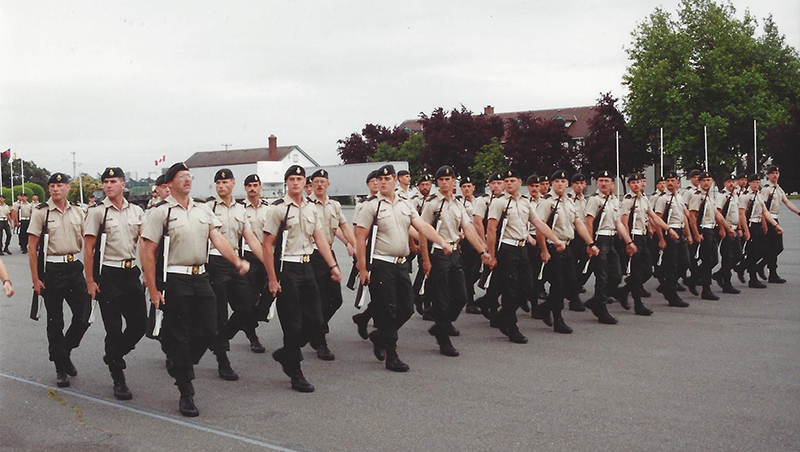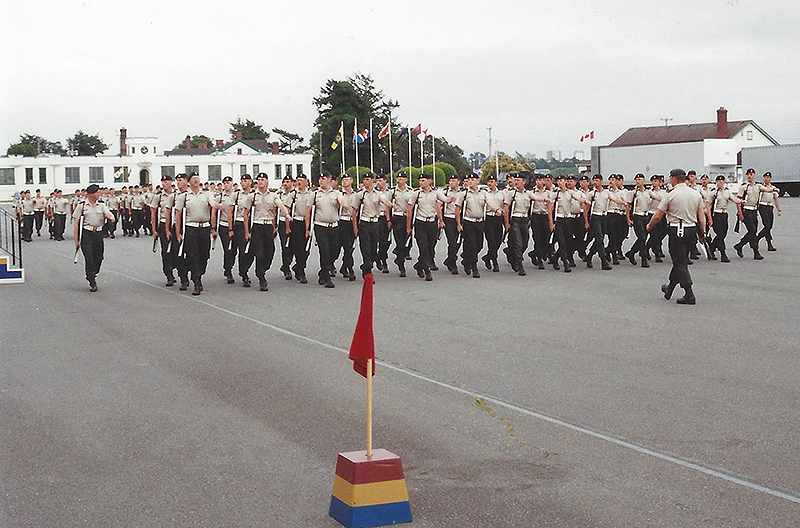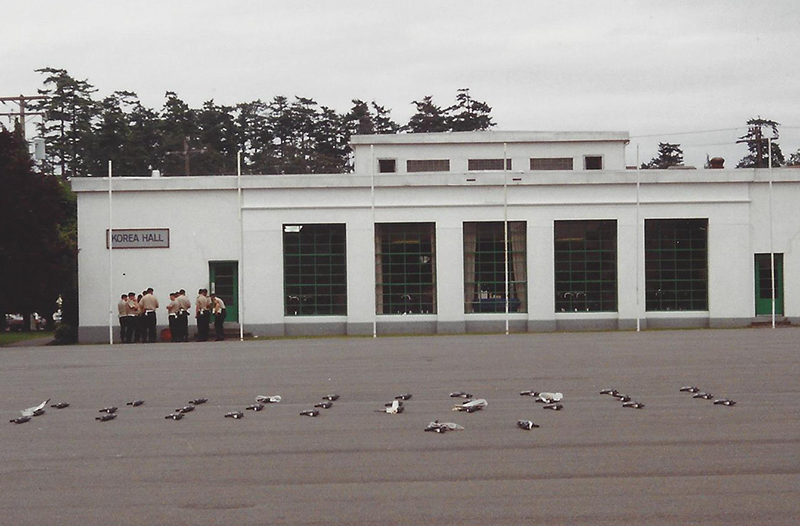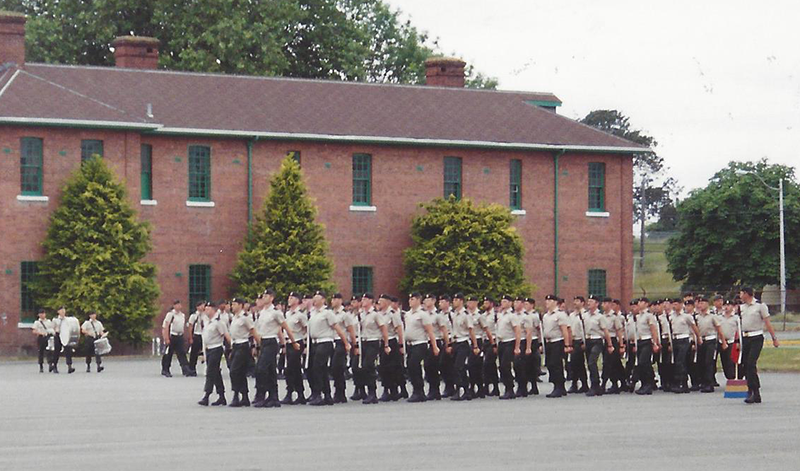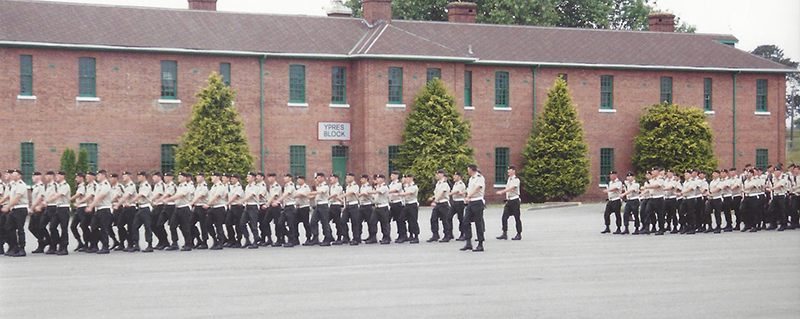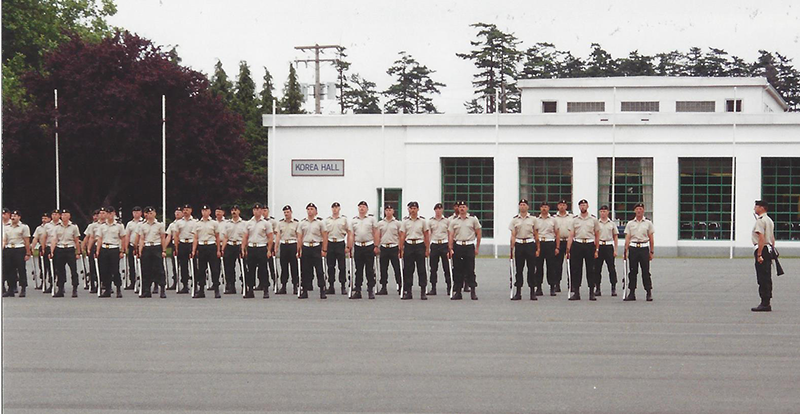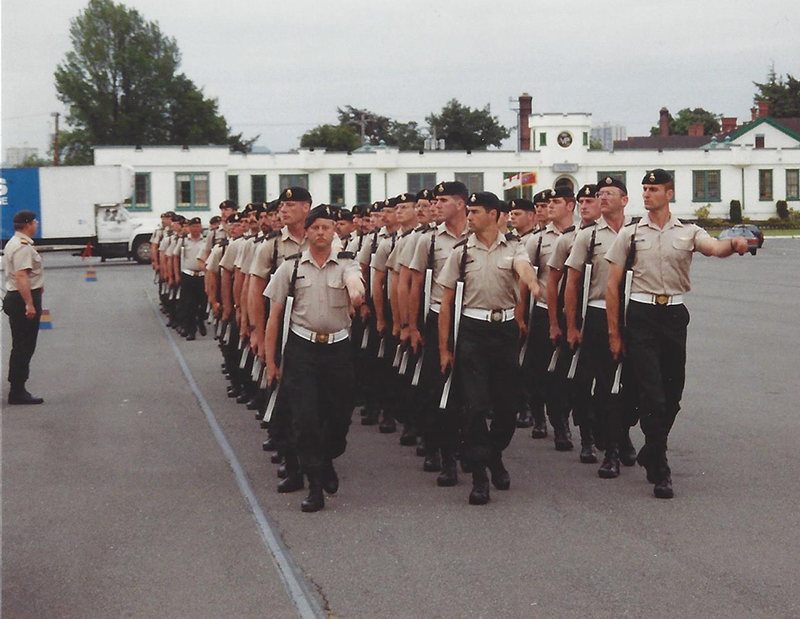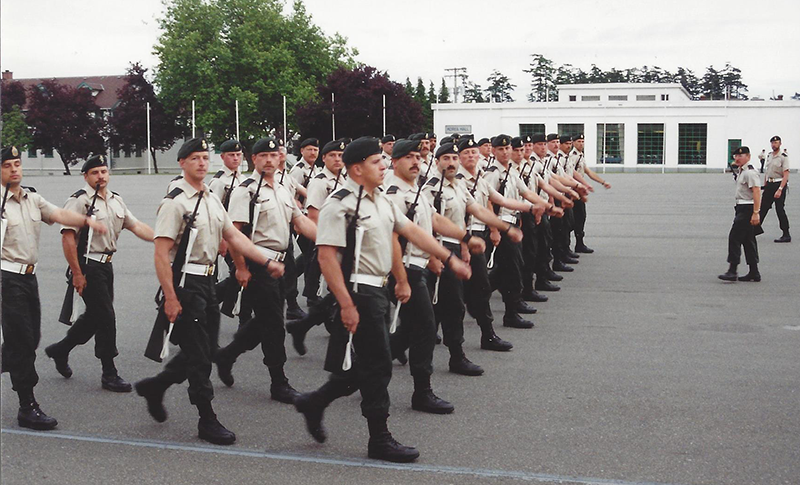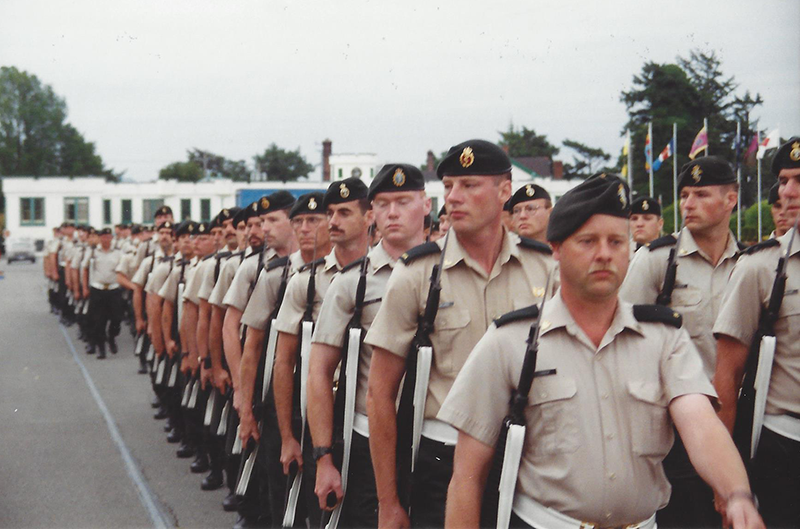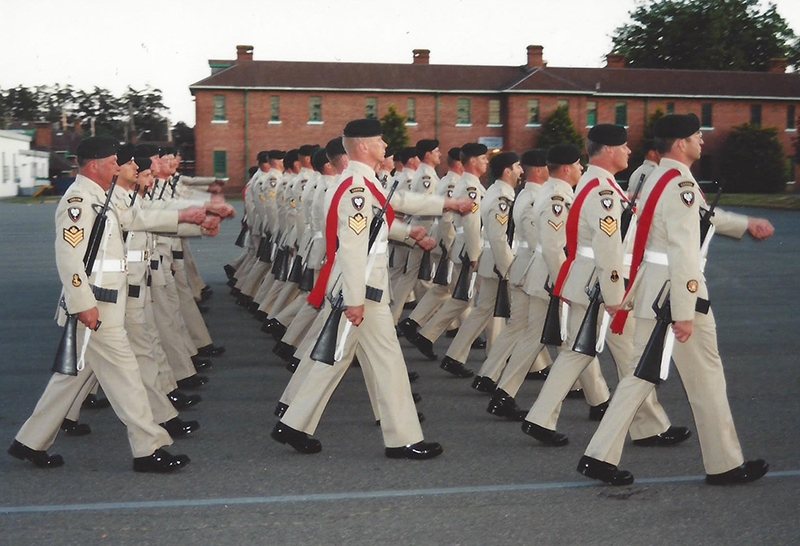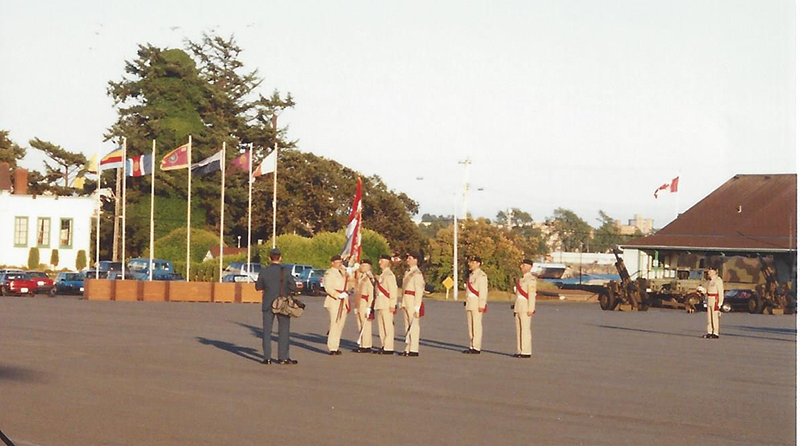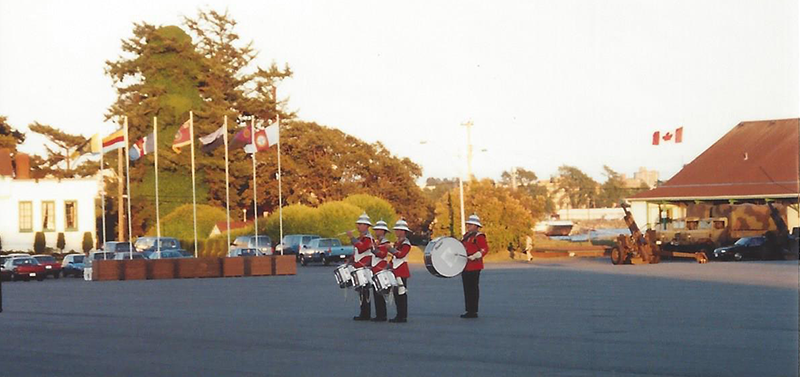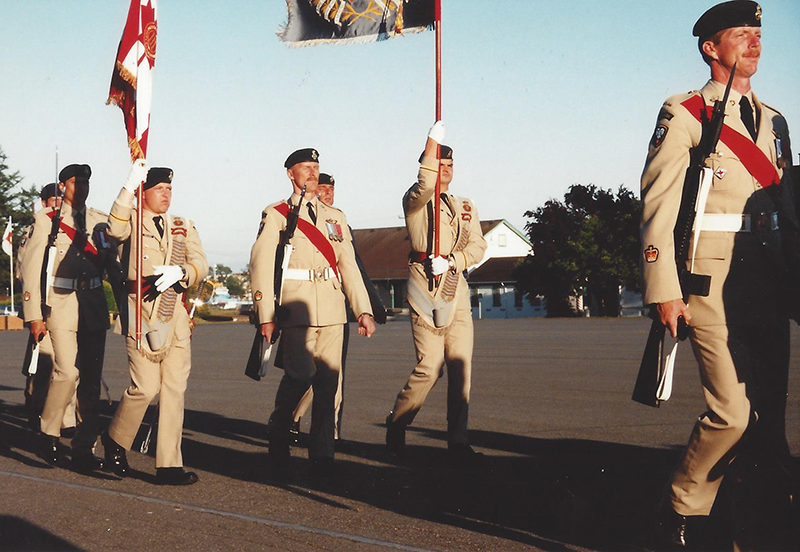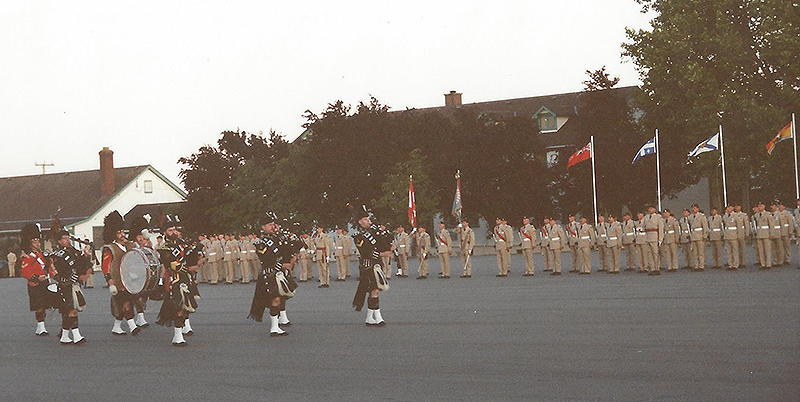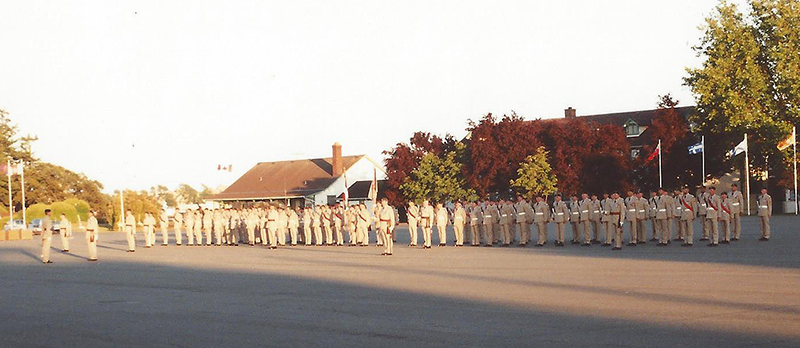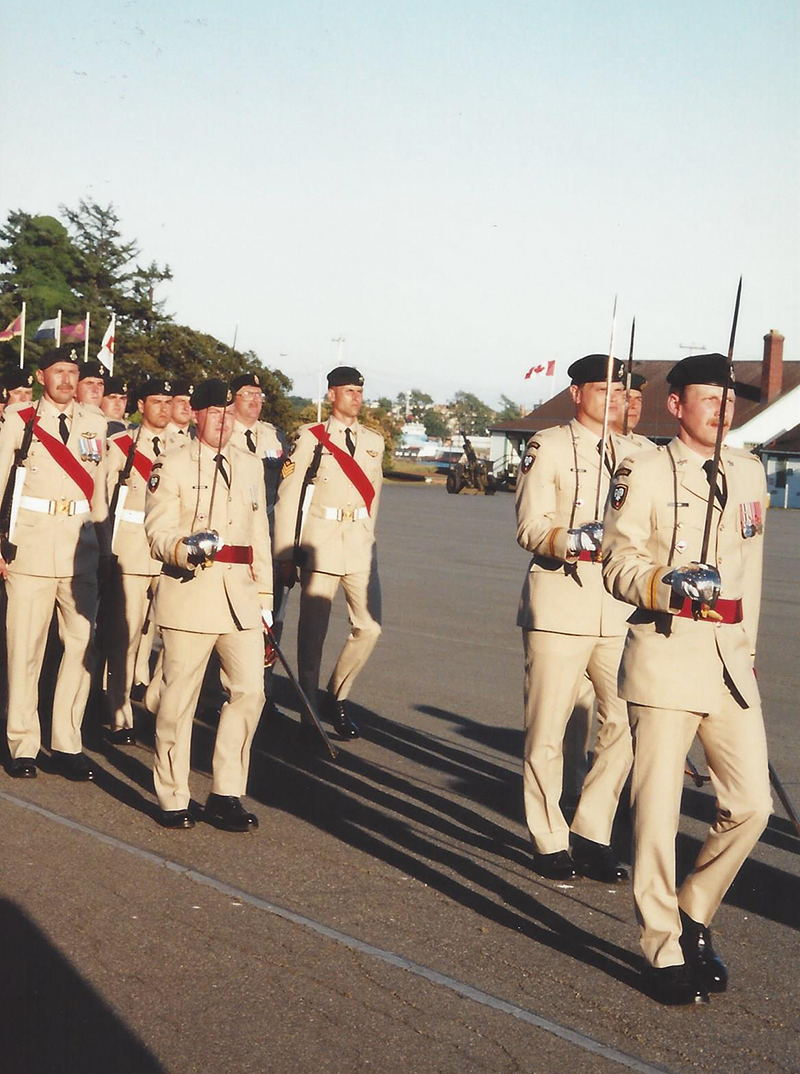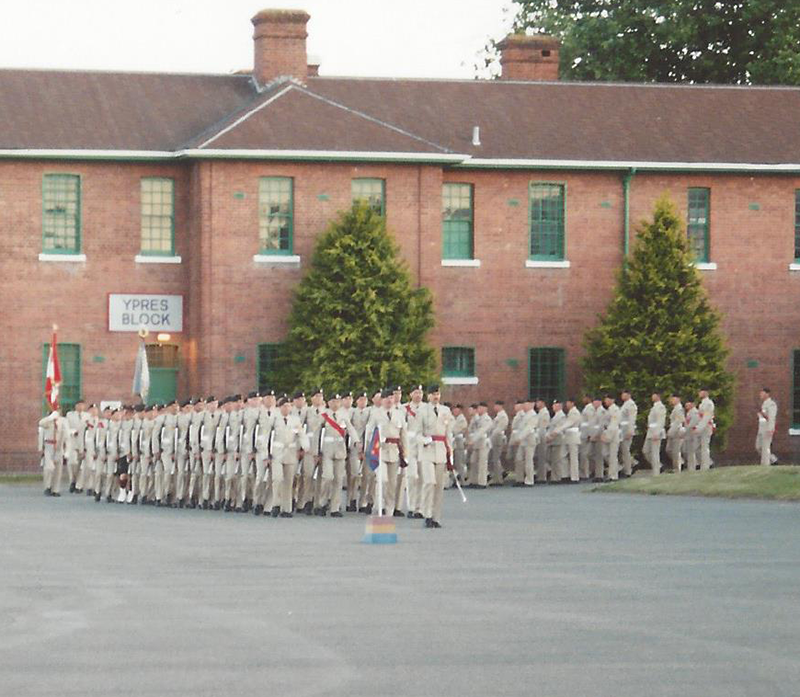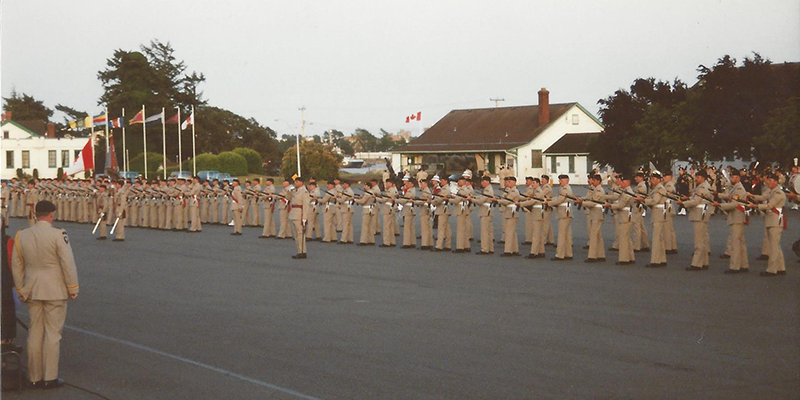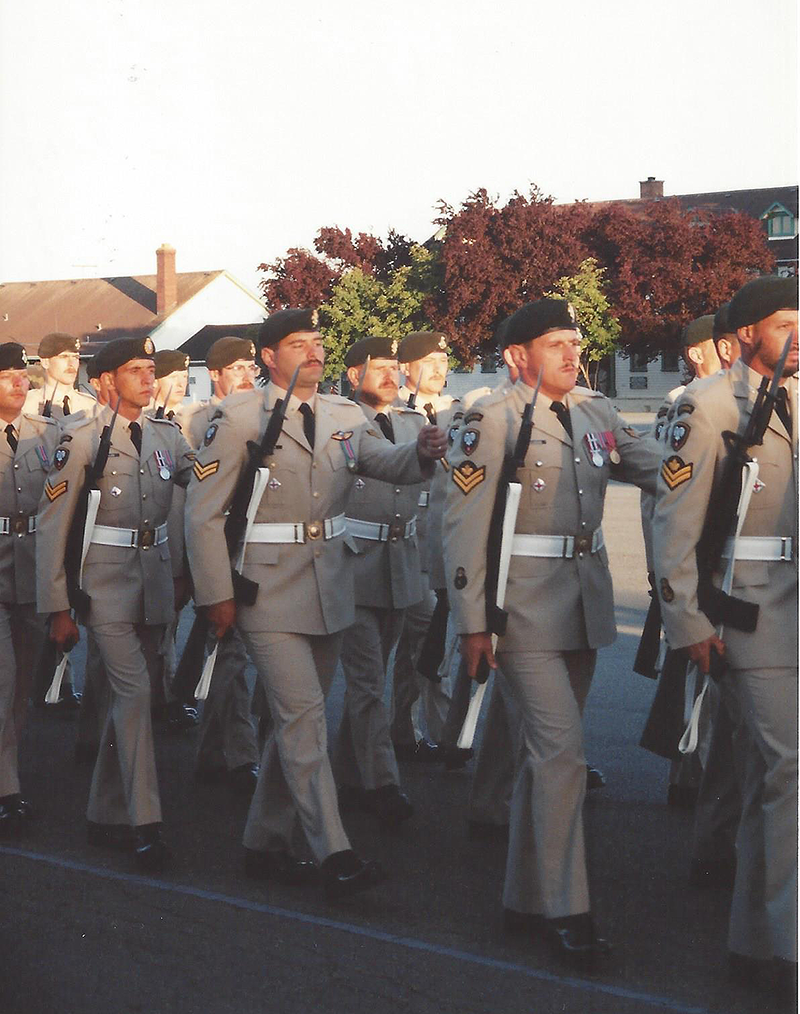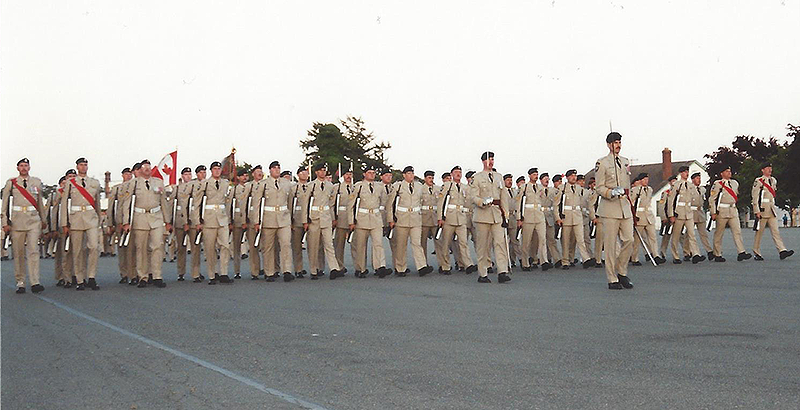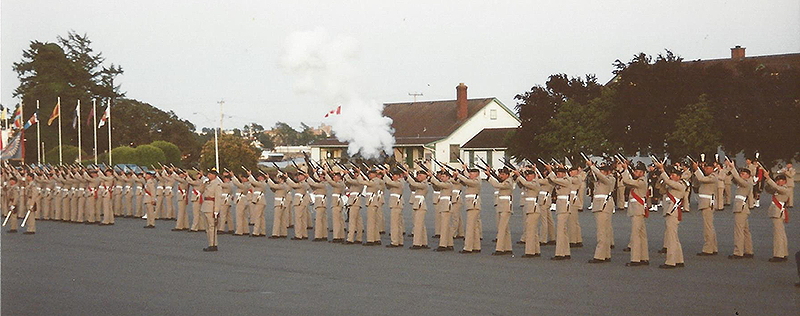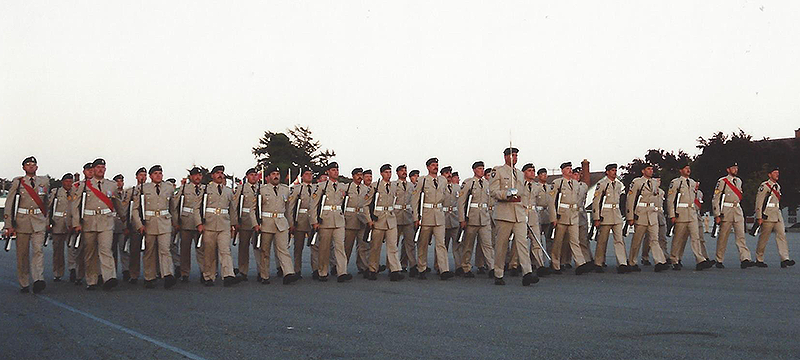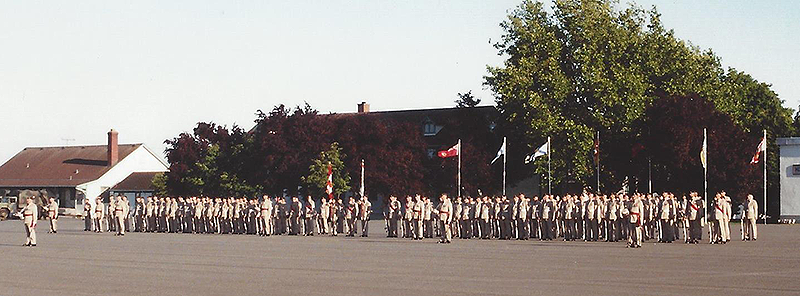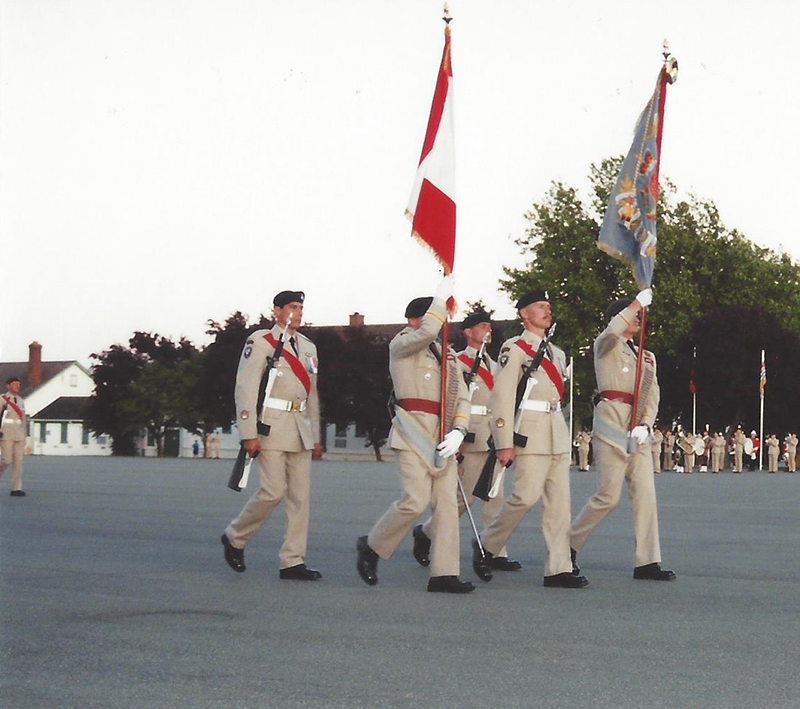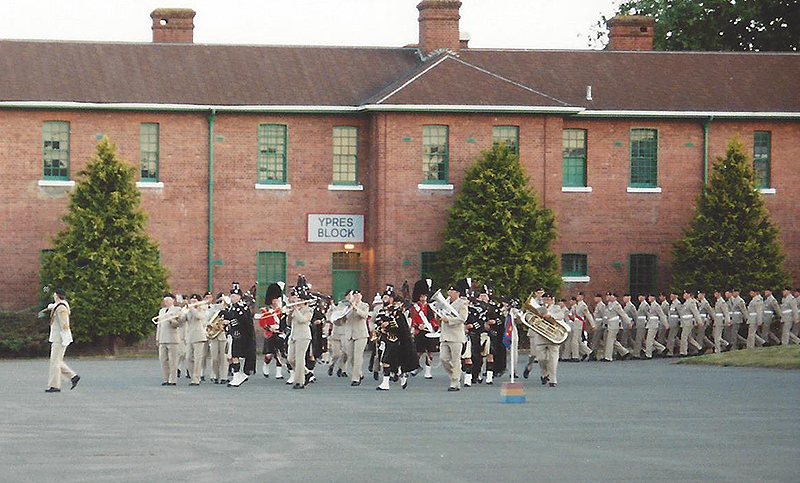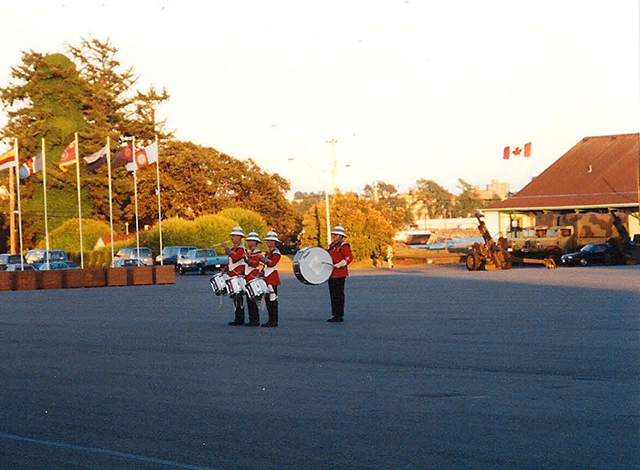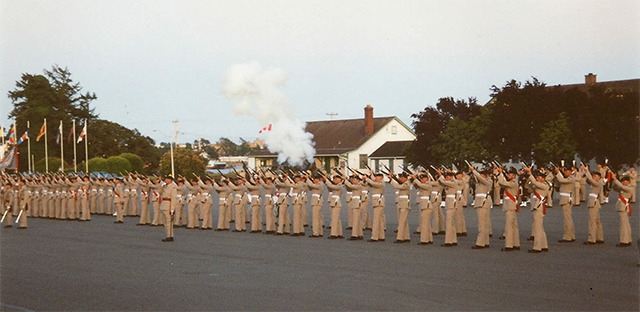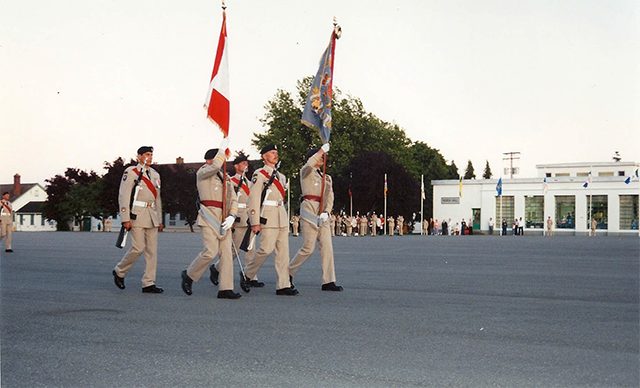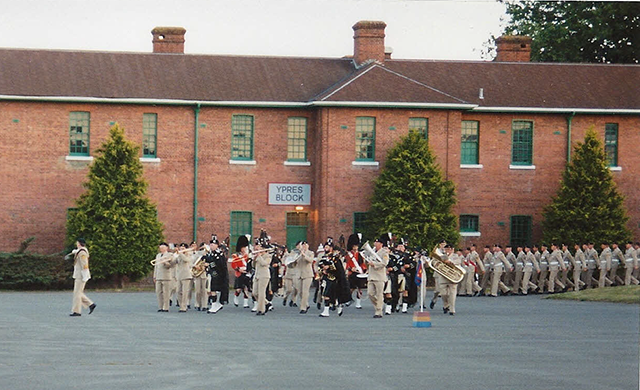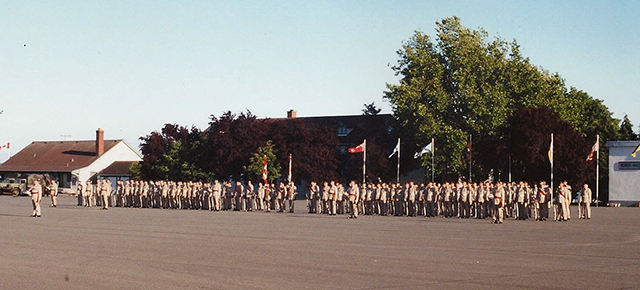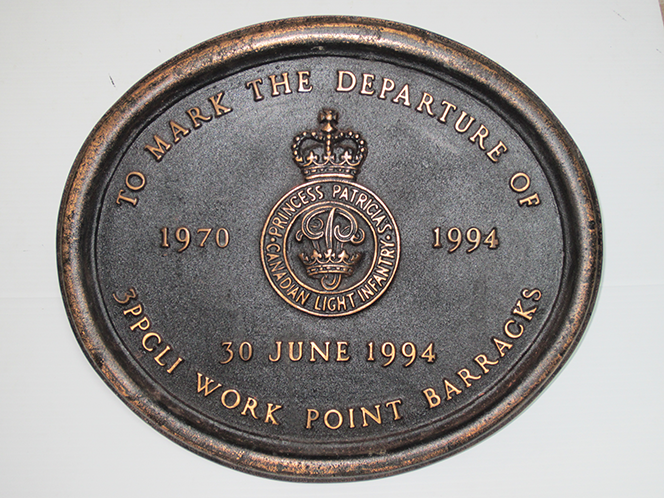 |
 OPCMHVisitor No.: |
HISTORY OF WORK POINT BARRACKSby Jack BatesPART 9 — 1971 to 19941991Esquimalt News Council Briefs Army Digs For Guns The army is going to do some digging for old gun sites at Macaulay point. Esquimalt council’s Planning and Priorities Committee gave the go ahead for the 5th BC Regiment to carry out an archaeological dig on the site. The dig, led by Regiment Museum and Archives Curator Robert Clapp, will look for the gun emplacements of cannon used to fire a salute to the opening of Legislature in 1878. “It would be folly on the part of this council to oppose this dig and further it would create problems in our relationship to the Department of National Defence,” said Ald. Ray Rice. But Ald. Jim King is nervous about the dig. “I wouldn’t like to think they will be digging all over the place to find these things,” King said. “The area is just starting to look really nice again.” The dig will take place this summer. June 30, 1991….3 PPCLI stationed at Work Point Barracks exercised their right to Freedom of the Township of Esquimalt with a parade to celebrate Canada day. 3 PPCLI
Daily Colonist Macaulay Point Gun Dig Postponed A dig for the original gun emplacements at Macaulay Point Park has been postponed until the fall. Victoria’s 5th B.C. Field Battery, Royal Regiment of Canadian Artillery, planned to begin looking this spring for the three original gun emplacements constructed for its parent unit in the 1870’s. But by the time the unit had received permission from both DND and the Township of Esquimalt the supervisor they planned to hire went to another employer, commanding officer Maj. Brad Woollven said Thursday. “The project has been approved by both DND and Esquimalt. We’re looking at reactivating it in September but it’s just a matter of getting the right person with the right archeological background,” Woollven said. The guns themselves have been gone for close to a century, but the unit wants to find out exactly where they were located. Macaulay Point is the longest fortified position on Canada’s west coast.The first battery was built there in less than a month in 1878 with three guns facing south on the tip of the point.They were manned by the Victoria Battery of Garrison Artillery, parent of today’s fifth. OPCMH The King’s and Regimental colours of the First Battalion Princess Patricia’s Canadian Light Infantry were relocated from St. Paul’s church on this day. They were delivered by military escort to the Museum of the Regiments in Calgary to coincide with the opening of this new Museum. They currently reside in large glass covered environmentally controlled drawers in the PPCLI section of the museum. Apparently this relocation had been in negotiations since 1978. DOCKYARD This photo is of the lower end of building D 113, 744 Communication Squadron at the time. I was involved in the design and construction of power and telephone underground conduit systems and this was one of the buildings involved.
1992DOCKYARD This photo is of the BICKFORD TOWER in the Dockyard, built in 1901. A very resilient building.
COLONIST
FENIANS STIRRED LOCAL FEARS Almost a century and a quarter has passed since Victorians prepared for an armed invasion. Today it seems inconceivable that anyone would seriously consider attacking Vancouver Island. But, in 1868, the outlawed Irish nationalistic society, the Fenian Brotherhood, weighed the possibility of creating a “second front” here. They were taken very seriously by colonial authorities who were well aware of their bloody raids in eastern Canada only two years before. Daily, Colonist headlines reported the latest Fenian outrages in England, where Irish nationalists hoped to spark full-scale rebellion in their quest for independence. As bombings, murders, sabotage and raids on armouries continued, the British Parliament met in emergency sessions. Tension assumed international dimensions. Involved in war in Abyssinia, Britain demanded that the U.S. help control the Fenians, as many of the agitators in the U.K. were American citizens. Washington, deeply embroiled in Andrew Johnson’s impeachment, turned a deaf ear to Britain’s continuing complaints about this “festering sore.” Relations between the superpowers were further strained by the slow pace of negotiations over the Alabama claims (reparations demanded by the U.S. for losses of Yankee shipping caused by English-built, English-manned commerce raiders during the civil war). The armed forces on both sides of the Atlantic were placed on alert as a special American delegate sailed for urgent talks in London. All of this must have seemed to be far, far away to residents of outpost Victoria, who were kept well informed of current events by telegraphic dispatches. But the possibility of war was much closer to home, although, initially, the Colonist attempted to dismiss the threat as implausible. A number of absurd rumors were about yesterday concerning an anticipated Fenian raid, not one of which, we are happy to say, is correct. …. Every precaution has been taken by Admiral Hastings and the police authorities, in the face of which he must be a fool or madman who would attempt an outrage. No doubt is entertained, however, by the authorities that a raid was contemplated by a band of men in California and that an emissary was sent among us to feel the ground. Finding, however, that his coming was heralded and that he was watched, he made himself “scarce,” and has not been seen since the sailing of the Eliza Anderson on Thursday morning last. “This is the whole story. There is not the slightest foundation for the ridiculous rumors in circulation about town, and whatever danger there may have been a week ago, the admirable defensive measures taken have removed beyond the range of possibility the success of a hostile movement. But as in time of peace it is the “correct thing” to prepare for war, too great energy cannot be displayed in adoption of measures calculated to deter lawless characters from even entertaining such an idea as the invasion of Vancouver Island.” The “admirable” defensive measures referred to by the newspaper vividly illustrate just how much local authorities took the threat of Fenian outrage. As Admiral Hastings’ flagship HMS Zealous cruised Juan de Fuca Strait, other men-0-war stood at the alert in Esquimalt Harbor. HMS Alert guarded the entrance to Victoria Harbor with her guns out, and members of the Volunteer Rifle Corps and special constables patrolled the city’s streets. Despite the Admiral’s assurances that he didn’t anticipate any trouble in the face of the precautions he’d implemented, rumors that the Fenian “emissary” was still in town, and continuing news reports of rioting and trials for treason in the Old Country, kept Victorians tense. The Colonist attempted to defuse the tension with a tongue-in-cheek account of the “brave capture of a Fenian.”
“A veritable Fenian was captured in the outer harbor yesterday. It is supposed he arrived off Race Rocks during Sunday night, intending to run in under cover of the fog in the morning; but the fortunate appearance of the Zealous in Royal Road, and the sound of her great guns, apparently confused him, and he attempted to escape towards the American side. His movements were observed, however, by a patrol boat from this city, which had gone out early in the morning in search of just such a character.” Chase was given, and after a pull of some miles the Fenian was captured after a stout resistance by the brave fellows in the boat and conveyed to town, where he was ascertained to weigh 122 pounds. He was cut up into halibut steaks (sic) and retailed at one per pound by his captors.” The British were not amused by Irish insurgence, Earl Mayo, Chief Secretary of Ireland, asked Parliament to suspend the writ of habeas corpus, in effect establishing martial law. The bill was passed and additional troops were dispatched to strife-torn Dublin. On this side of the Atlantic, reports that the Fenian organization in the U.S. had been placed on a “war footing” fuelled fears that an invasion of Canada was impending. Thus it was that, at 4 o’clock in the morning of March 6, 1868, Victorians were electrified by the cry, “The Fenians.” A special constable patrolling Government Street had discovered that Cleal’s Restaurant was ablaze. As it was Fenian practice to set fires as a distraction, while they raided banks, his alarm ignited the fear that the city was being attacked. Word was immediately relayed to the Admiral. As Chief Engineer Kelly and his men of Tiger Fire Co. rushed to save Cleal’s, Hastings ordered 50 Royal marines from HMS Forward to station themselves around the city’s banks. (Unbeknownst to the public, this was a bluff, for it seems that the prudent commander-in-chief of naval forces had the foresight to have the banks’ treasures removed from their vaults to the safekeeping of one of his warships.) Fanned by a harbor breeze, the restaurant fire began to spread to adjacent buildings. Joseph Davies, a young fireman manning a hose, slipped from Cleal’s roof and fell into the centre of the flames, remarkably, he escaped with only cuts and bruises. Inspired, perhaps, by the night’s events, a crank warned the editors of Victoria and New Westminster newspapers of a plot to disable Victoria’s only fire engine, cut the alarm ropes and set fire to the city. He wasn’t taken seriously. Days passed without invasion. To pass the time profitably, the Colonist and the Royal City’s British Columbian, waged a war of words over which city was the more desirable target to Irish extremists. No self-respecting Fenian, fired the Victoria Journal, would waste his time with New Westminster, a town “whose poverty is so notorious as to hold out every inducement to plunderers to give it a wide berth.” Victoria authorities, on the other hand, had wisely taken every possible precaution and would continue to do so for as long as necessary “to overawe any evil-disposed persons who may cast longing eyes upon our wealth, and who may hope by a sudden raid to strip the banks of their gold.” Mainland residents could rest secure in the public knowledge of their poverty.” “New Westminster…possesses nothing worth stealing, and the general who would attempt to march a force so far into the interior of the colony before he had first secured the point of supply and the “key” (Victoria) …lying directly in his path and from which he would be harassed by a “fire in the rear,” would be a greater dolt than the alarmed genius at the Capital who has suggested that the Fenians will quietly gobble up our “wealthy Governor” and hold him as a hostage while dictating terms for the “liberation of Ireland.” (It should be pointed out that not only did newspapers enjoy greater licence in those days, but Victoria and New Westminster were vying for the honor of being named capital of the newly-combined colony of B.C. and Vancouver Island.
The Colonist hadn’t finished its editorial broadsiding: “The government be remaining at New Westminster is safe – too safe for the interests of this section of the colony. Its duty calls it here. An undue concern for its own importance and value (which is not shared by any of its subjects) impels it to remain remote from the only probable scene of action in case of an invasion.” “At Burrard Inlet, where much valuable mill property is at stake, perhaps, be advisable for a short time; but the proposition to send a ship of war to New Westminster, where there is virtually nothing to protect, is so monstrously absurd as to admit of not feeling but one of pity for the imbecility of the writer who has given it utterance.” Whew. The government, of course, had its own sense of worth and, on March 14, HM Gunboat Grappler was ordered to guard Westminster and Burrard Inlet. Weeks passed, and with the arrival of April the threat of invasion seems to have passed from the public notice. Admiral Hastings did keep HMS Forward in the Strait of Juan de Fuca and hold a review of his forces in Beacon Hill Park. Not until October 1870 was a guard of Royal Marine Light Infantry removed from Government House. FENIANS MASSED, NEVER ATTACKED WAS THE THREAT of invasion of Vancouver Island real ? It hardly seems likely that the Fenians ever seriously considered such a strategy. The might of the British Fleet (100 guns) at Esquimalt aside, any major undertaking would have been impossible without the active support of the American Government, from whose soil such an attack, necessarily amphibious, must be launched. Wearied by five years of Civil War, few Americans likely would have encouraged such adventurism. This is not to say that Irish nationalism, under the banner of the Fenian Brotherhood, was a threat to be dismissed lightly. Quite the contrary, in fact, as the U.S. based movement did draw Canadian blood. ITS MORE FANATICAL LEADERS WANTED TO INVADE AND OCCUPY CANADA Founded in 1858, the Brotherhood became a major force after the Civil War, when thousands of discharged Irish-American veterans swelled its ranks. Its more fanatical leaders wanted to invade and occupy Canada “as a base of operations against Britain.” Cooler heads knew that such a campaign, even if militarily feasible, would do little to win independence for their beloved Emerald Isle. But when yet another Irish uprising failed, the Fenians became desperate. Early in 1866 thousands of armed men began to mass along the Ontario-New York border and a worried Canadian government called for 10,000 volunteers; 14,000 responded. The original Fenian plan called for a three-pronged attack; one force striking at Fort Erie, on attacking Prescott in a salient aimed towards Ottawa, as the third force clashed northward through the Eastern Townships. Actual campaigning that year was anti-climactic. In April a small band of raiders aborted their planned attack on Passamaquoddy Bay when discouraged by lack of enthusiasm by U.S. officials and the arrival of British warships. “Inspector General” John O’Neill’s June expedition had graver consequences. In charge of 800 men the Civil War cavalry officer crossed the Niagara River into Canada near Fort Erie and camped at Ridgeway. Immediately attacked by a slightly larger Canadian force, and beset by desertions, O’Neill ordered his army to retire. Initial withdrawal went smoothly, thanks to some confusion in the Canadian ranks, but the farcical invasion then became tragedy. When a detachment of 80 volunteers attacked the Fenians at Fort Erie, the Canadians suffered 10 men dead and 40 wounded. O’Neill’s force apparently lost twice as many. On June 3 his battered force surrendered to the U.S. warship Michigan. Undaunted, 1800 Fenians marched from Vermont into Missisquoi County in the Eastern Townships. Before retiring to the U.S. a few days later, they went on a drunken rampage of looting through the towns of St. Armand and Frelighsburg. Not until early 1868 did the threat of Fenian invasion again rear its ugly head, this time on distant Vancouver Island. Against the guns of the Royal Navy’s Pacific Squadron, however, such an undertaking was all but impossible. Apparently recognizing this fact, the Fenians focused their attention on the Eastern Townships. O’Neill, now president, again landed an armed force on Canadian soil. But, upon coming under fire at Eccles Hill, he withdrew – to be arrested by U.S. authorities who finally had tired of the whole dismal affair. A brief skirmish at Huntingdon the next day saw more Fenians routed. A slow learner, O’Neill – without sanction of the Fenian Brotherhood – then seized Fort Pembina, an undefended Hudson’s Bay Company post, some three miles north of the Manitoba-North Dakota border. Only four hours later he and his men were again arrested by American troops – this time on Canadian soil. Returned to the U.S., they were released on a technicality. This ended the great Fenian scare. Officially discouraged by the U.S. government, many of its leaders imprisoned, and condemned by the Irish Catholic Church, the Brotherhood faded away. At least 10 Canadians died defending their country but the Fenian raids ultimately proved to be beneficial to Canada, whose military appropriations were increased and whose militia was reorganized into an efficient force. O greater importance was the threat of invasion to all those living north of the 49th parallel: Confederation, then before the voters, resulted in a unified and strengthened nation. Almost 40 years after the Fenian furore, D.W. Higgins, former Colonist editor and publisher, cynically recalled the threat to Vancouver Island: “…There was much talk of a Fenian invasion in 1868 and 1869, and (Admiral Hastings) was so much impressed by the information that appeared from time to time in the local papers that he hesitated to leave Esquimalt lest in his absence the Fenians should seize the naval stores and reduce Victoria. “There never was any real cause for alarm, but times were dull, the community was small, and the money expended by the ships on the station was of considerable importance to merchants and others engaged in business, so the newspapers every little while would chronicle the presence in Victoria of a number of low-browed strangers, evidently Fenians bent on mischief. These reports kept the Admiral constantly on the alert, and the flagship, with two other ships, remained at anchor for a year and a half at Esquimalt.” — T.W. Paterson Work Point Barracks FAREWELL TO PPCLI On Sunday, 13 September, 1992 the 3rd Battalion of the Princess Patricia’s Canadian Light Infantry will parade for the last time on the parade square in Work Point Barracks in Esquimalt, B.C. prior to the unit leaving for an assignment in war-torn Sarajevo, Bosnia-Herzegovina. We, the members of the Korea Veterans Association of Canada Inc., have been invited to join with them on this memorable occasion as part of “The Old Guard” during their ceremony. We thank the Commanding Officer for this great honour and we wish the unit every success in their new duties in a new and strange environment. As old soldiers, sailors and airmen our thoughts and our prayers will be with them throughout their tour of duty. Good luck to them ! and may God bless them all.
WORK POINT BARRACKS My photographs of buildings in Work Point:
WORK POINT BARRACKS My photographs of buildings in Work Point:
Esquimalt Archives UNITED SERVICES GOLF CLUB / MACAULAY POINT GOLF CLUB Dated 1992, J.R. Findlay produced a 1”- 200’ scaled drawing of the nine holes of the above named club and Fort Macaulay. It was very neatly done using the Leroy drafting system, included coloured shaded outlines and contours of the area with spot elevations at the high points. Also shown are streets of the time and some residences, namely Col. Peters, Major Sisman and the Buxton residence, known to be a landmark of the golf course in the thirties, and the club house on Lyall Street. The golf course was situated more on the Macaulay Plains and Macaulay Camp than on Macaulay Point with only green # 5 and #6 T box south of Munro street.
BC Historical News The Saga of Lieut. Col. C.F. Houghton Click here for a PDF file about Lt. Col. Houghton Houghton specifically Colonist August 14, 1898. Bailiff Macaulay Click here for a PDF file about Bailiff Macaulay Macaulay specifically - August 15, 1934 and January 4, 1910. Thanks to Richard Linzey for contributing the above articles on Houghton and Macaulay. 1993Rodd Hill Friends Society “Shoot Shoot Shoot” A History of the Victoria Esquimalt Coast Artillery Defences 1878 – 1956, is a book published on this topic. It is well written, contains ilustrations, tables and tales and is considered to be a most worthy source of information. The Lookout Base Hosts EME Colonel Commandant The Base Electrical and Mechanical Engineering (BEME) Section of CFB Esquimalt recently played host to the EME Branch Colonel Commandant, Col. (Ret’d) Murray Johnston. Although the main reason for his visit was to attend Ex – Cadet functions at Royal Roads Military College (RRMC), Johnston did take time out of his schedule to visit the BEME workshop, as well as 11 (Victoria) Service Battalion Maintenance Company and the local chapter of the LEME Association. The position of Colonel Commandant is an honorary, and therefore unpaid, appointment bestowed upon a retired member of the Branch who attained the rank of Colonel or higher while a serving member. Johnston visited the BEME Workshop on the afternoon of Wednesday February24 and took part in an unveiling ceremony for a replica of the EME hat badge mounted above the entrance to the main shop. The cap badge was manufactured by workshop personnel. As well, he spoke with members of the workshop, both military and civilian, on Regimental matters. Topics discussed included a number of historical initiatives as well as preparations for the Branch 50th Anniversary to be celebrated in May of 1994. On the afternoon of February 25, Johnston, who is also president of the “Friends of the Canadian War Museum,” visited the Base Museum and its curator Ernie Colwell. That evening, the Colonel Commandant visited the 11 (Victoria) Service Battalion, Maintenance Company to discuss concerns of the EME Reserve with regards to the implementation of the Total Force Concept, and apprise EME Reserve personnel of Regimental matters. Johnston was pleased to find the soldiers and officers of the Battalion’s Maintenance Company as interested in these matters as their Regular Force counterparts. He completed his visit with a briefing given to the local chapter of the LEME Association at the Naden Wardroom.
New Badge – Col. (Ret’d) Murray Johnston unveils the new Electrical and Mechanical Engineering (EME) hat badge mounted on building 1052 in Work Point. The building was demolished with others by September 1998. April 14, 1993 3 PPCLI to Move Rumors regarding the 500 member Third Battalion Princess Patricia’s Canadian Light Infantry (#PPCLI) departure from Esquimalt were finally confirmed last Wednesday by Lt. Col. Glen Nordick, 3 PPCLI Commanding Officer, after almost two years of speculation. The battalion will be relocated in Chilliwack, and in keeping with the Total Force concept, will become primarily a reserve unit, consisting of 10 percent regular force members and 90 percent reserve. Two hundred 3PPCLI soldiers will leave Esquimalt this summer for postings to 1PPCLI Calgary and 2PPCLI Winnipeg. Eighty-four regular force soldiers will depart for Chilliwack to lay the foundation for the reconfigured unit, while others will be posted across Canada during the next year. Although Base Commander Captain (N) Tony Delamere will be “sorry to see them go, their presence and colourful uniform will be missed around town,” he also admits that HMC Dockard and Naden are “bulging at the seams” and that Work Point Barracks will be very useful to the base. There is “no doubt that we’ll fill every building there,” he says. The move is expected to be completed by the summer of 1994. THE THIRD BATTALION Will Celebrate The CANADA DAY WEEKEND FREEDOM OF THE CITY OF VICTORIA FREEDOM OF THE MUNICIPALITY OF ESQUIMALT SUNSET CEREMONY COLONIST CITY TAKES LAST LOOK AT 3 PPCLI It was like saying goodbye to an old friend. Douglas Street outside City Hall was hushed, but for the military band playing softly, as city officials reviewed the Third Battalion Princess Patricia’s Canadian Light Infantry on Saturday for what was likely the last time. With its regimental colonel-in-chief, Countess Mountbatten of Burma, overseeing and the sidewalks lined with onlookers, the battalion marched through Victoria, drums beating, colors flying and bayonets fixed. These traditional Freedom of the City ceremonies were a chance to say goodbye to the battalion, which is leaving Victoria after more than two decades for Chilliwack where a new era will begin with 90 per-cent militia. Under sunny skies, young and old watched, shot video and snapped photos as the battalion snapped to attention outside city hall with the colors swaying gently in the slight breeze. “From our point of view the future bears some sadness on our part,” acting Mayor Martin Segger said in a sidewalk address to the troops. “Very soon, various of your members will be posted away, it seems permanently.” New postings are scheduled to start immediately. The battalion will be reduced to about 315 by summer’s end from some 500. The rest of the soldiers will be moving on next year. But Saturday was a day to remember the past, not think about the future. In April the battalion returned from six months UN peacekeeping in Croatia. It was honored then, and again Saturday. “The Freedom of the City of Victoria is a rare honor,” Segger said. “It is the symbol of trust and good relations between the military and the civilian community. “It is also the recognition of high service, of loyalty to ones’ country, of duty and pride of service. It is an honor the third battalion richly deserves. “You have carried these qualities with you in training exercises, in wartime service in Korea, in peacekeeping services in Cyprus and elsewhere throughout the world. Of the 84 regular force members who will continue to serve with 3PPCLI, only 57 will be posted to Chilliwack and the rest will serve with the four militia units which will make up the remainder of the battalion. The soldiers later Saturday marched down Fisgard Street to Store Street, across the Johnson Street Bridge and along Esquimalt Road where similar Freedom of the City ceremonies were held at Esquimalt Municipal Hall. Tonight, the 3 PPCLI regimental band and pipes and drums of the Canadian Scottish Regiment are scheduled to give a concert on the legislature steps at 7:15 p.m. A sunset ceremony will start at 8 p.m.
ESQUIMALT NEWS Riding the Rails - My dear friend Frank Cooper was the Engineer, his brother John, also an E & N employee, was on the E & N Steering Committee in the day. Click here to view the article as a PDF. See the book, Vancouver Island’s Esquimalt and Nanaimo Railway 1949-2013. Robert D. Turner - 2013. 1994Esquimalt News About That Move At first, it seemed hard to argue with the recommendation to move the 3rd Battalion Princess Patricia’s Canadian Light Infantry from Esquimalt’s Work Point Barracks to CFB Chilliwack. The obvious social and economic loss to our community aside, who can argue with Ottawa’s aim of reducing regular infantry forces by 30 percent in its battle to reduce the deficit. General Tom deFaye, the Land Forces Western Region Commander who recommended the move at changing the battalion’s make-up to a 10-90 regular foreces – reserves split, noted that the Lower Fraser Valley is one of Canada’s fastest growing areas. This, he said, should provide a huge pool of potential reservists. He also maintained Chilliwack has better access to training areas than Victoria, where training is “under continual pressure – such as Heal’s Range.” The general needs to review his figures. While the population of the Lower Fraser Valley is growing rapidly, so are the numbers on lower Vancouver Island. The latest census indicates that the Capital Region grew by 19.2 per cent between 1986 and 1991, from 264,614 to 299,550. The same census indicates there aren’t as many people between Langley and Hope as there are on southern Vancouver Island. Where is the general’s “huge pool”? As for difficulties with some training facilities, wouldn’t working that problem out be preferable to wholesale uprooting of servicemen and their families. The Defence Department needs to ensure the general’s numbers really justify the PPCLI move. A history making decision that proved detrimental to Esquimalt, and British Columbia as the battalion moved to Edmonton a year later when CFB Chilliwack was closed. Quite a void left in the Province. Navy Could Move to Work Point Developers eyeing Work Point Barracks will have to wait a few years before any decision is made to sell. There is a lot of competition for the land, said Lt. Col. Glen Nordick of Princess Patricia’s Canadian Light Infantry, speaking at the Esquimalt Chamber of Commerce lunch March 9. “A lot of people seem to think they can get the land for a dollar,” he said. “But if it’s sold, it will be at fair market value and put toward the federal deficit.” He said once the Department of National Defence pulls out this year, it is up to federal government to dispose of the land. With base closures all over \canada it will be “almost three years before a decision is made on how to dispose of the land.” But 3 PPCLI will be out of Esquimalt and moved into the Chilliwack base by July, 1994 Nordick said. Work Point’s doors officially close June 28 and 29 when a parade marches past the legislature and then Esquimalt to say farewell to the public. “Leaving Esquimalt and Work Point Barracks is going to be heartwrenching…but its time to move on,” he said. Chances are the navy will be allowed to move on to Work Point. Nordick said the Navy was “jammed in” their present locaton and had “made a proposal to Ottawa to use Work Point as a training facility for the Navy.” Some of the wooden buildings are slated for demolition while the heritage buildings would be maintained, he said. There are currently almost 400 personnel at the barracks, with one military company slated for duty in Croatia in April, leaving less than 200 people at Work Point, Nordick said, who returned almost a year ago from the peacekeeping mission in the former Yugslavia. Beginning with 3 PPCLI soldiers, the Canadian military is now repeating duty in the area of conflict. 3 PPCLI companies were first deployed as part of the United Nations peacekeeping force in September 1992. The conflict in Croatia and Bosnia can be frustrating for westerners, he said. “The history of violence in th area is as long as time itself,” he said. “There is no chance of an early resolution (to the conflict). They’re negotiating in bad faith on all sides. All of them have a basic mistrust and hatred of each other.” And because peacekeepers must not compromise the impartiality of the United Nations, the presence of Canadians and other soldiers often unwelcome by all sides, he said. In Croatia a ceasefire agreement gives peacekeepers the right to maintain the law, in Bosnia, where there is no agreement, the “atrocities continue to happen. The U.N. is there solely on humanitarian grounds, the only time force can be used is if a convoy is under attack,” Nordick said. “We’re there strictly to keep 11 million people from starving.” WORK POINT BARRACKS DEDICATION OF MEMORIAL WINDOW by THIRD BATTALION ST. BARBARA’S CHAPEL WORK POINT BARRACKS
Click here to view building plan of St. Barbara's Chapel (1960). (PDF)
ESQUIMALT NEWS COLORFUL GOODBYE TO 3 PPCLI A farewell to arms. A passage of command and farewell to UN Peacekeepers was held at Work Point Barracks last Wednesday afternoon. Spectators were treated to displays of disciplined marches, music, inspections of companies, and an award ceremony that singled out individuals, as well as the overall achievement of the whole company. The first part of the parade marked the passing of command of the Third Battalion Princess Patricia’s Canadian Light Infantry from the Mechanized Brigade Group to that of British Columbia District. The move is part of the total force concept, intended to exact a more prominent interaction between components of the regular force and the reserve. The parade formalized the battalion’s transition into an infantry battalion with an expected composition of 10 per cent regular force personnel and 90 per cent reserve. Brigade General J.S. Cox, who was commander of the Brigade Group, addressed the company in his farewell speech. “I stand this afternoon as a parent whose mature child is about to leave home,” Cox said. “I would like to extend to the members of the Third Battalion all the best in the future.” 3 PPCLI MOVING ON The second and final portion of the parade focused on the farewell to the 124-member rifle unit who will take part in a six-month United Nations peacekeeping duty in Croatia. The soldiers exchanged their green for light blue berets, in what for most be their second mission to the former Republic of Yugoslavia within the last 12 months. Commander B.C. District, Colonel R.W. Stanley, who accepted command of the B.C. District, addressed the Battalion in his welcome speech. “I welcome you to the District and the Total Force Battalion,” said Stanley. “This, for many of you, will be your second tour of duty. I know many of you are making personal sacrifices. Our thoughts go with you. God go with you, and come home safely.” The parade marked the final time the soldiers would march off the parade square of Work Point Barracks.
ESQUIMALT NEWS OUT OF THE PAST April 13, 1994 - Murder at Work Point Barracks. (PDF) June 22, 1994 - Life in Prison, Not Death, For Work Point Killer. (PDF) WORK POINT BARRACKS Photographs taken by Bruce Dickey:
The Lookout Move to Chilliwack All Set For 3 PPCLI The move is underway. Trailers and trucks full of equipment have been regularly leaving the island for weeks as the Third Battalion Princess Patricia’s Canadian Light Infantry (3 PPCLI) prepares for its departure of Work Point Barracks for its new home, CFB Chilliwack. “We’ve been moving equipment over there for about a month and a half now,” said Captain Sean Hackett, 3 PPCLI Intelligence Officer. “The thin-out is underway.” The battalion gradually began to cease operations this month. Turning over Work Point buildings to CFB Esquimalt has been taking place steadily since May. To date five buildings have already been turned over to the base, and the rest will be returned by mid-July. An Implementation Cell of five officers and 10 support staff was posted to Chilliwack last summer. They were tasked with the evaluation of base facilities in preparation for the scheduled establishment of the new 3 PPCLI garrison. “In the interim, facilities are kind of tight,” he said, adding that after a few renovations are made, they will be adequate by the fall." The move to Chilliwack is a major component of 3 PPCLI’s transformation into a 10/90 Total Force Infantry battalion. “It’s a move toward greater integration of the regular and reserves,” said Capt. Hackett. The restructured battalion will therefore consist of 10 per cent regular forces and 90 per cent reserves. “This doesn’t affect the soldiers too much because it’s not a reduction in overall numbers,” Capt. Hackett explained, as most soldiers leaving 3 PPCLI will move to either 1 PPCLI in Calgary, or 2 PPCLI in Winnipeg. “It’s a re-alignment.” CFB Chilliwack is the home of the new 3 PPCLI Battalion HQ and Administration Company. “It has been a very gradual withdrawal from the community. We haven’t left in one big rush.” Capt. Sean Hackett 3 PPCLI. The largest portion of the 84 man Regular Force cadre, approximately 50, will be posted there. The 10/90 Battalion organizational plan also calls for the posting of small regular force cadres throughout the Province. In addition to the largest contingent in Chilliwack, four other cadres will fill selected leadership positions at each of the BC District Militia Infantry Regiments in Kamloops, Vancouver, and on Vancouver Island. Capt. Hackett said that the battalion has been moved out of Work Point gradually, and the Esquimalt community has easily absorbed the loss. “It has been a very gradual withdrawal from the community,” he said. “We haven’t left in one big rush.” Downsizing began last summer when the battalion returned from Croatia, with 180 personnel being posted elsewhere. Another 100 left in April 1994, returning to Croatia with 1 PPCLI. Various Close Down ceremonies are scheduled for later this month. The Countess Mountbatten of Burma, the Colonel in Chief of the regiment, will arrive on June 28 to preside over the ceremonies. A formal parade on the BC Legislature grounds to bid farewell to the City of Victoria will begin at 2 p.m. A dinner and ball for all ranks of the battalion will be held at the Bay St. Armouries that evening. Finally, on the evening of June 29, 3 PPCLI will conduct its final parades in Victoria; a farewell to the Municipality of Esquimalt; followed by the formal farewell to MARPAC; an official Change of Command Parade between the current Commanding Officer, LCol. Glenn Nordick, and the incoming Commander, LCol. W.D. Turner; and a traditional sunset ceremony to bid farewell to Work Point Barracks. With the exception of the Farewell to Victoria Parade, all ceremonies will be held at Work Point. “The move is greeted with a little bit of sadness,” said Capt. Hackett. “We’ve been here for 23 years, we’ve become part of the community,” he said. “It’s certainly sad to leave.” WORK POINT BARRACKS Photographs taken by Bruce Dickey of 3 PPCLI Final Parade Rehearsal - June 23, 1994:
WORK POINT BARRACKS Photographs taken by Bruce Dickey of 3 PPCLI Final Parade - June 28, 1994:
Esquimalt News Bye-Bye 3 PPCLI The Third Battalion Princess Patricia’s Canadian Light Infantry (3PPCLI) is saying goodbye to Esquimalt tonight after almost 25 uninterrupted years at Work Point Barracks. The ceremonies begin at Work Point at 7 p.m. this evening with two parades – a Farewell to the Municipality of Esquimalt, followed by a formal Farewell to Maritme Forces Pacific. Then, the official change of command will take place, as outgoing Commander, Lt. Col. Glenn Nordick turns command over to Lt. Col. Bill Turner. A traditional Sunset Ceremony to bid farewell to Work Point Barracks – expected to begin at 9 p.m. - will wrap up the evening’s events. The Countess Mountbatten of Burma, the Colonel in Chief of the Regiment, will be on hand for the ceremonies. Preparations for the departure of a scaled down 3 PPCLI have been under way for the past year. The first phase of the battalion’s downsizing began last summer, when 180 personnel were transferred to Calgary, Wainwright and Petawawa. By August 1993, all that remained at Work Point were one Rifle Company, an Administration Company and a reduced Combat Support Company. The remaining Rifle Company joined 1 PPCLI based in Calgary, in November 1993. At the same time the downsizing began last summer, a group of officers and support staff went to the 3 PPCLI’s new home in Chilliwack to prepare the new facilities. But the past two months have been the busiest time for the company, as the move draws near. During May and June, buildings and facilities have been gradually turned over to CFB Esquimalt and ceremonial drill practices began June 13 to prepare for the Closedown Ceremonies. On June 28, 3 PPCLI held a farewell ceremony on the grounds of the Legislature and a parade along Douglas and Belleville streets to bid adieu to the City of Victoria, followed by a gala ball – for all ranks of the battalion and their guests – at the Bay Street Armouries. During the next two weeks, the final stages of the move to Chilliwack will wrap up. More than 100 personnel, who will not be joining the battalion at its new location, will be posted to other units throughout Canada and on United Nations duty overseas. The remaining work parties will turn over the last of the Work Point Barracks infrastructure to CFB Esquimalt and move the necessary equipment to Chilliwack, July 15.
The 3 PPCLI – which was honored in a ceremony at Buccaneer Days, above – bids adieu to the municipality of Esquimalt and Maritime Forces Pacific in a ceremony tonight, beginning at 7 p.m. A traditional sunset ceremony will follow, at 9 p.m. The Countess Mountbatten of Burma, the Colonel in Chief of the Regiment, will preside over the evening’s events. Spectators are welcome at all the farewell events. Daily Colonist City Takes a Last Look at 3 PPCLI It was like saying good bye to an old friend. Douglas Street outside city hall was hushed, but for the military band playing softly, as city officials reviewed the Third Battalion Princess Patricia’s Canadian Light Infantry on Saturday for what was likely the last time. With its regimental colonel in chief, Countess Mountbatten of Burma, overseeing and the sidewalks lined with onlookers, the battalion marched through Victoria, drums beating, colors flying and bayonets fixed. These traditional Freedom of the City ceremonies were a chance to say goodbye to the battalion, which is leaving Victoria after more than two decades for Chilliwack where a new era will begin with 90 percent militia. Under sunny skies, young and old watched, shot video and snapped photos as the battalion snapped to attention outside city hall with the colors swaying gently in the slight breeze. “From our point of view the future bears some sadness on our part,” acting Mayor Martin Segger said in a sidewalk address to the troops. “Very soon various of your members will be posted away, it seems permanently.” New postings are scheduled to start immediately. The battalion will be reduced to about 315 by summer’s end from about 500. The rest of the soldiers will be moving on next year. But Saturday was a day to remember the past, not think about the future. In April the battalion returned from six months UN peacekeeping in Croatia. It was honored then, and again Saturday. “The Freedom of the City of Victoria is a rare honor,” Segger said. “It is the symbol of trust and good relations between the military and the civilian community.” “It is also the recognition of high service, of loyalty to one’s community and one’s country, of duty and pride of service.” “It is the honor the third battalion richly deserves.” “You have carried these qualities with you in training exercises, in wartime service in Korea, in peacekeeping services in Cyprus and elsewhere throughout the world.” Of the 84 regular force members who will continue to serve with 3 PPCLI, only 57 will be posted to Chilliwack and the rest will serve with the four militia units which will make up the remainder of the battalion. The soldiers later Saturday marched down Fisgard street to Store street, across the Johnson street bridge and along Esquimalt road where similar Freedom of the City ceremonies were held at Esquimalt Municipal Hall. Tonight, the 3 PPCLI regimental band and pipes and drums of the Canadian Scottish Regiment are scheduled to give a concert on the legislature steps at 7:15 p.m. A sunset ceremony will start at 8 p.m. Photo – The Third Battalion Princess Patricia’s Canadian Light Infantry marched down Douglas street Saturday in a farewell parade to the city. It’s Just Like a Family as Countess Joins in Victoria Farewell The Patricia’s are like family to Countess Mountbatten of Burma. In fact, she says it’s not going too far to suggest she thinks of members of the Third Battalion Princess Patricia’s Canadian Light Infantry as offspring. “No, I don’t think it’s too far at all,” said the battalion’s affable colonel in chief. “I certainly feel, and the regiment as a whole feels very strongly, they are all one family.” So, it was only fitting she was in Victoria on Saturday as her soldiers marched through the streets for what was likely the last time before scattering to other postings. She has visited the battalion numerous times here and abroad, but this time was different. “It’s especially sad that its necessary to have to leave here,” she said. “There’s been a very close link between the town and the battalion.” Her military connections are deep. The row of medals across her chest is proof. Christened Patricia Edwina Victoria Mountbatten, she entered the Women’s Royal Naval Service in 1943 as a signal rating. She served in Combined Operations Bases in the United Kingdom, was promoted Third Officer in 1945 and served in Supreme Allied Headquarters in Southeast Asia. The 69 year old countess is also first cousin to Prince Philip and godmother to Prince Charles. She was made Countess Mountbatten of Burma after her father, Earl Mountbatten of Burma, was killed on his yacht off the coast of Northern Ireland in August 1979. She survived the remote controlled terrorist bomb blast that killed her father. She was appointed colonel in chief a little more than 19 years ago after the death of her father. Photo – COUNTESS watches as battalion approaches reviewing stand. WORK POINT BARRACKS SKETCHES These sketches, by Christine Phibbs Barr, were presented to the Township of Esquimalt, on June 29, 1994, on the occasion of the departure of 3 PPCLI from Work Point Barracks. “Officers Mess - 1991 and the Main Gate - 1990”. Click to view (PDF). It is alleged that Christine was intending to produce two more (the Jail and Post Office) however I haven’t been able to locate them. I will keep on trying, they are wonderful works of art and should be displayed. Thank you to Major (Ret’d) AJ Flaman for contributing to this web site on Christine’s behalf. (March 2023). Commemorative Plaque A commemorative bronze plaque was struck: TO MARK THE DEPARTURE OF 3 PPCLI This plaque was rescued from a dumpster by a vigilant Commissionaire doing his rounds sometime after it had been removed from its display location at Work Point Barracks and discarded ... A mystery to be sure!
The Lookout SOLDIERS BID VICTORIA FAREWELL 3 PPCLI Relocates to Chilliwack How does one say goodbye to old friends? That was the question Lieutenant Governor David Lam posed to the crowd Tuesday, June 28 during a parade which marked the farewell to Victoria for this city’s soldiers. “You will be missed,” said the Lt. Governor to the soldiers of Third Battalion of the Princess Patricia’s Canadian Light Infantry (3 PPCLI). The 3 PPCLI “Farewell to Victoria” parade, held on the grounds of the Legislature, was one of the several farewell events the battalion held last week. “We will miss this town and this garrison deeply.” Lt. Col. Glenn Nordick The farewell ceremonies were the final occasion for the local community to see 3 PPCLI. The battalion has been in Esquimalt for 24 years but now departs Work Point Barracks for its new home at Canadian Forces Base Chilliwack. There, the battalion will be reorganized into a 10 / 90 Total Force Infantry Battalion, consisting of 10 per cent regular force members and 90 per cent reserves. The Countess of Mountbatten of Burma, the Colonel in Chief of the Regiment, presided over all the farewell ceremonies over the two days. They included: the Farewell to the City of Victoria parade at the Legislature; a dinner and ball that evening at the Bay Street Armoury; farewell parades to the Municipality of Esquimalt and Maritime Forces Pacific (MARPAC); a formal Change of Command ceremony between the incoming and outgoing Commanding Officers; and a traditional Sunset Ceremony to bid farewell to Work Point Barracks. During the Farewell to Esquimalt parade at Work Point, outgoing commanding officer, Lt. Col. Glenn Nordick, thanked the Municipality for its support since the battalion’s station here. “We experienced directly the sense of pride and community here,” he said. “We will miss this town and this garrison deeply.” The battalion then bid farewell to MARPAC. “3 PPCLI and MARPAC have enjoyed a special relationship,” said Lt. Col. Nordick. He thanked the navy for their cooperation and support the battalion has received over the years. The parade march past which followed was 3 PPCLI’s final parade under the command of Lt. Col. Nordick, as Lt. Col. W.D. Turner was officially made the battalion’s new commanding officer in the Change of Command ceremony. Victoria mayor Bob Cross commented on the “mixed feelings” greeting the battalion’s move – sadness for its departure, yet gratitude for its record of service while based in Victoria. “Over the many years 3 PPCLI has participated with integrity at home and abroad,” he said. Lt. Col. Nordick paid tribute to the support 3 PPCLI received from the city, particularly at the Welcome Home parade upon the battalion’s return from Croatia last year. “We will not forget the outstanding support you have given us,” he said. “Today marks the end of an era…(but) it does not end the memories and the friendships that have been forged here.” Photo – SO LONG, FAREWELL – 3 PPCLI members said goodbye to CFB Esquimalt and the City of Victoria last week. The battalion is moving to CFB Chilliwack after 24 years based in Esquimalt. July 13, 1994 3 PPCLI Commander Says Farewell Editor: On behalf of myself, and all ranks of the Third Battalion, Princess Patricia’s Canadian Light Infantry, I would like to express our deepest gratitude to the City of Victoria and the Municipality of Esquimalt for their unfaltering support throughout our residence. A special thanks must also be given to the Victoria Chamber of Commerce for its very generous assistance with our Close Out Ceremonies. The combined efforts of your citizens and business people have made our stay on Vancouver Island an enjoyable and memorable experience. We shall miss you all. G.W. Nordick, MSC, CD ESQUIMALT NEWS Click here to view this article (PDF), published with input from my uncle, Walter Phillips, that reflects on the Masonic Order in Esquimalt to its 100 year anniversary. Esquimalt News Municipality Still Interested in 40-Acre Chunk of Land There’s no doubt some of the waterfront land at Work Point barracks will be turned over by the military, it’s just a matter of who will get what. At least that’s what Defence Minister David Collenette told Esquimalt Mayor Chris Clement last month during a visit to Esquimalt. “The Minister of defence indicated that if the Navy wants to hold on to the developed part of Work Point, (the Department of National Defence) will have to be willing to give up the area of land south of Bewdley Avenue.” “The question that remains to be answered is how they will dispose of it,” Clements said Saturday. He added that he thinks the DND will make a decision about the transfer of the land within the next year. “This has tremendous implications for development in Esquimalt,” he noted, adding that the 40 acre chunk of land is worth about $40 million undeveloped and about $100 million developed. The Municipality, said Clement, would “love” to get its hands on some of the land and they are currently exploring “avenues for obtaining” at least some of it. He said the 40 acre chunk of land belonged to the Township until 1940 when the Federal Government expropriated it during the Second World War. “The question now is why did they keep the land after the war was over?” Clement said the Municipality is seeking legal advice on what rights, if any, the Township has over ownership of the land. But he admitted that if the government were to offer the land to the town at its current market value, there’s no way Esquimalt could afford it. The Municipality currently leases the Macaulay Point Park, which is located within the 40-acre chunk of land, from the Federal Government for a fee of $50,000 a year. Normally when the Federal Government disposes of land, it is first offered to other Federal departments, then the Provincial Government and, if no level of government wants it, it is sold to the public. Clement said the Provincial Government has indicated its interest in the land if it becomes available. The issue of ownership of the 40-acre chunk of Work Point land, which is probably some of the most desirable waterfront in Victoria, is not likely to be resolved easily. Clement said the matter could be complicated by a proposal by a Capital Regional District proposal to build a sewage disposal plant on 10-acres of the 40-acre chunk of land as well as possible native land claims. A Canadian Forces Base Esquimalt spokesperson said the DND has yet to assess the military’s needs at Work Point but he added that it “seems evident that there’s some undeveloped extra land” that may be declared surplus. In the meantime, the Naval Officer Training Centre and Base Electrical and Mechanical Engineering section have moved into a bulk of the Work Point barracks facilities that were vacated in July by the army. |
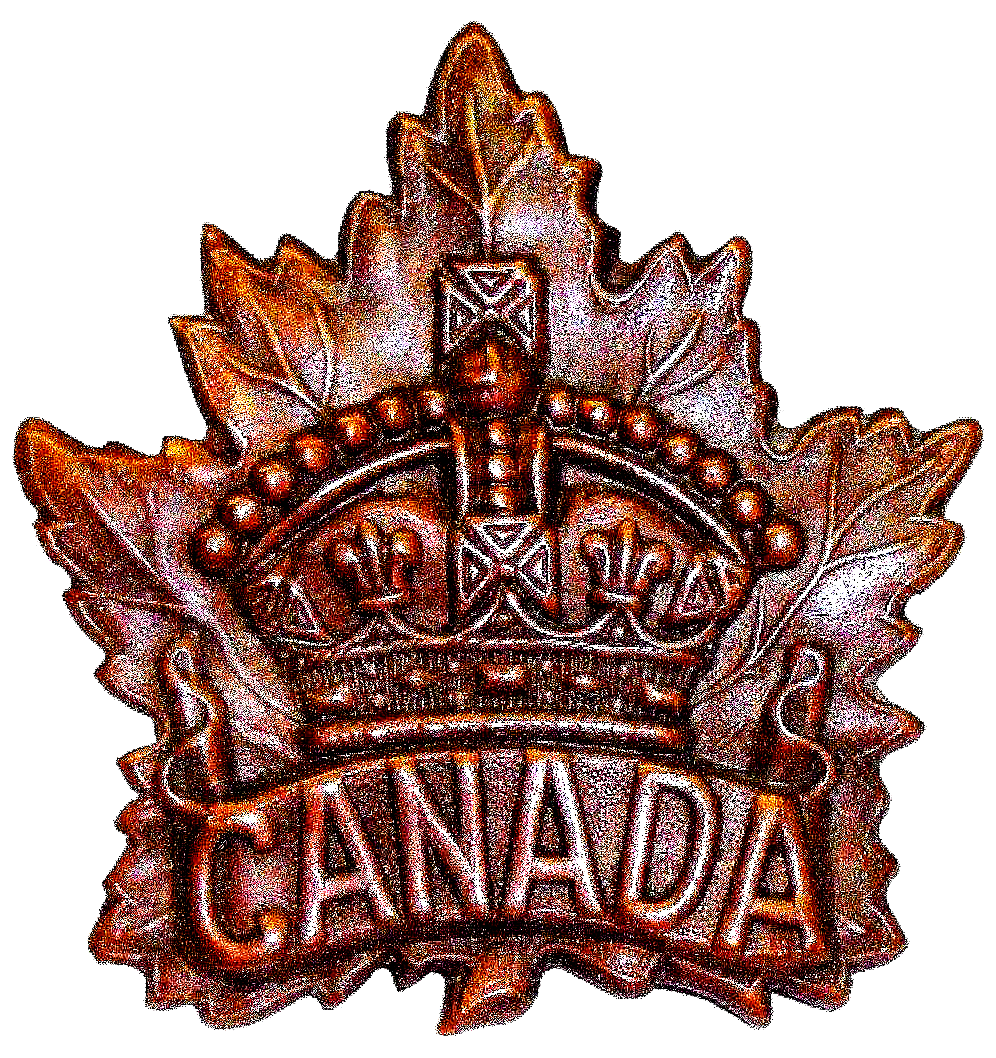
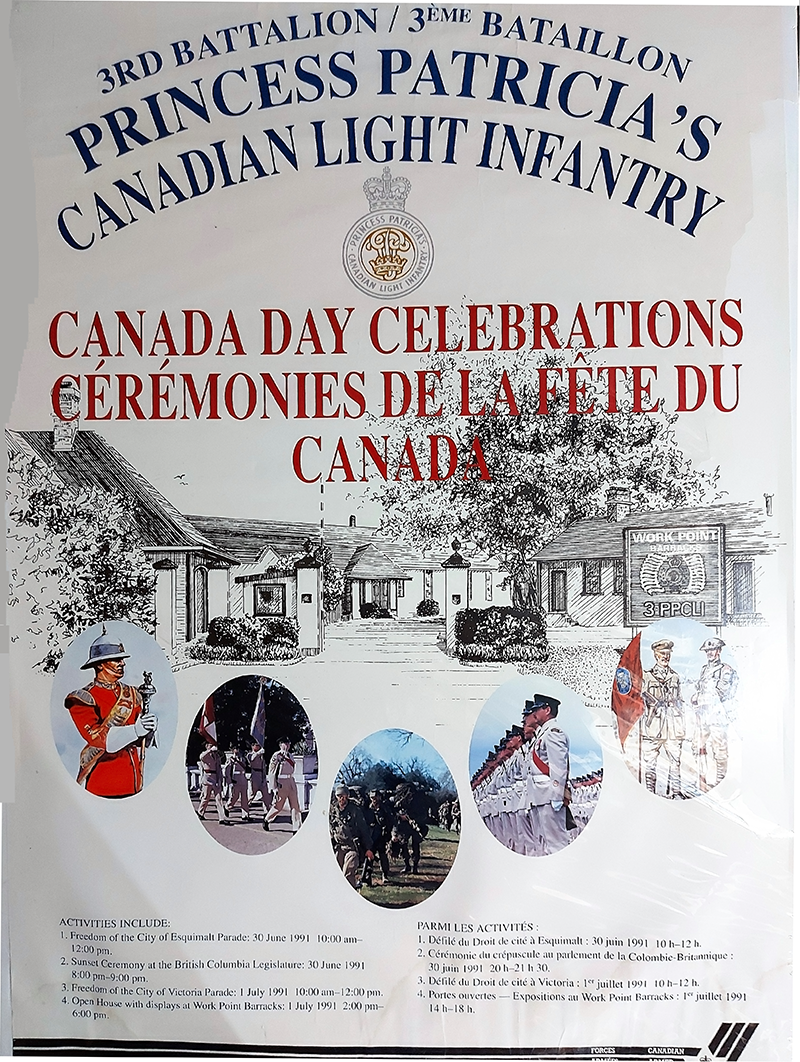
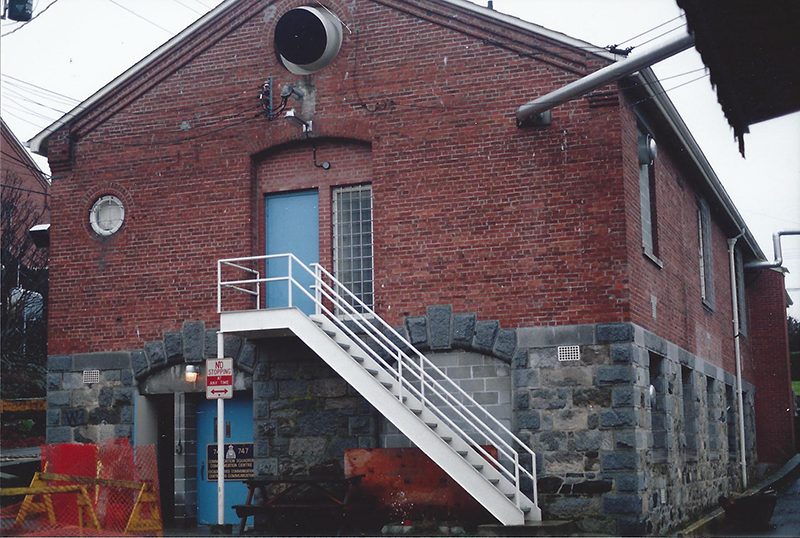
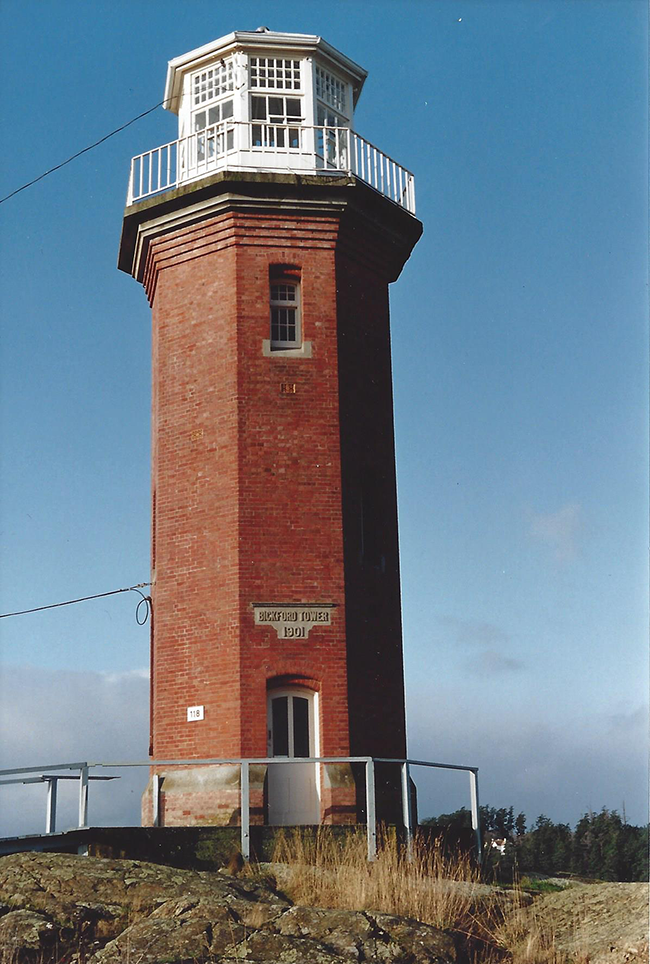
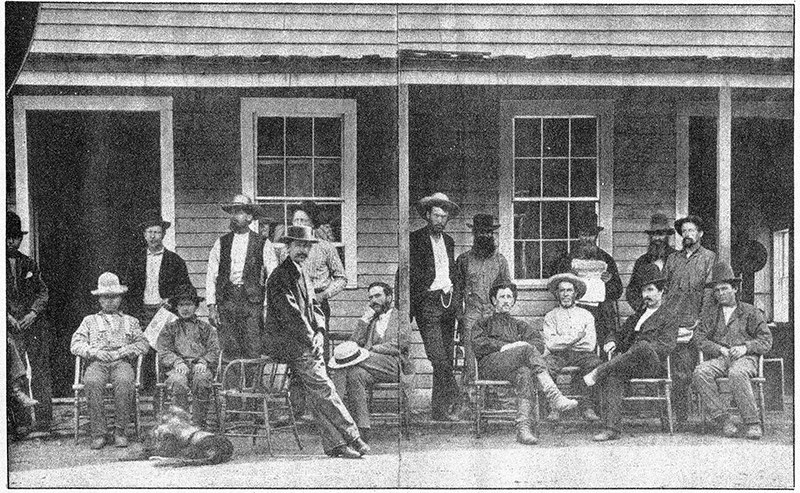
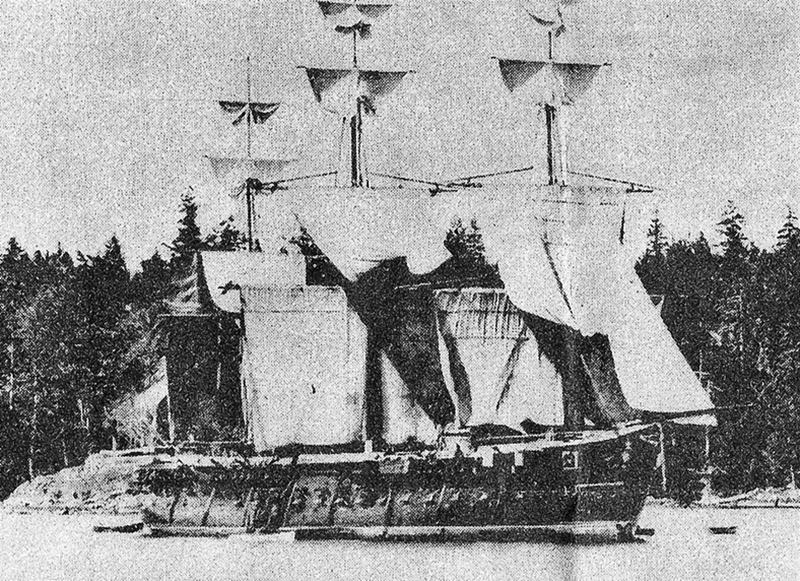
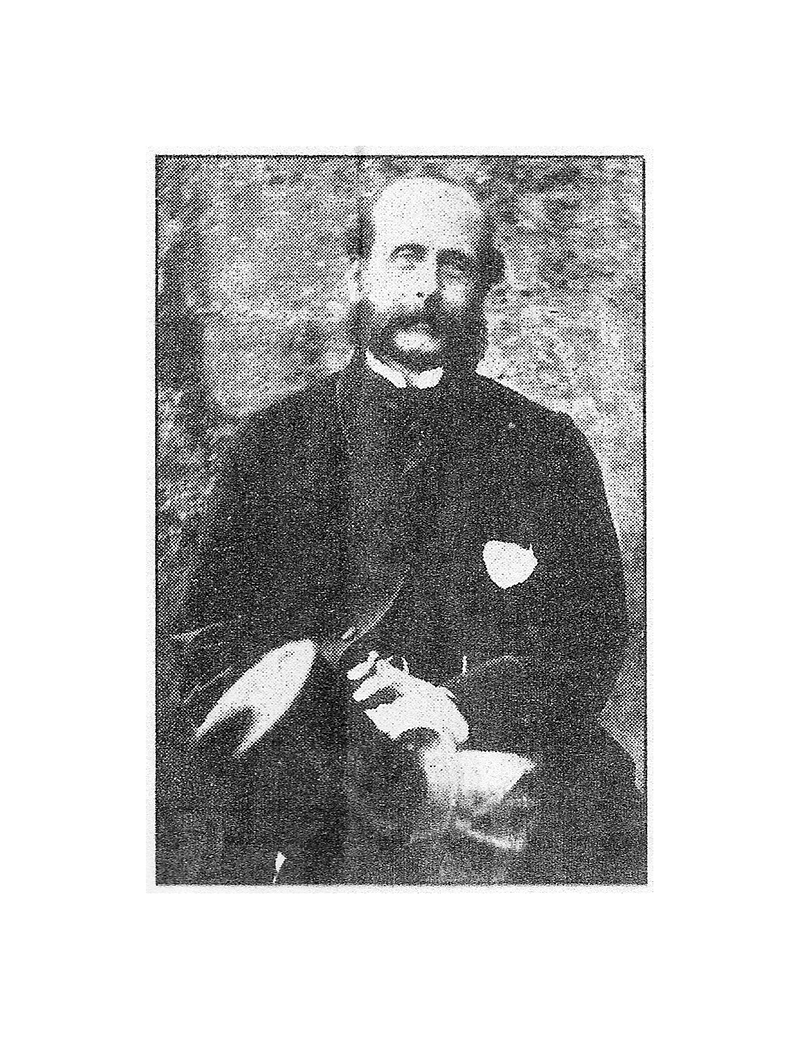
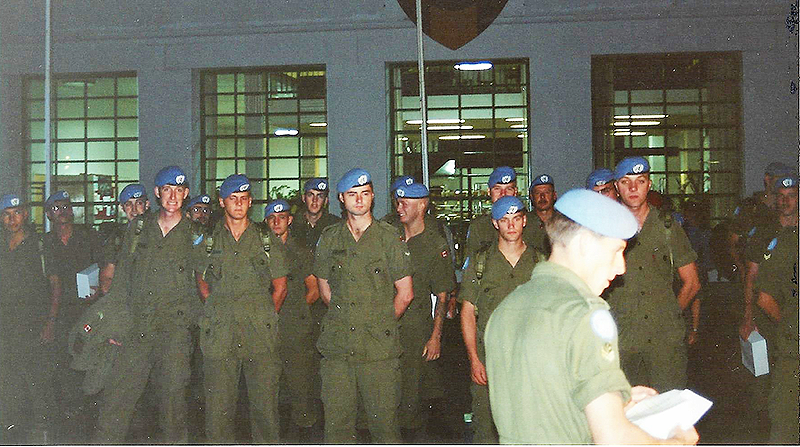
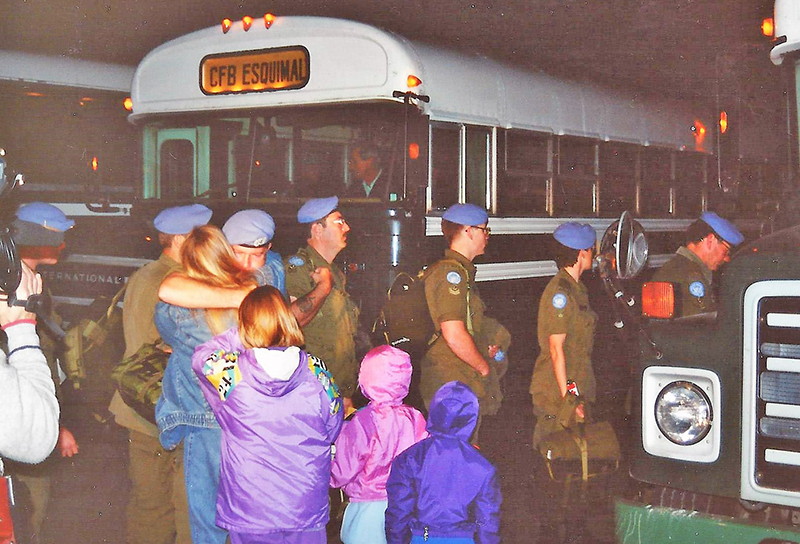
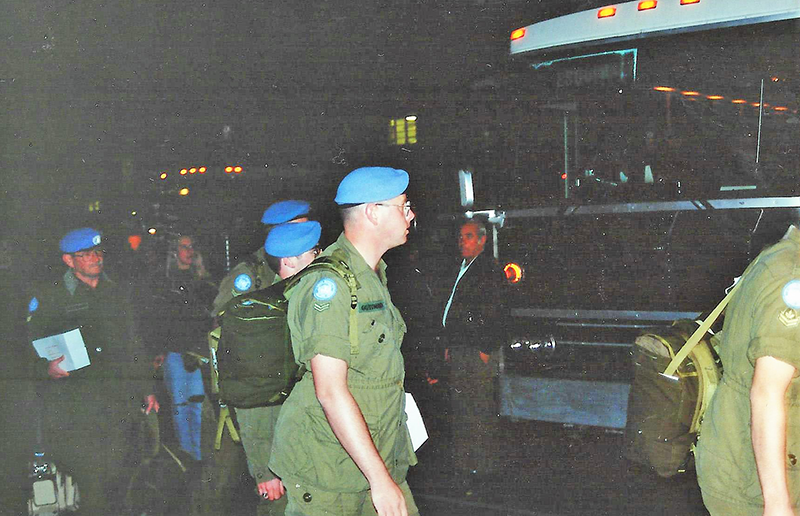
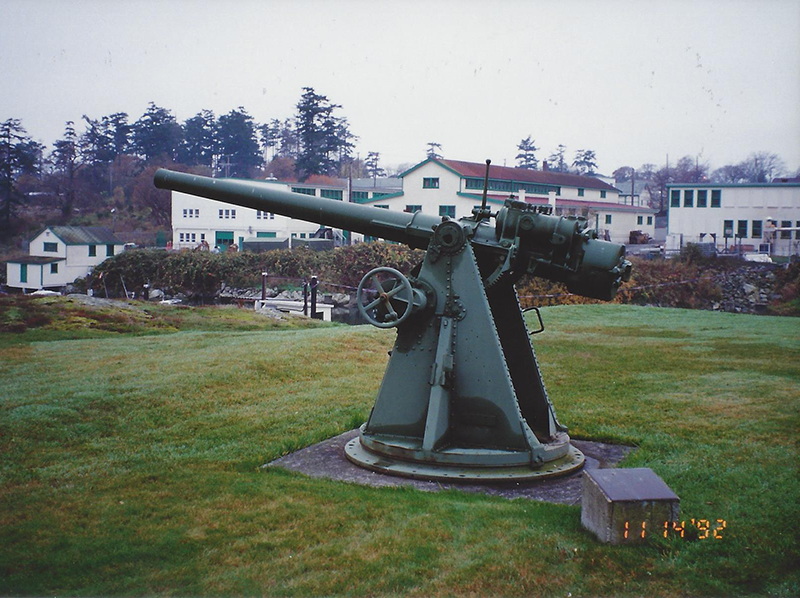
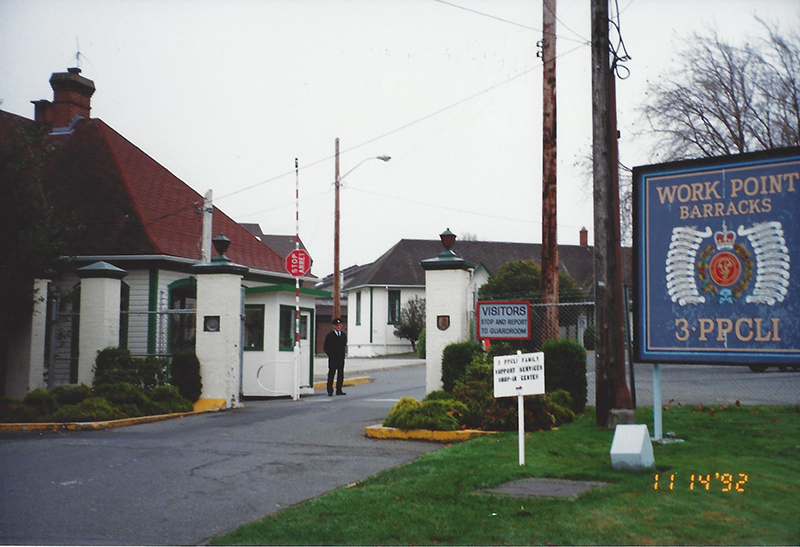
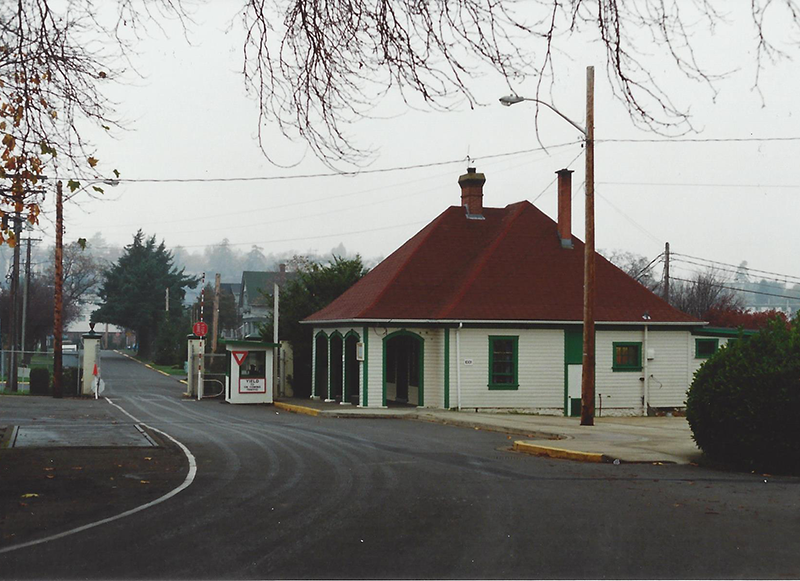
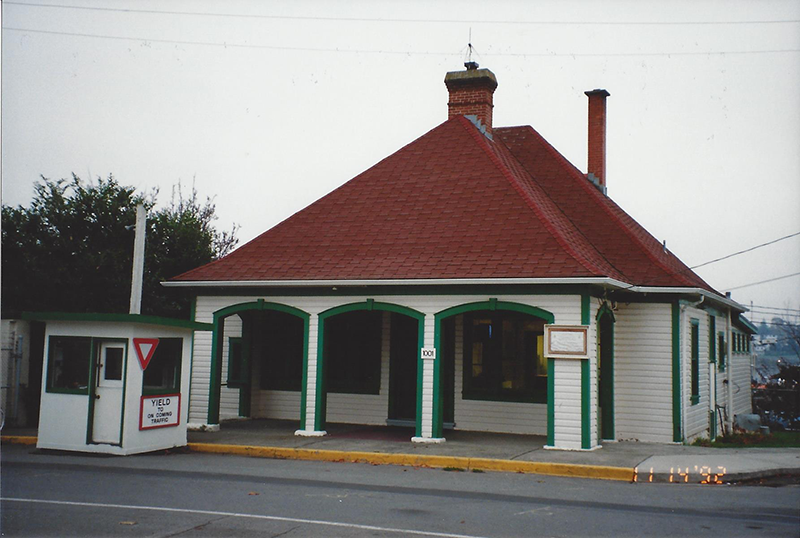
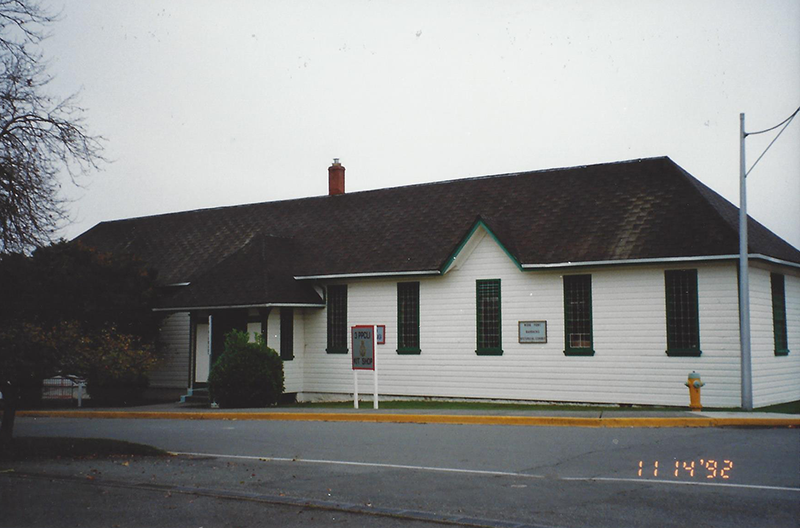
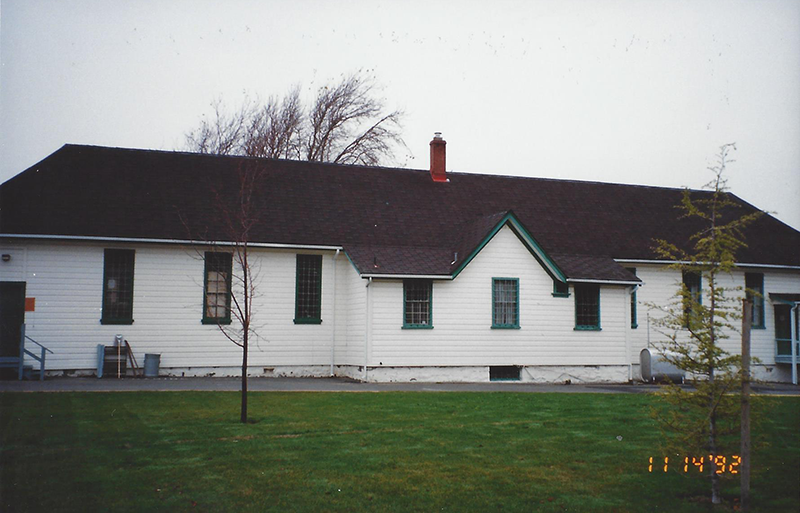
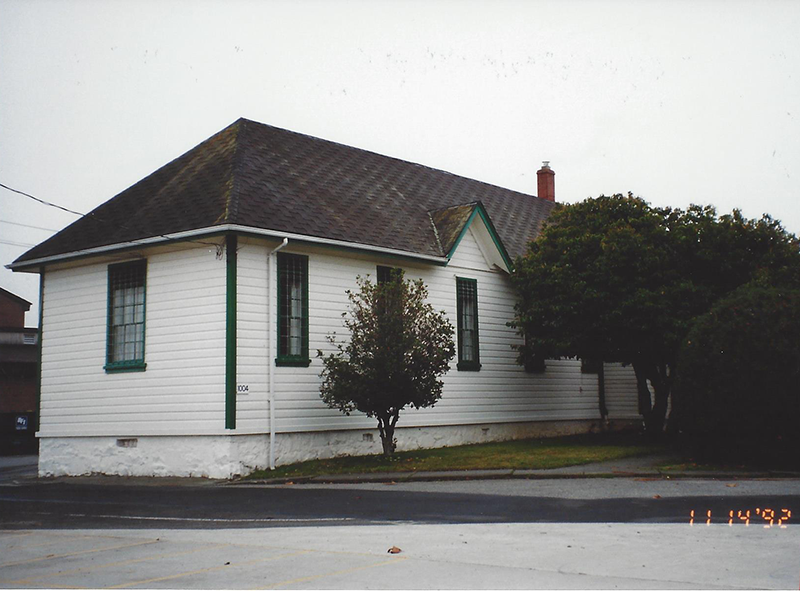
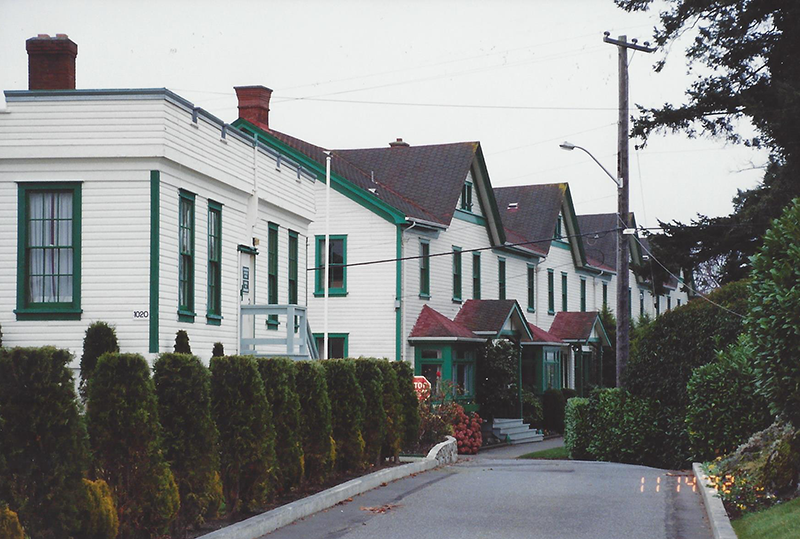
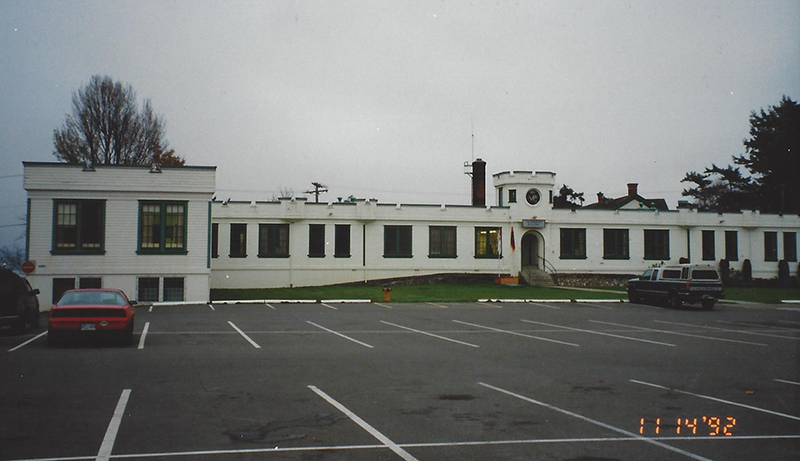
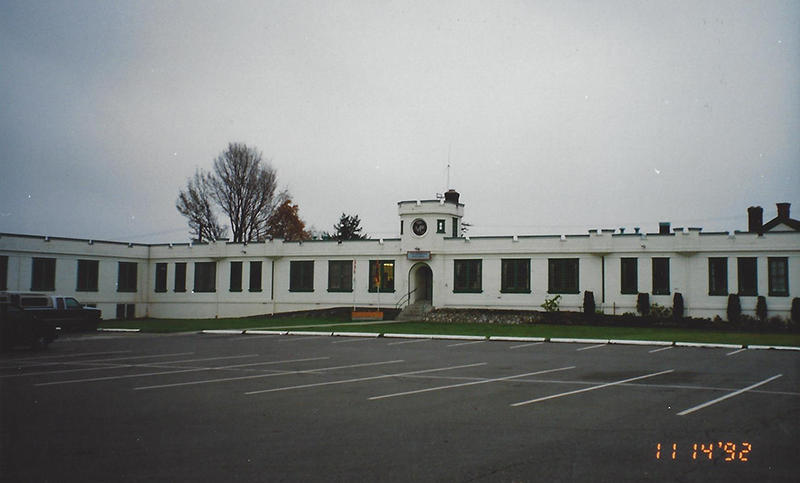
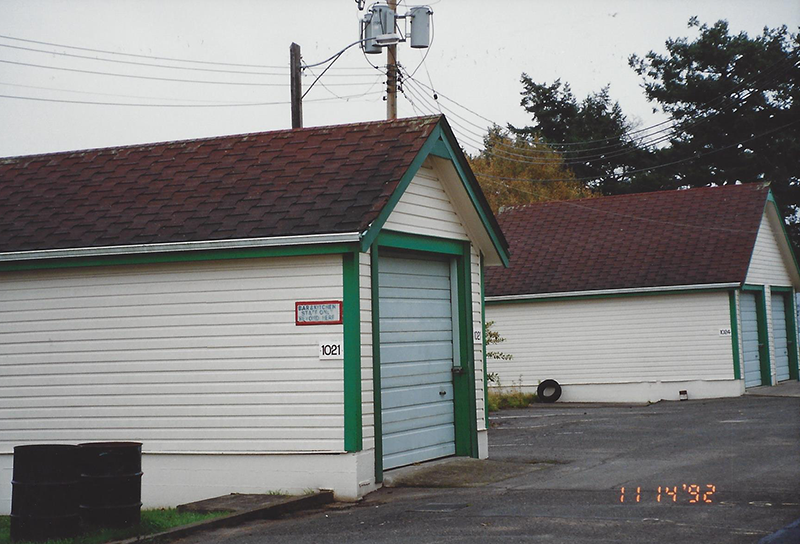
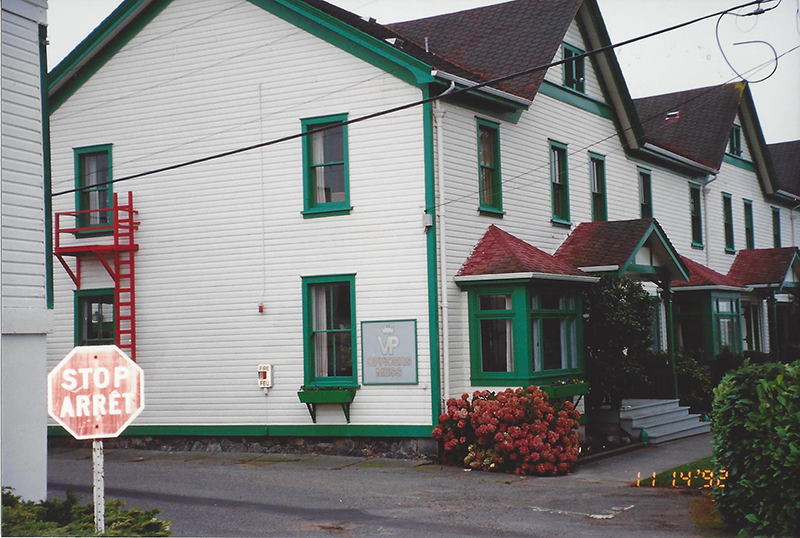
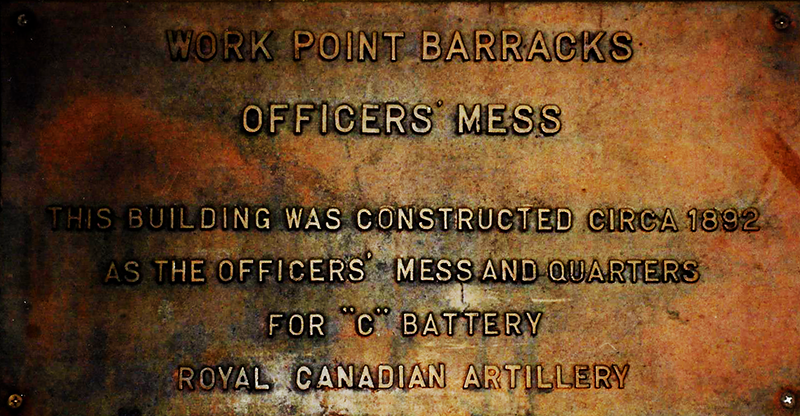
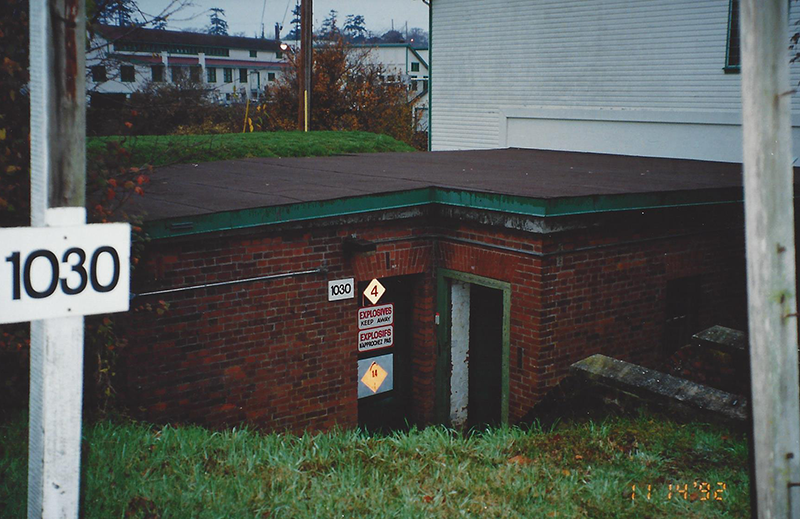
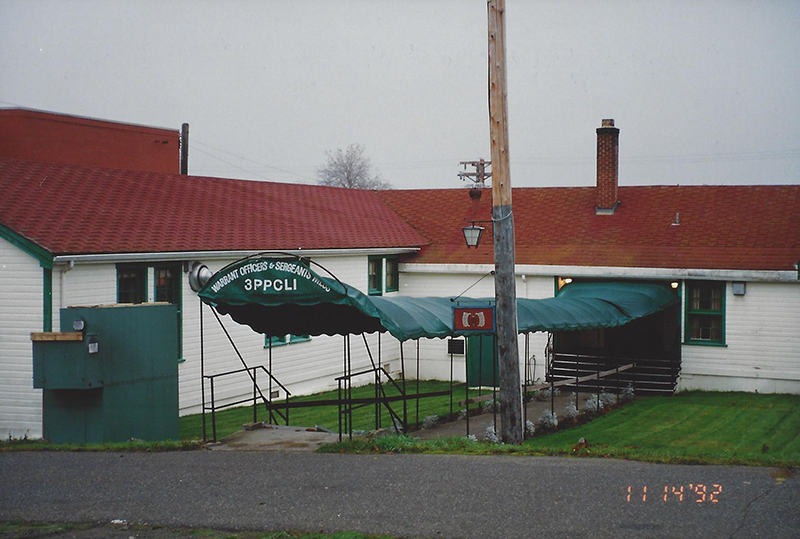
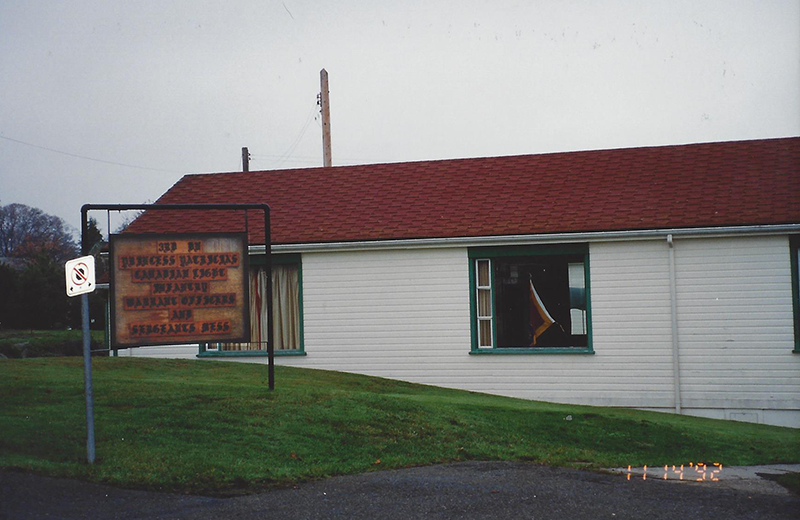
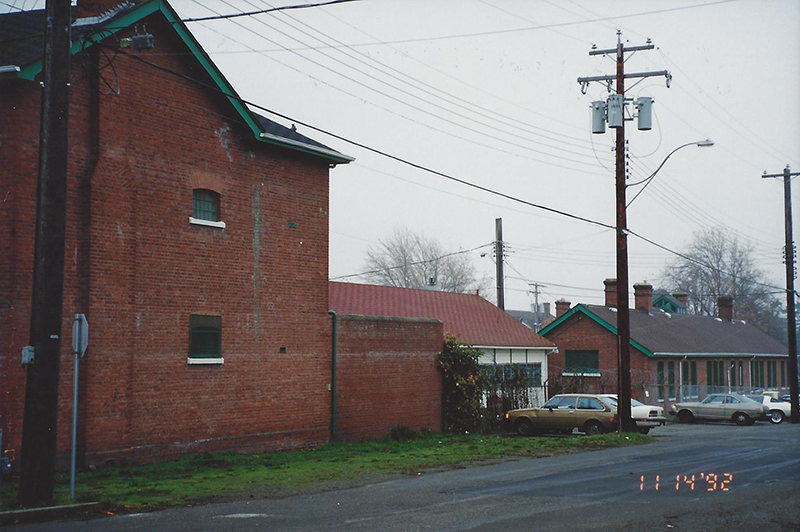
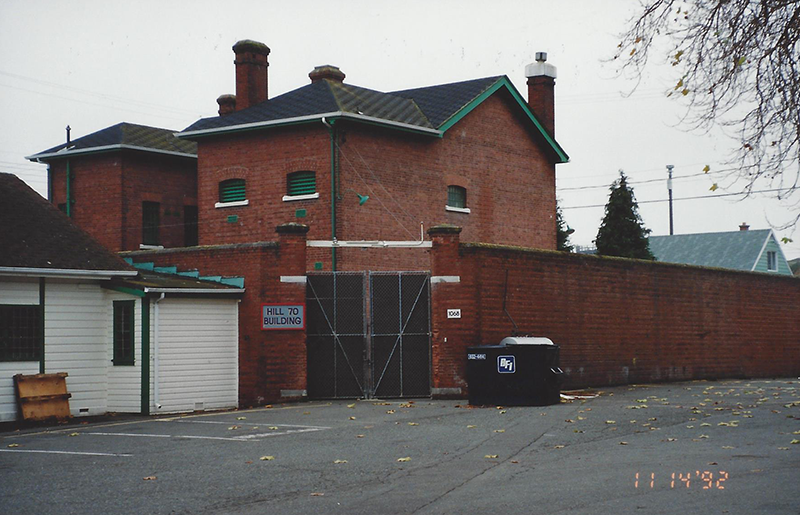

.png)
.png)
.png)
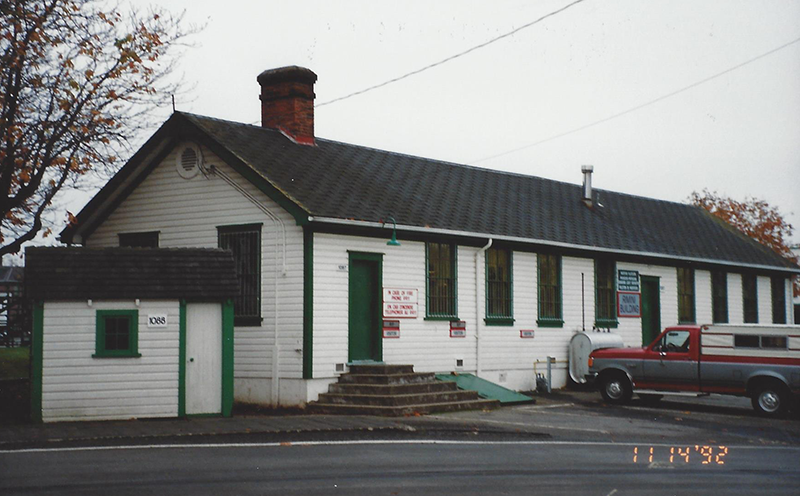
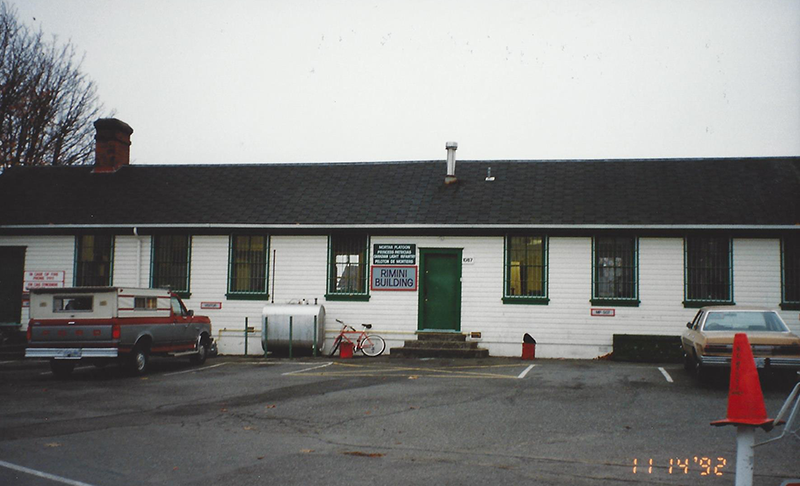
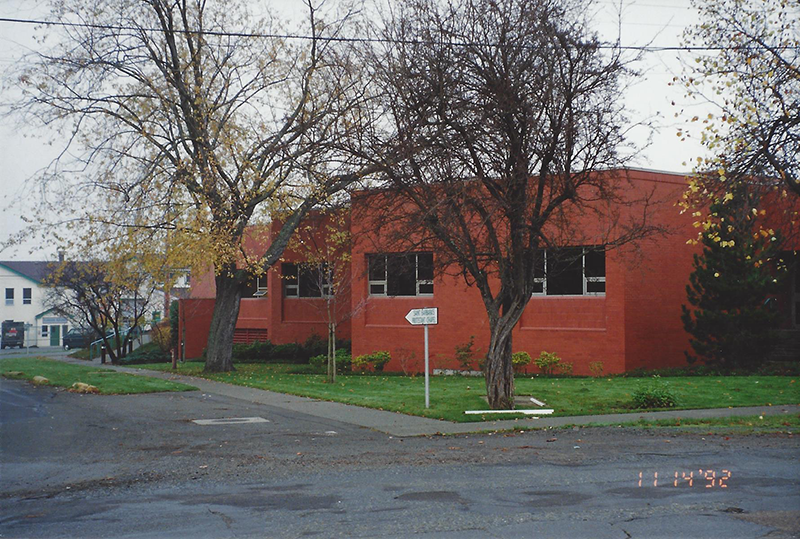
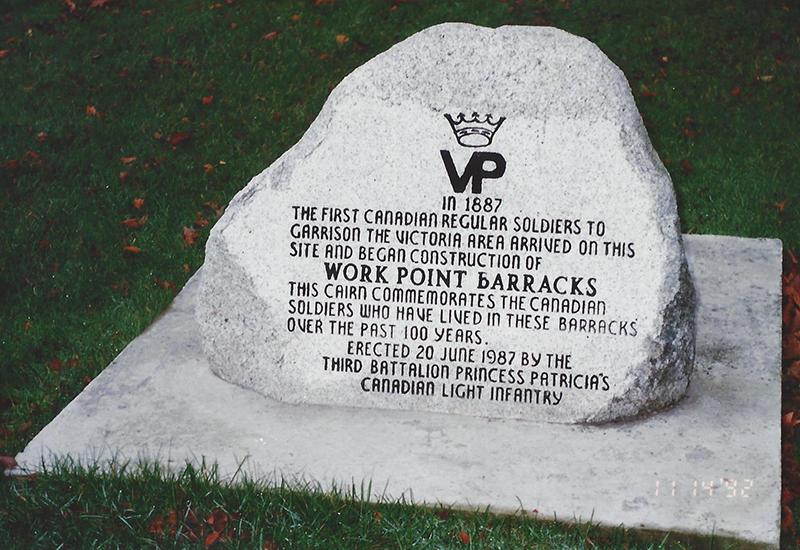
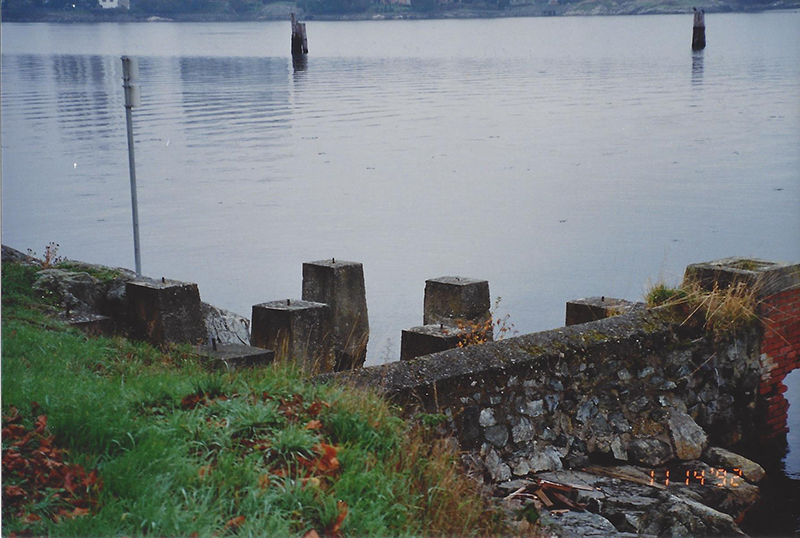
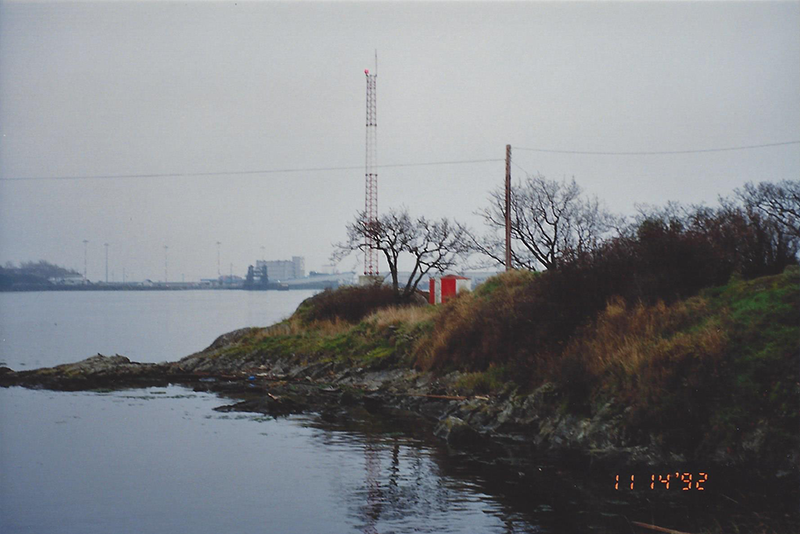
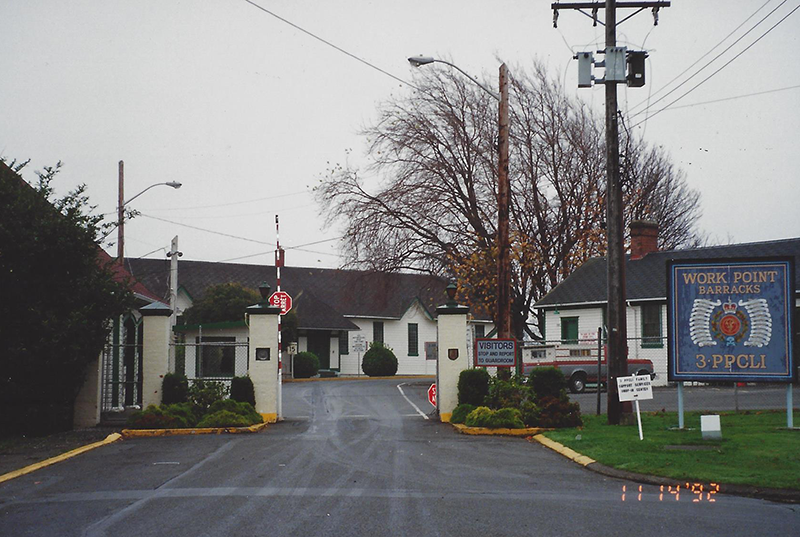
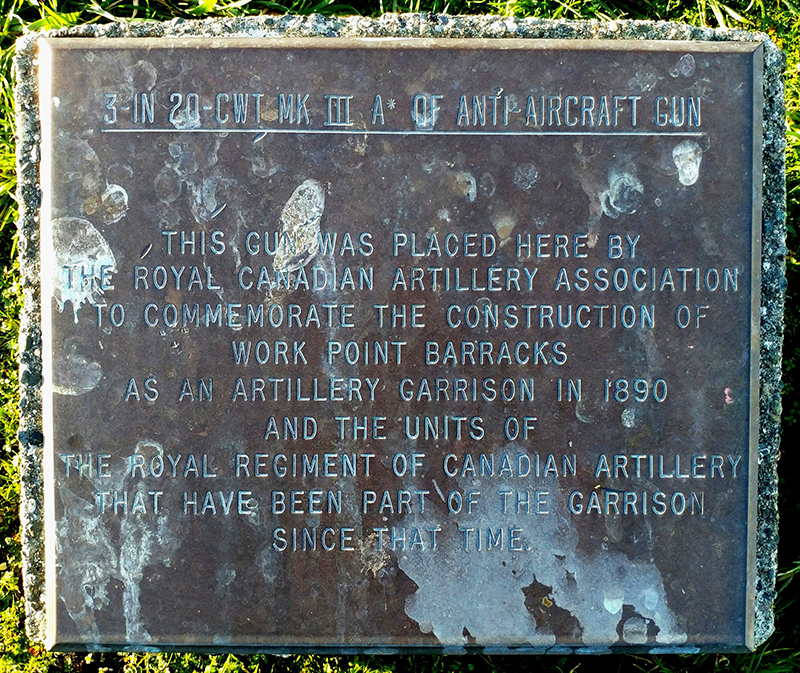
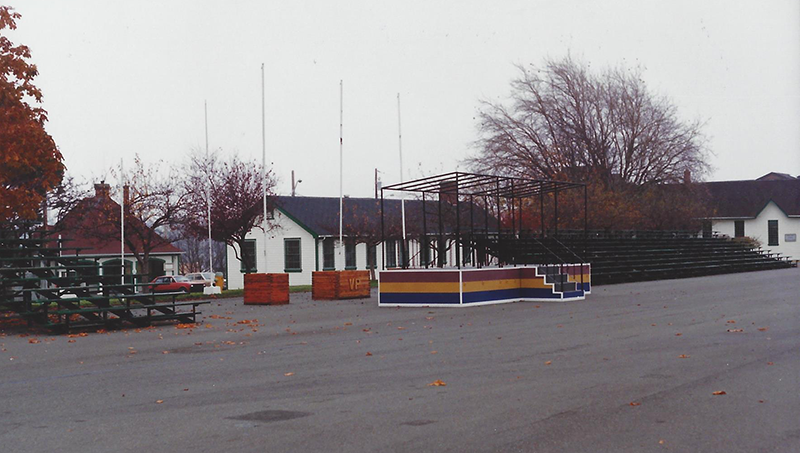
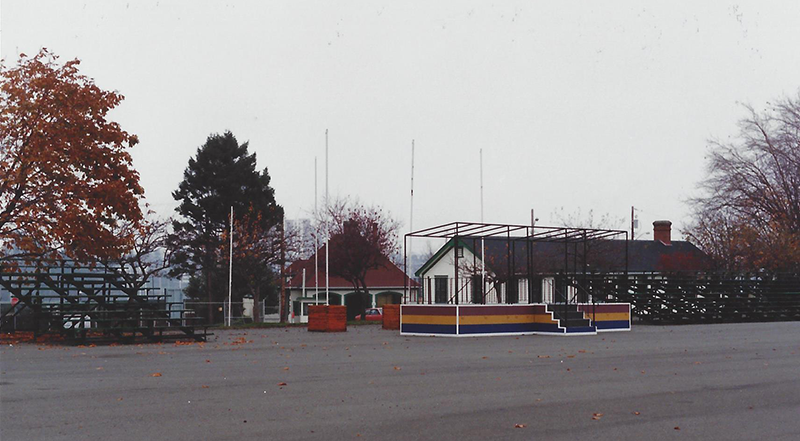
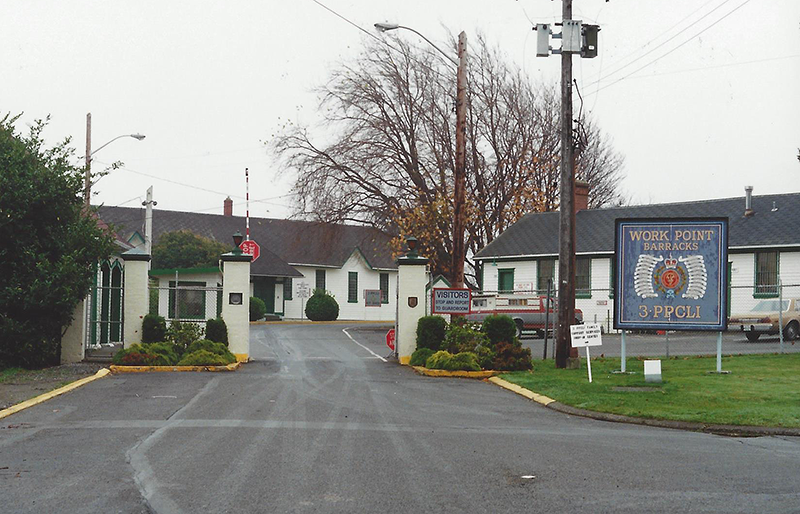
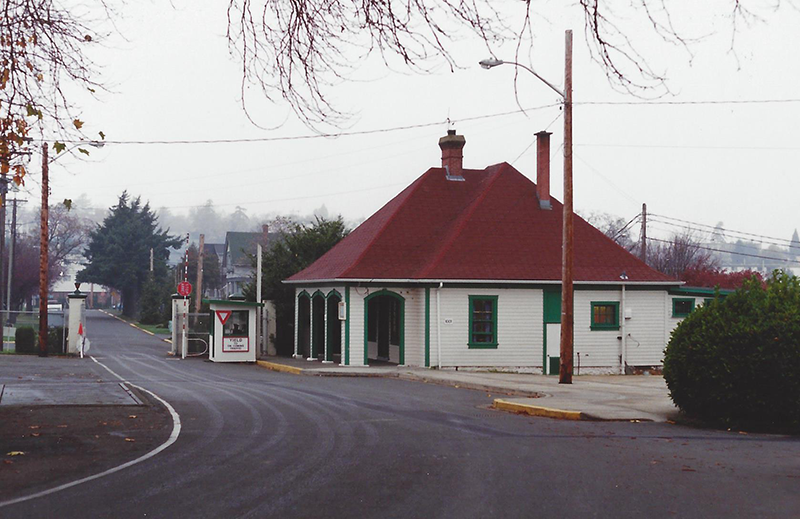
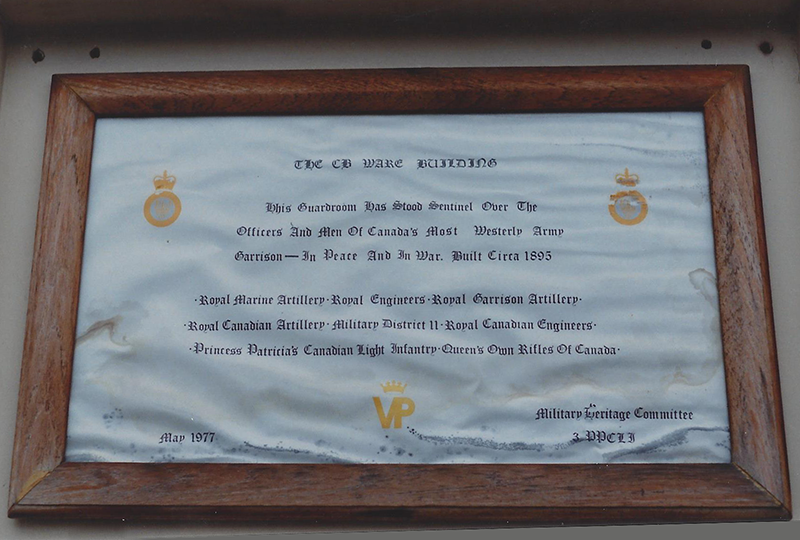
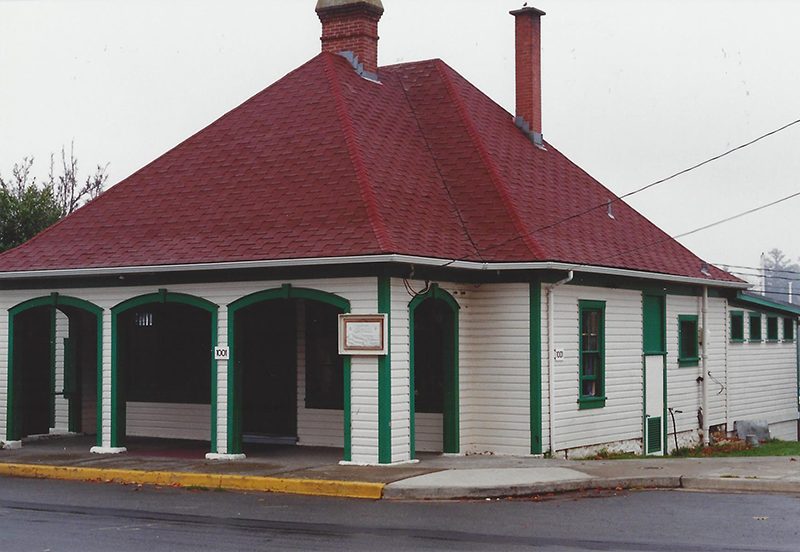
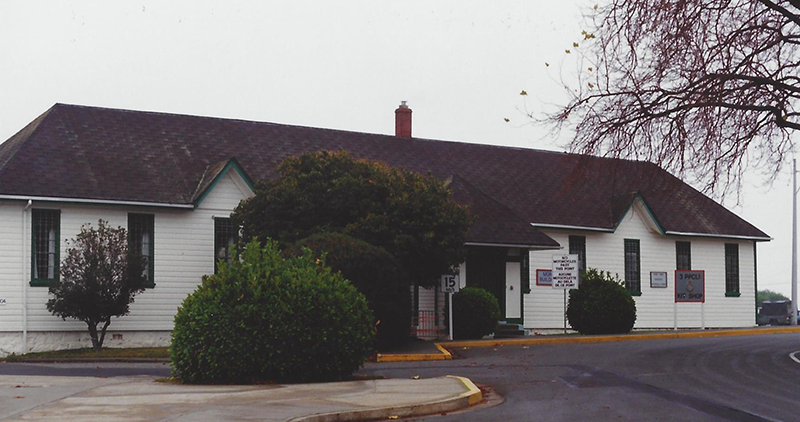
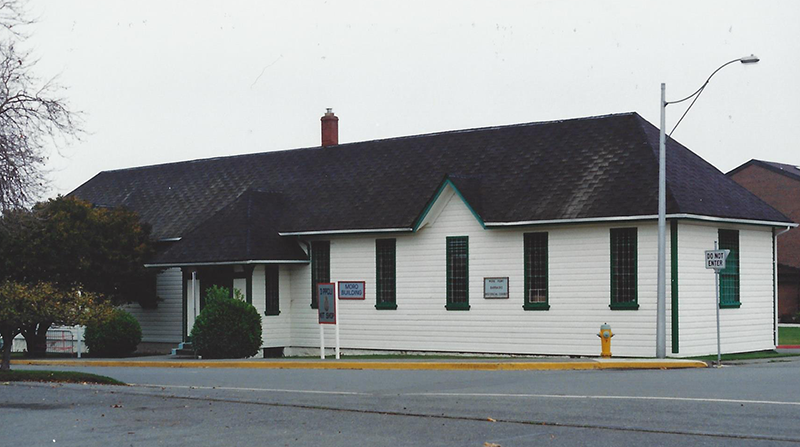
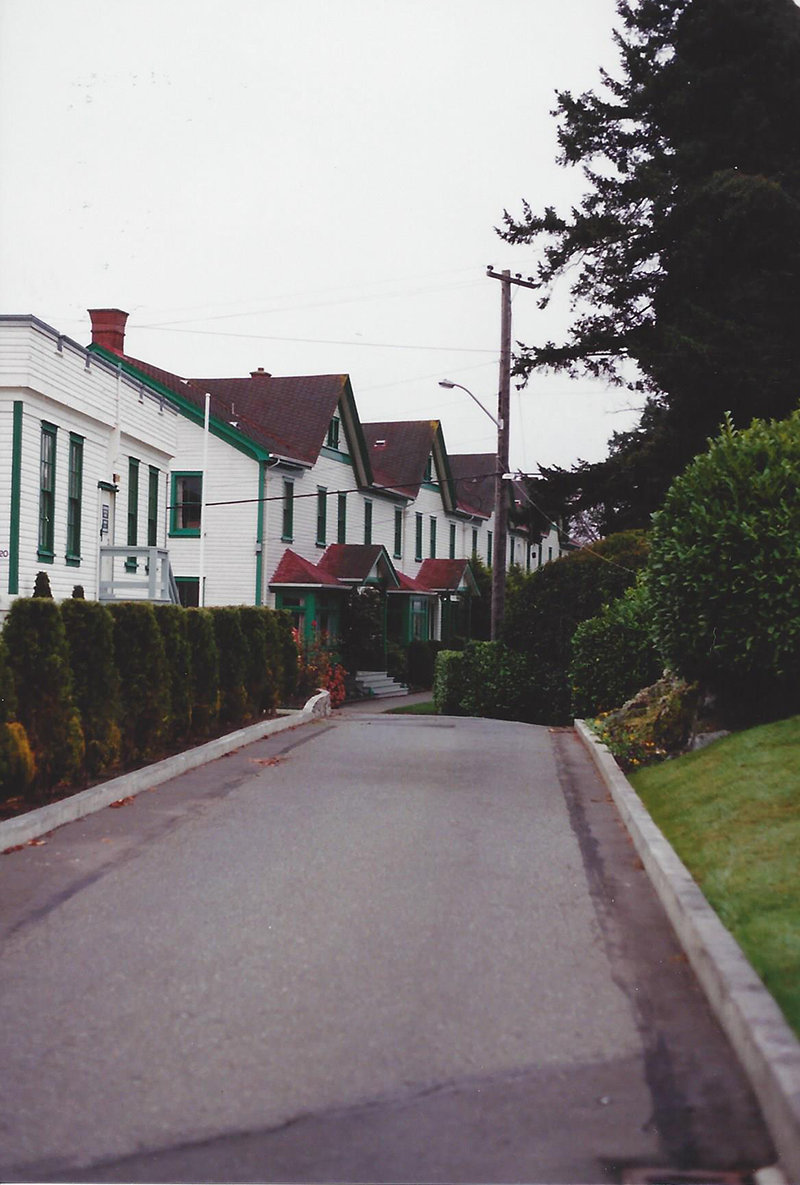
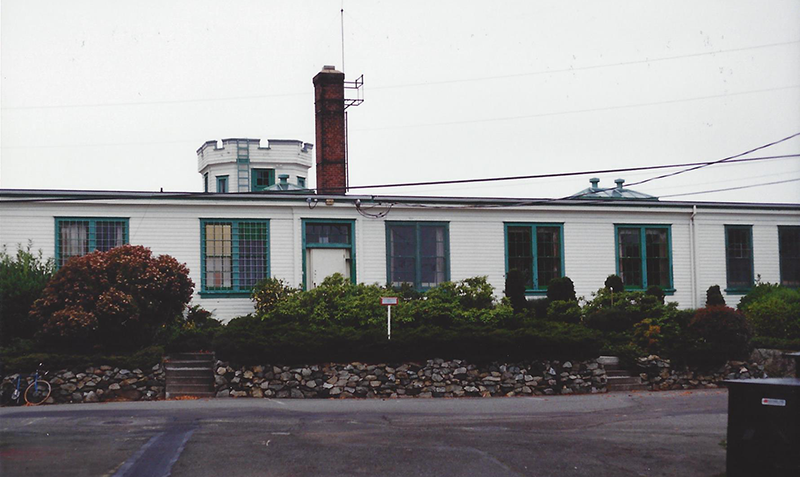
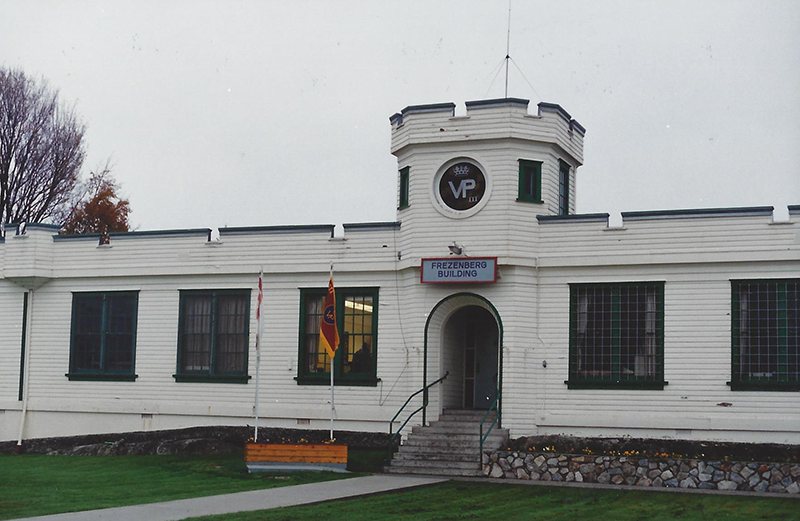
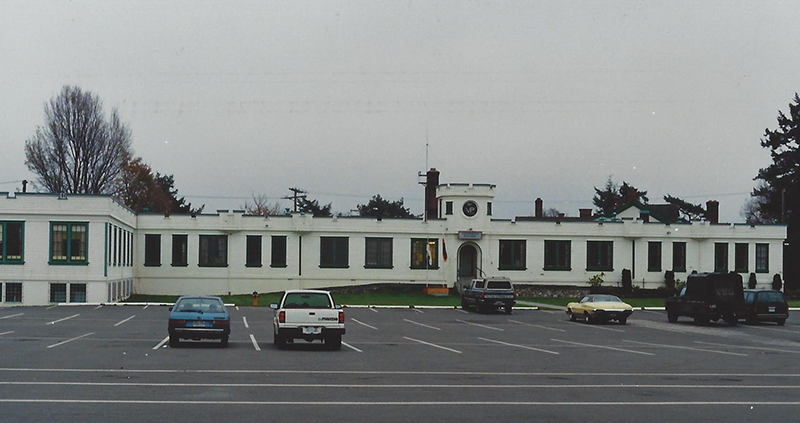
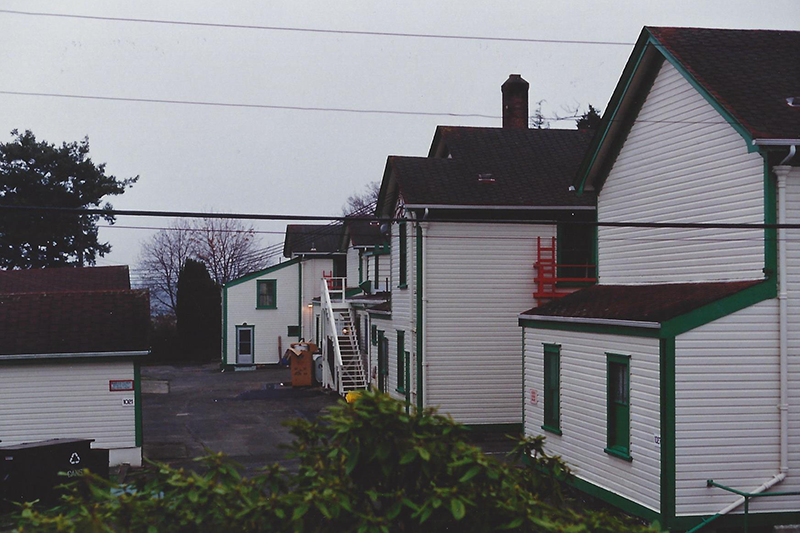
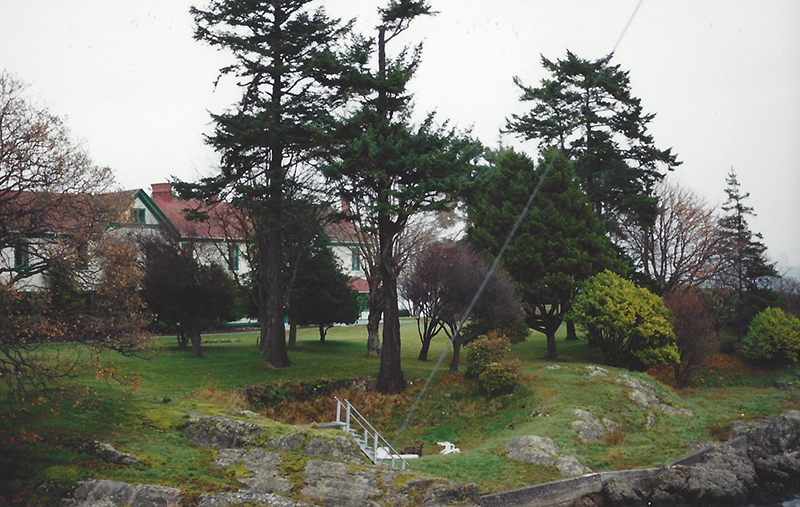
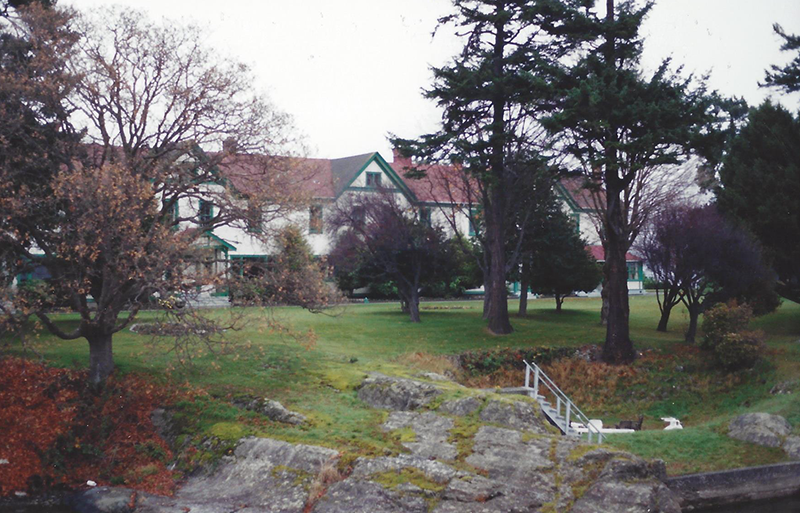
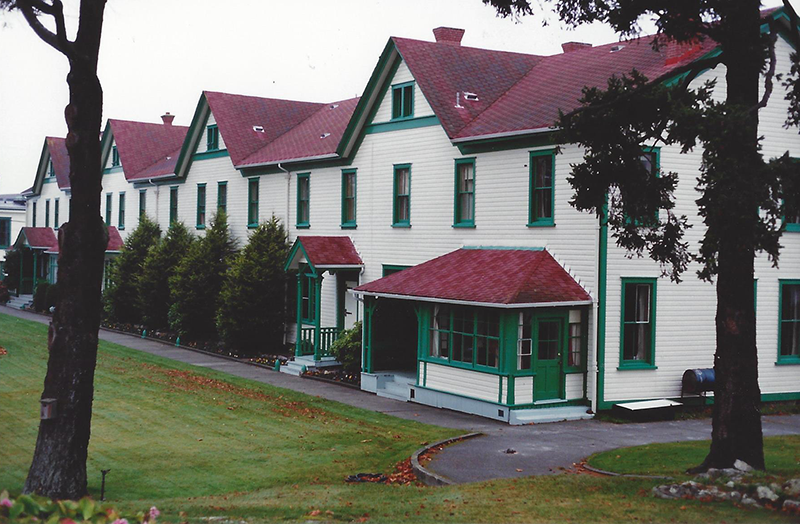
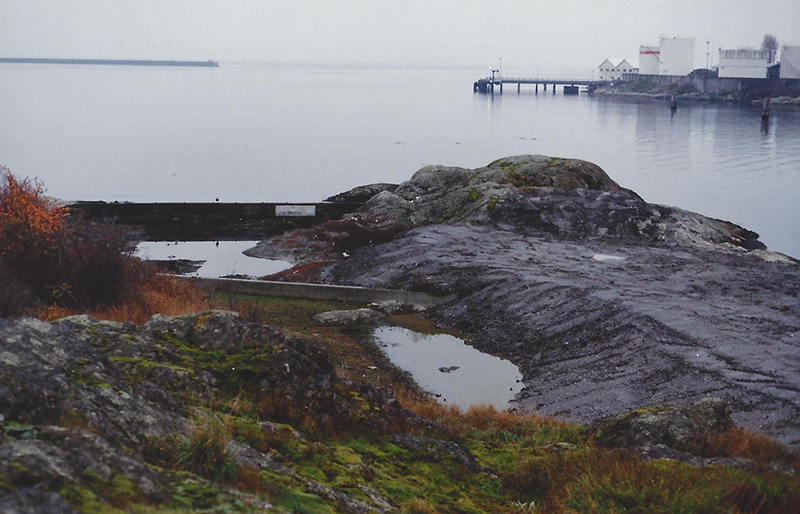
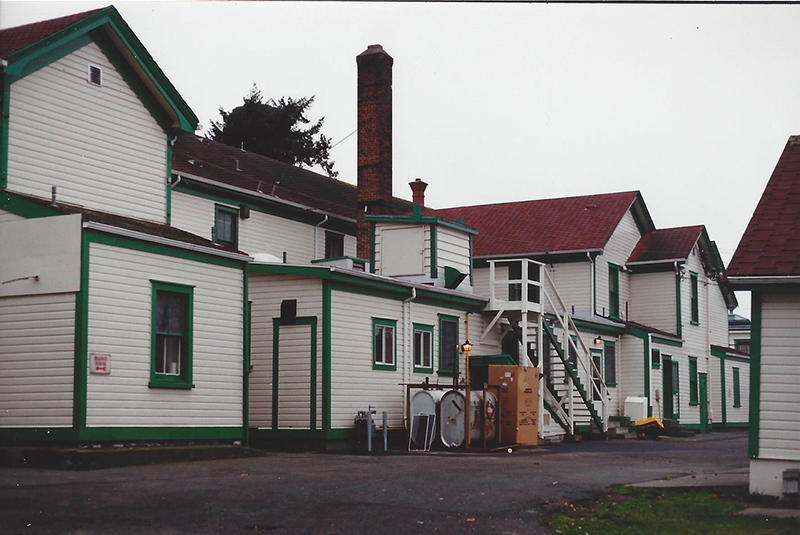
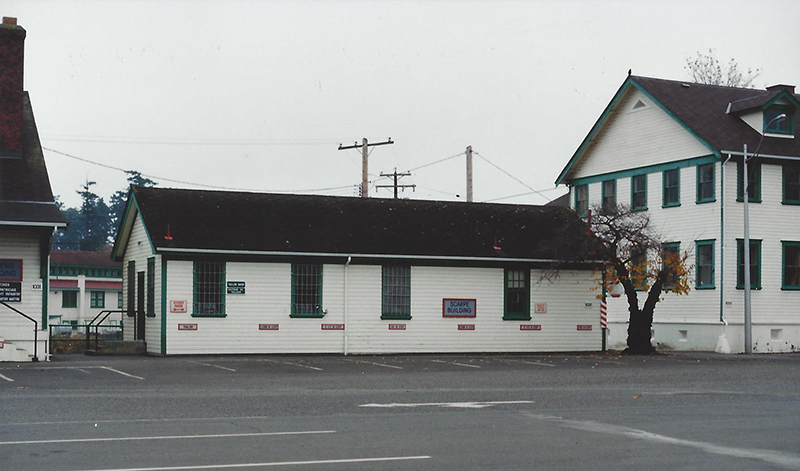
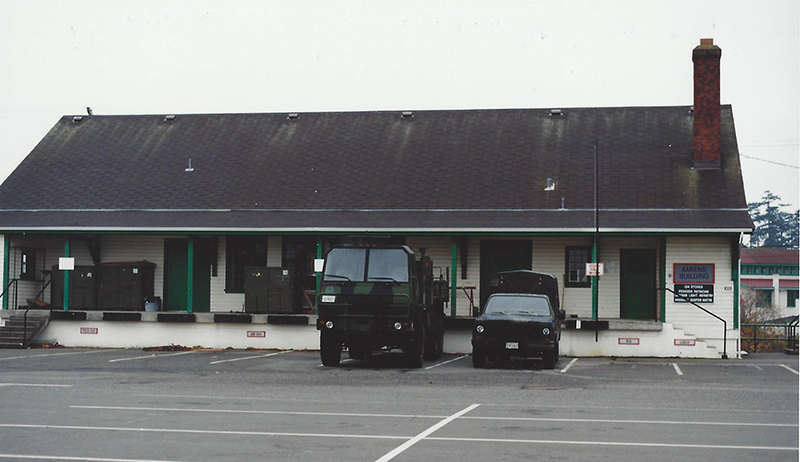
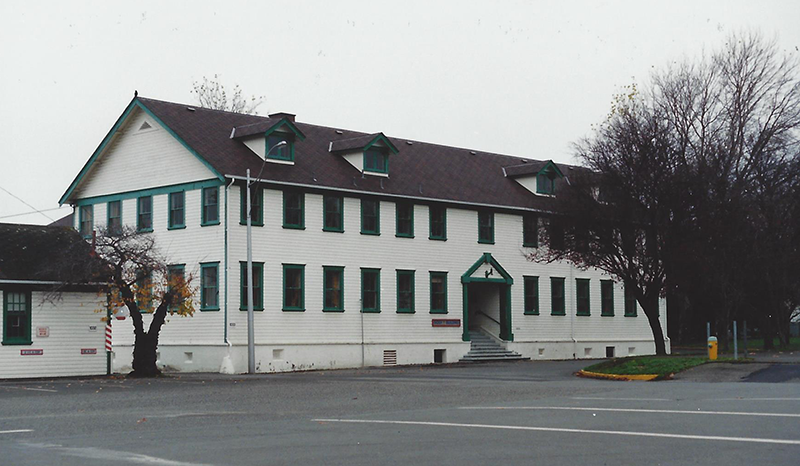
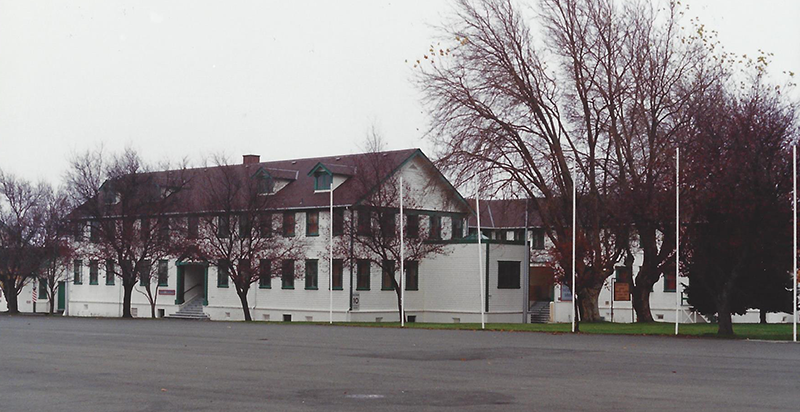
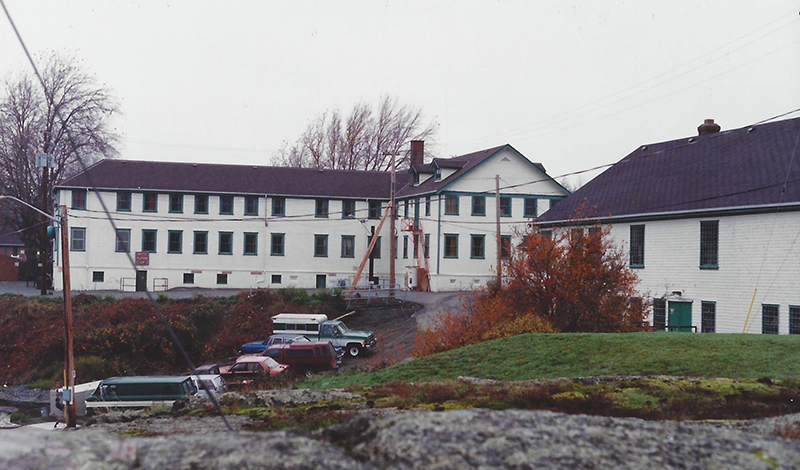
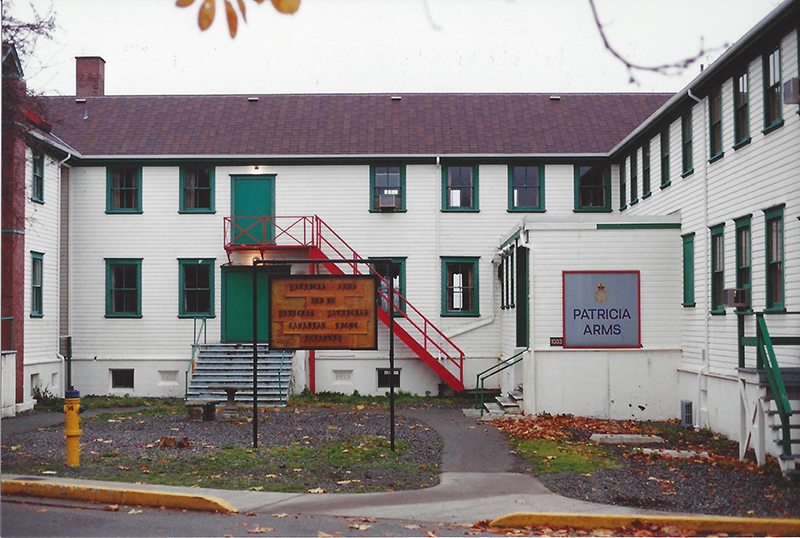
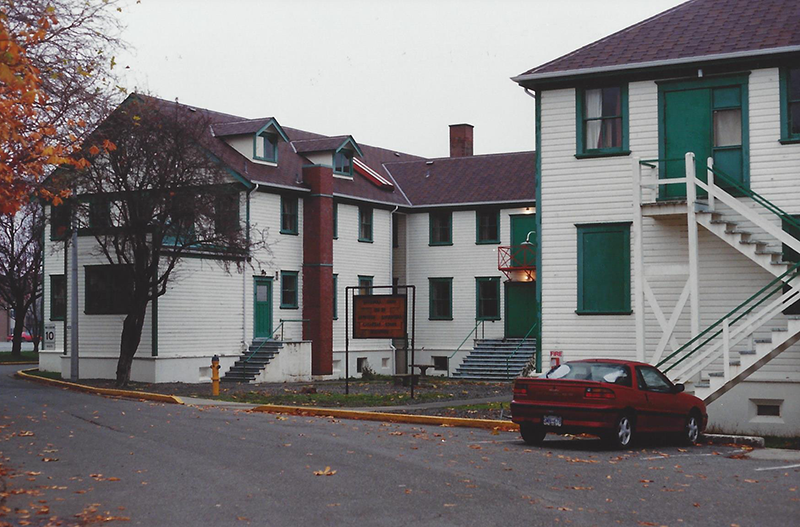
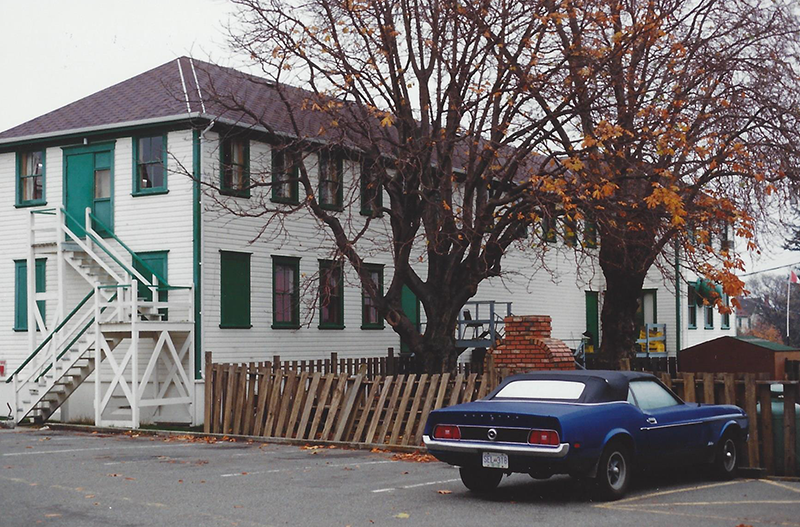
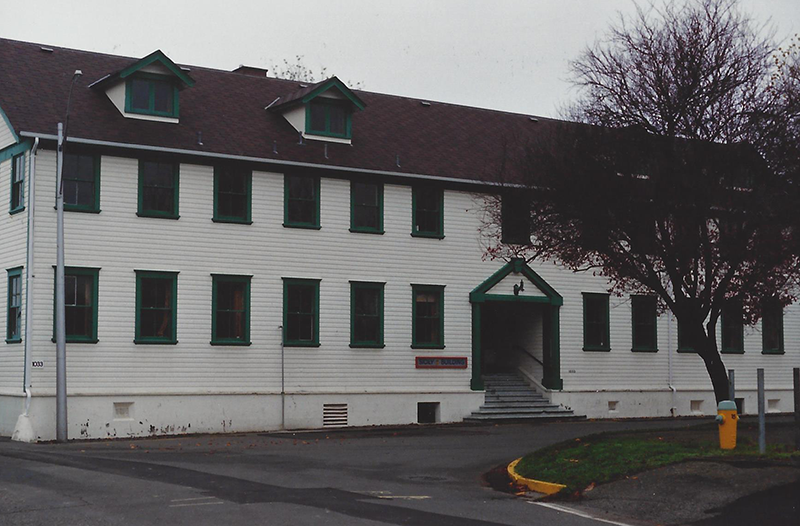
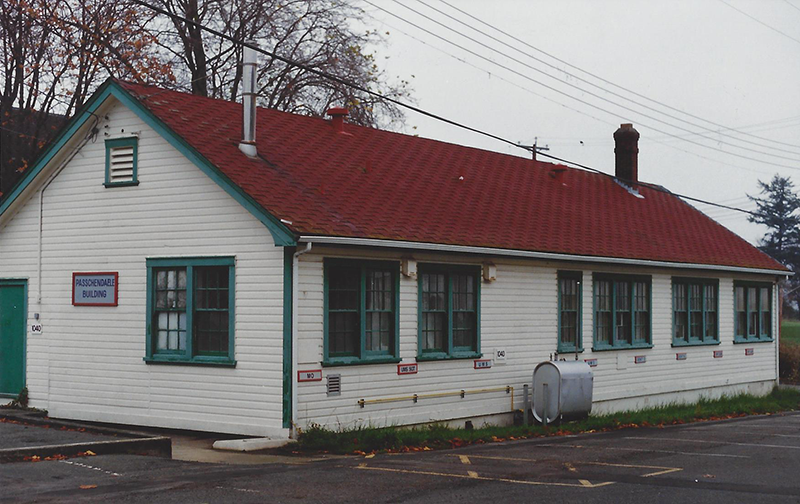
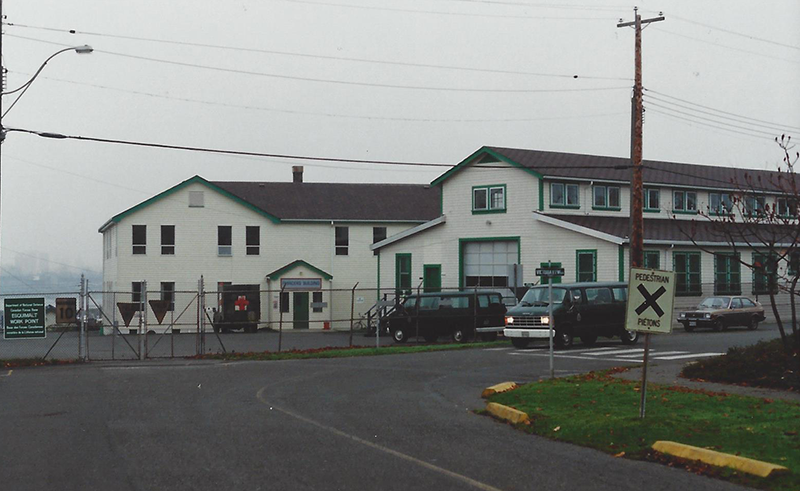
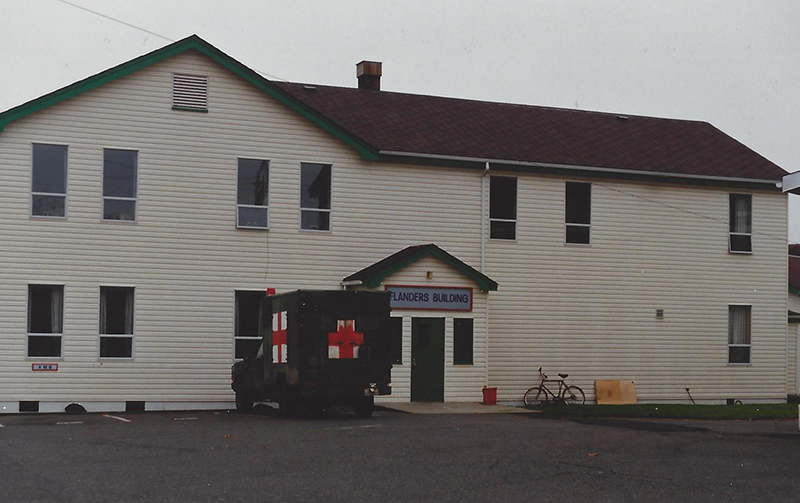
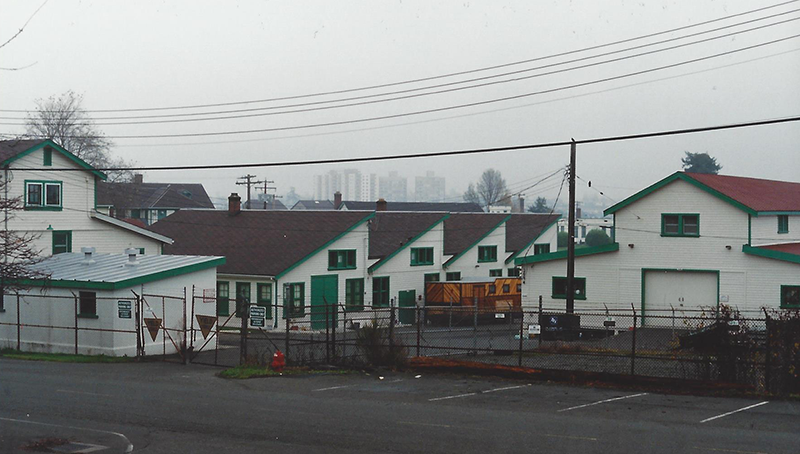
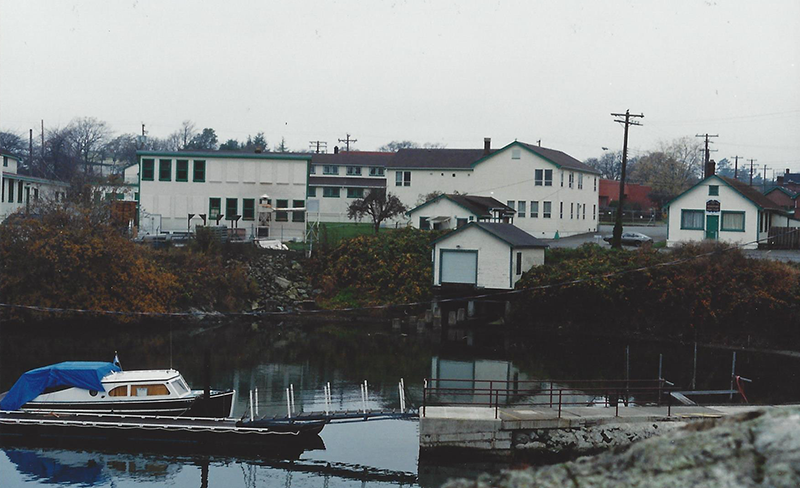
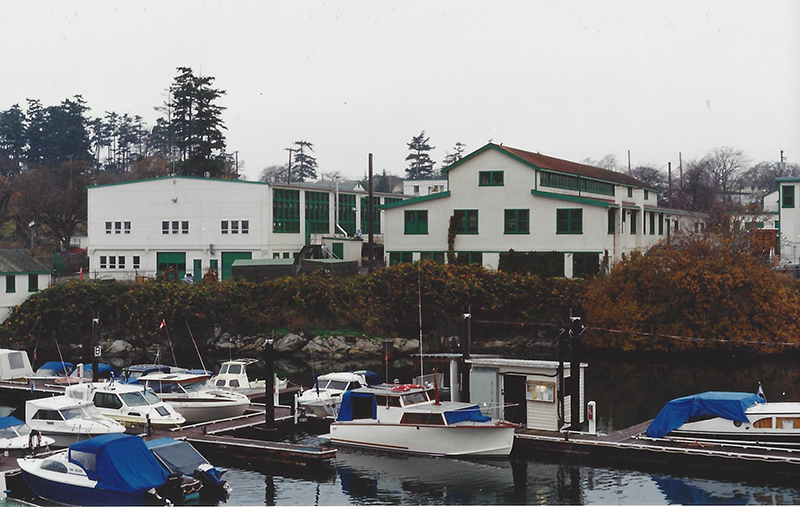
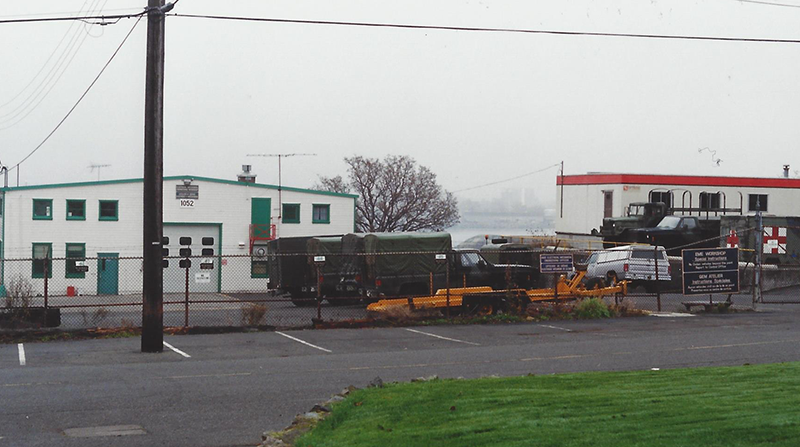
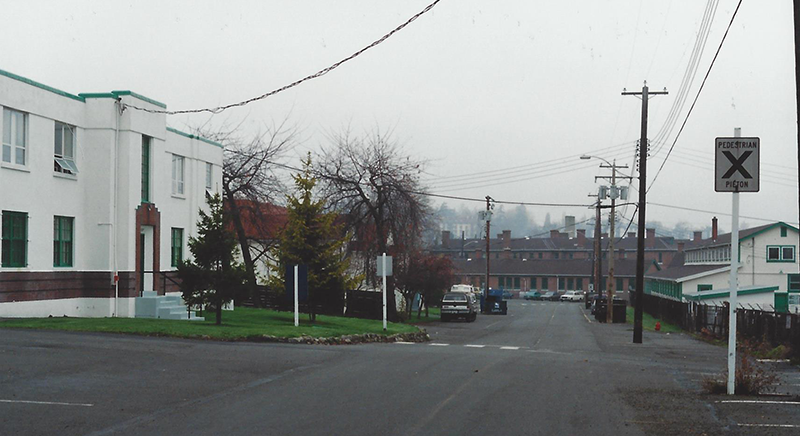
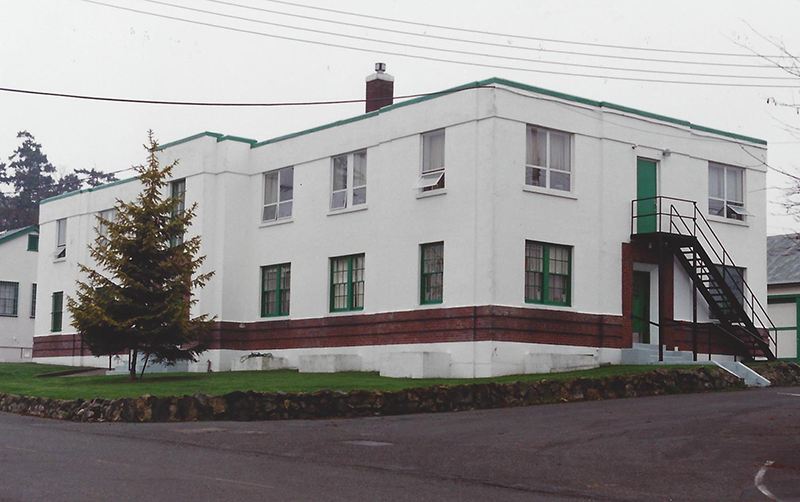
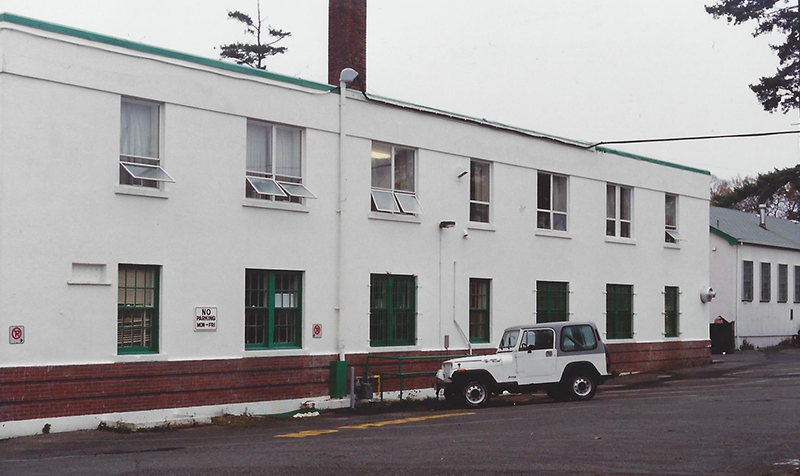
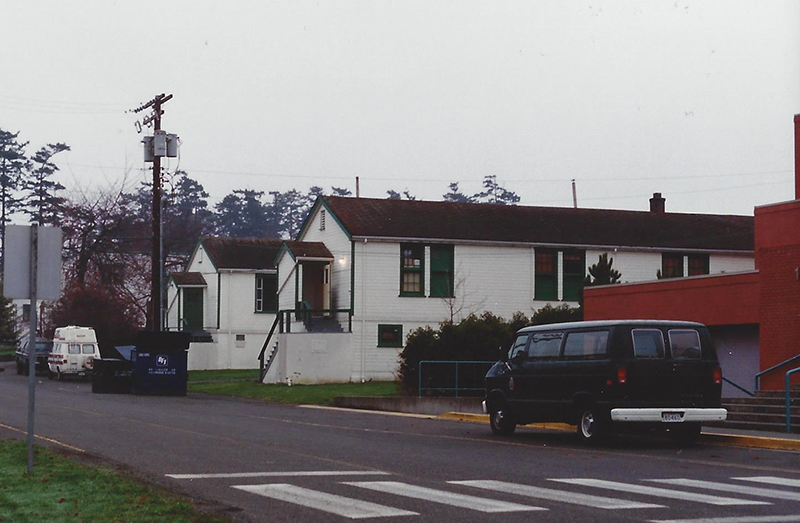
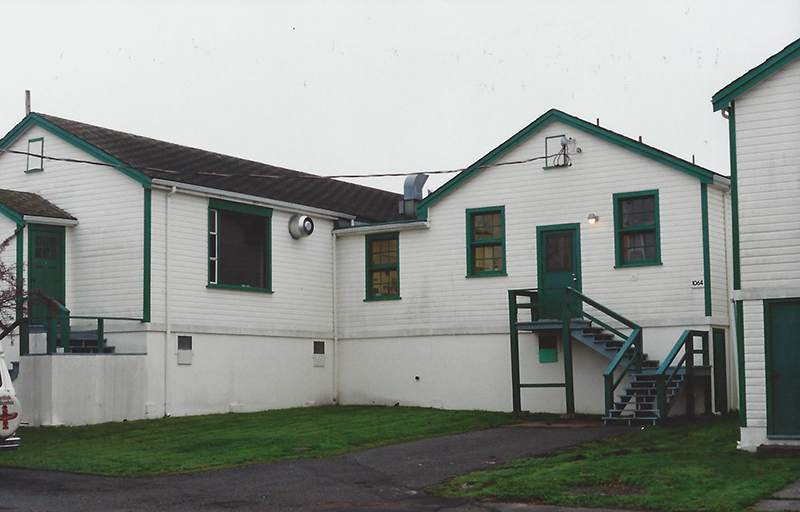
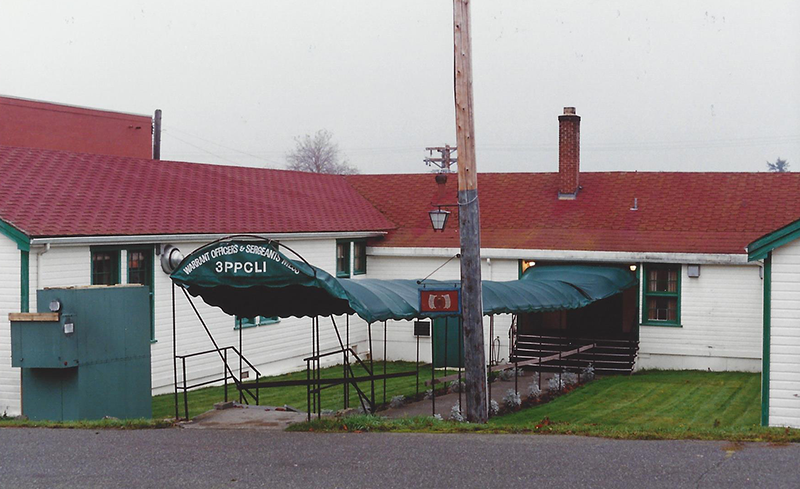
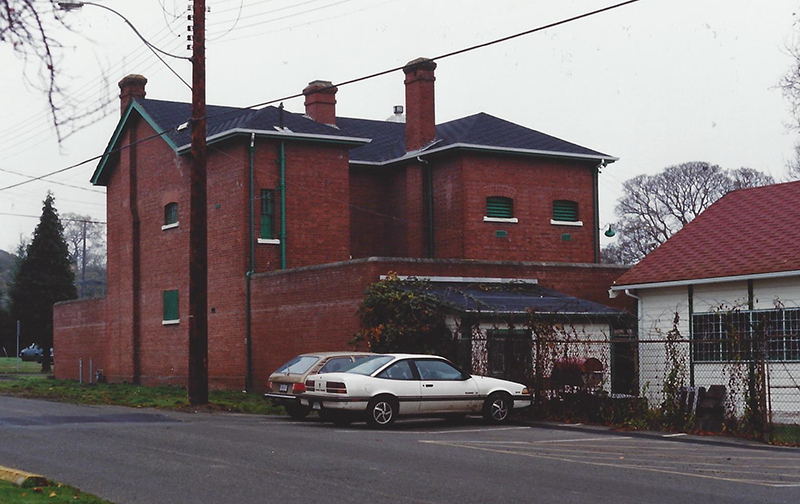
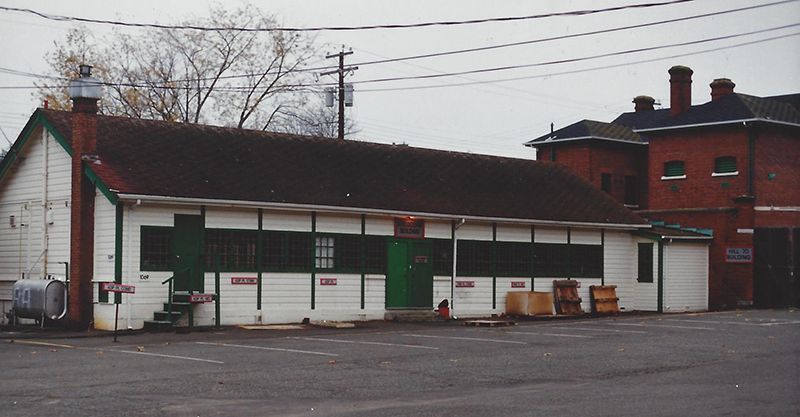
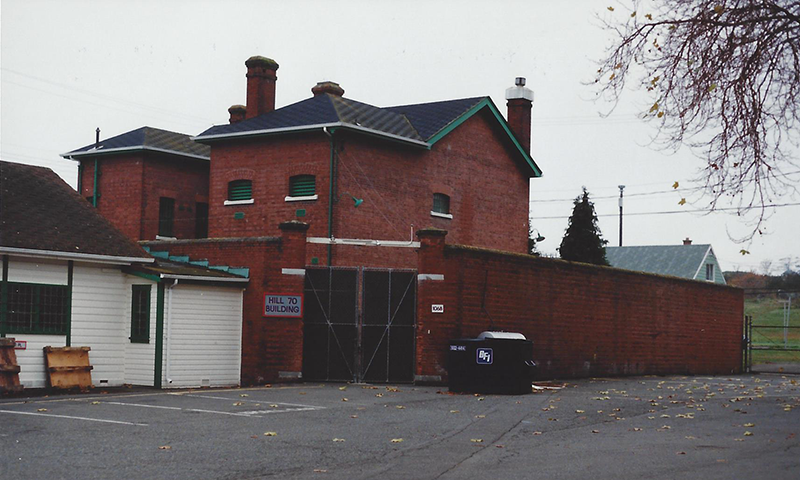
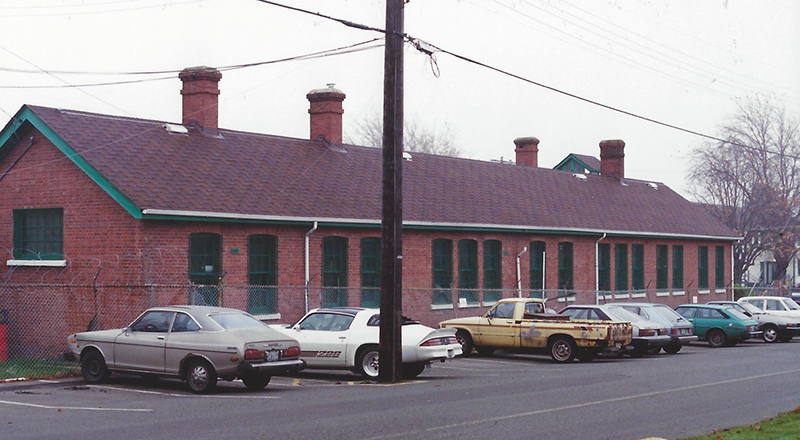
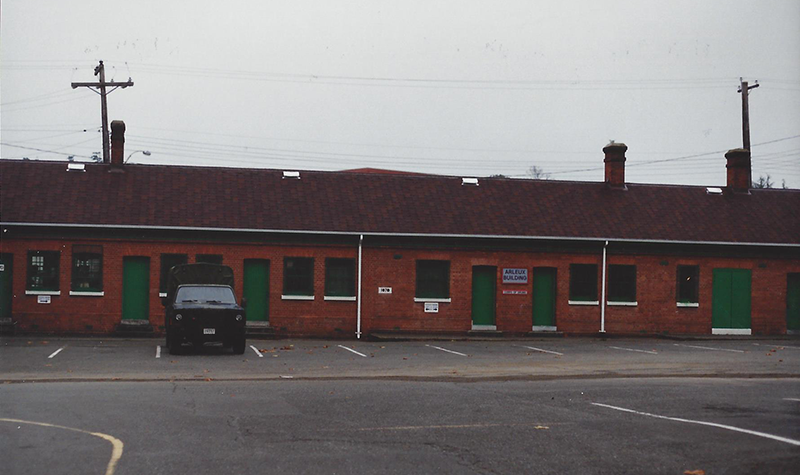
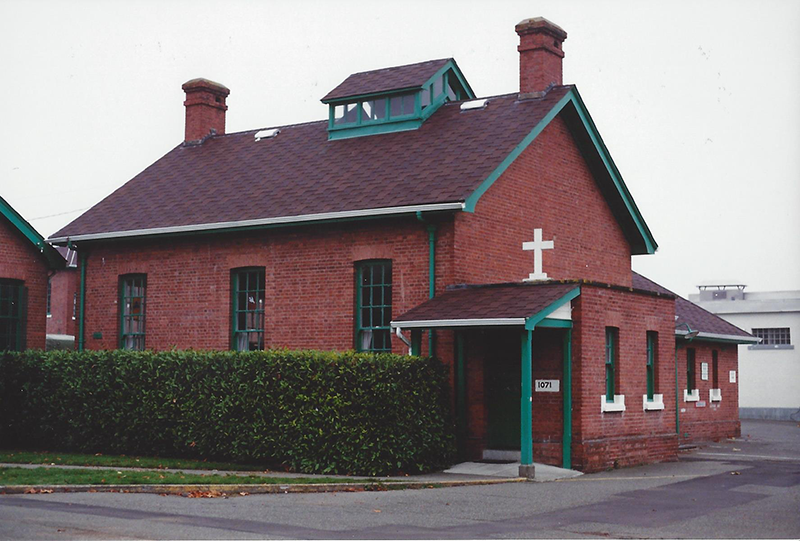
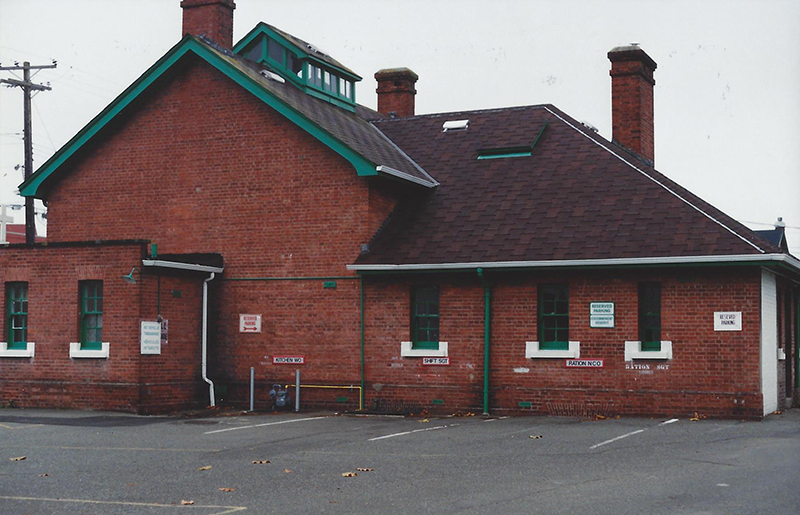
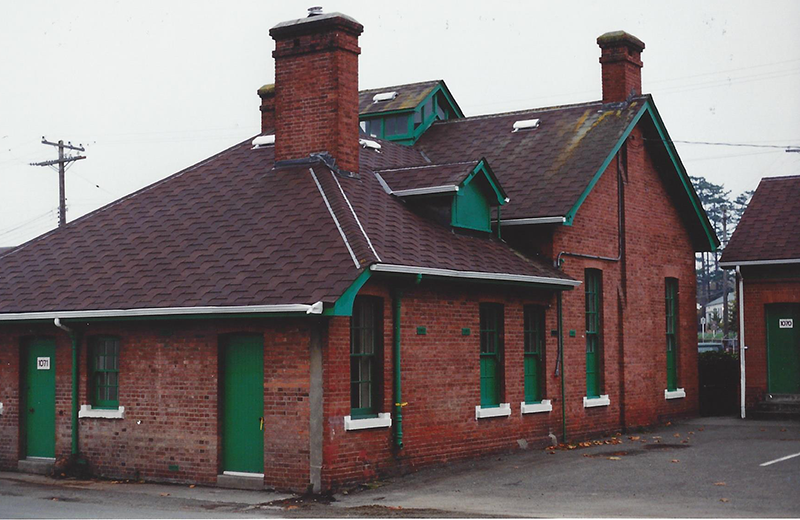
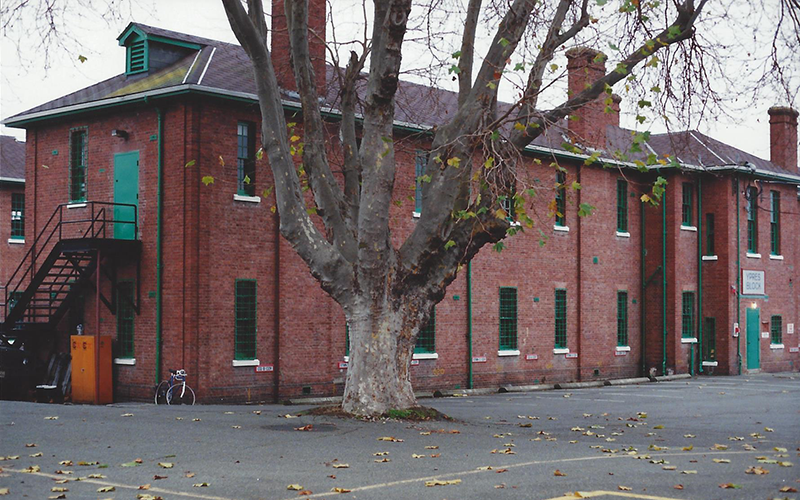
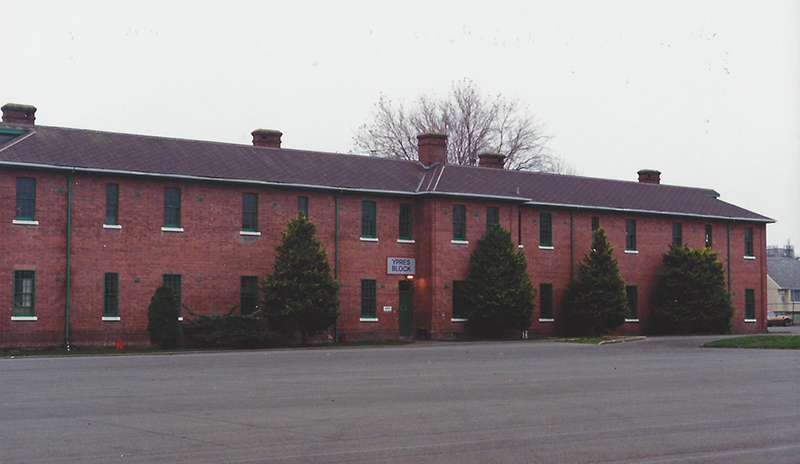
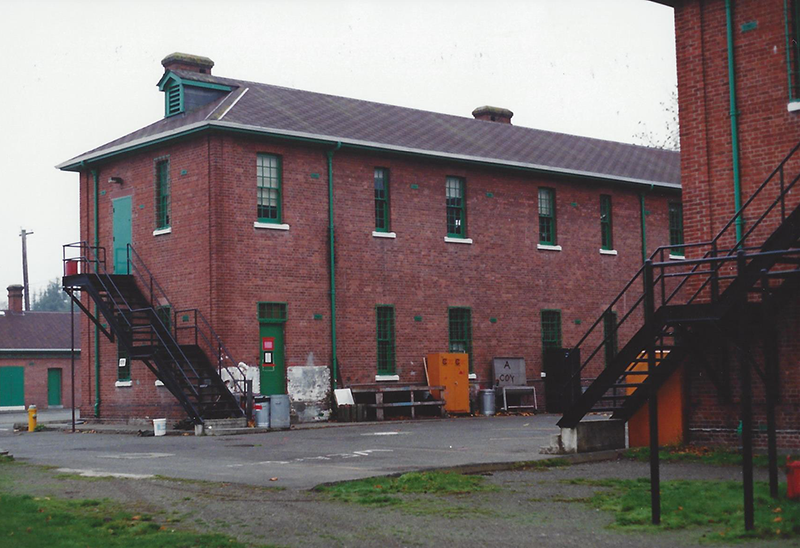
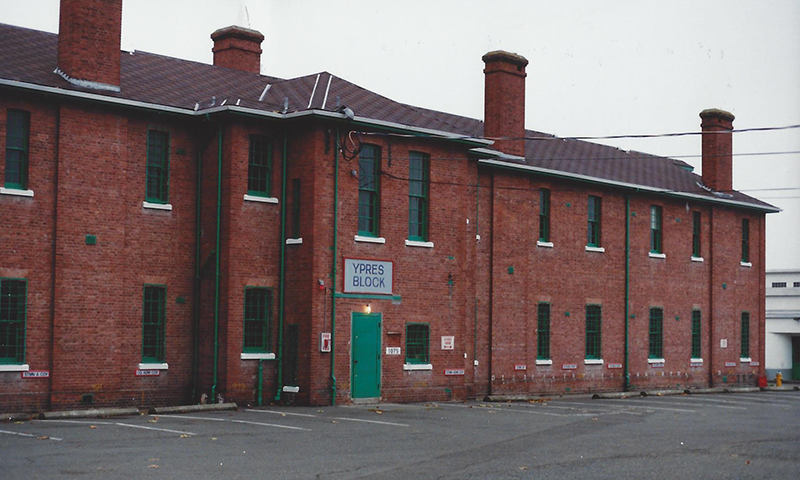
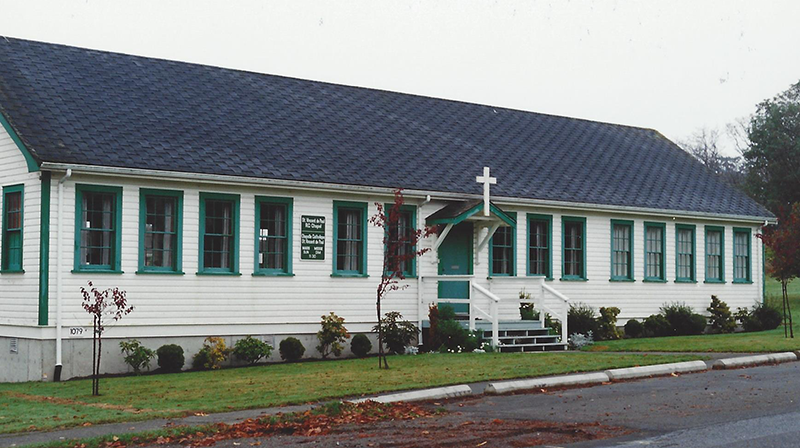
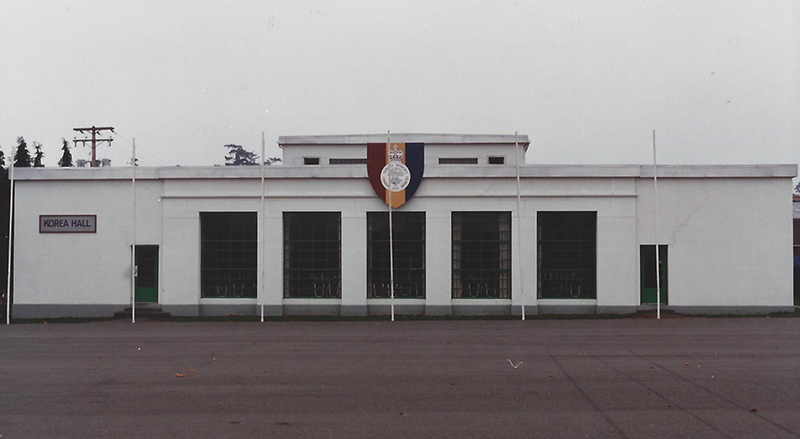
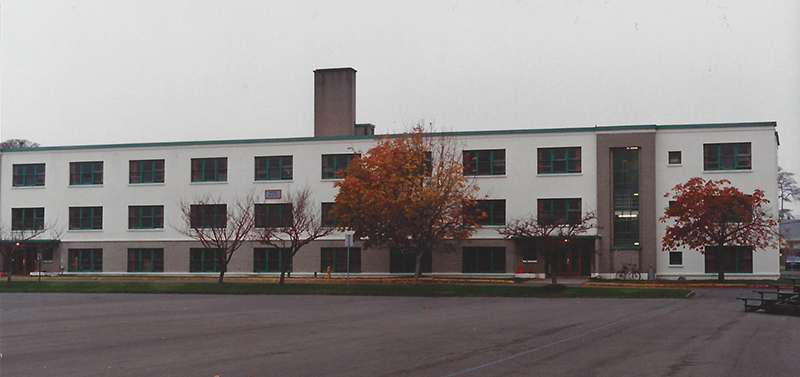
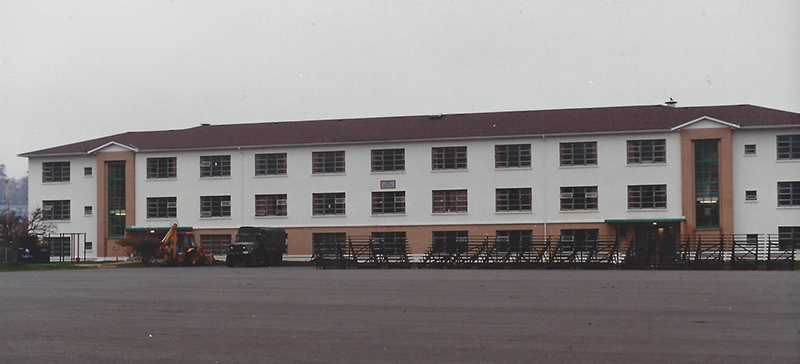
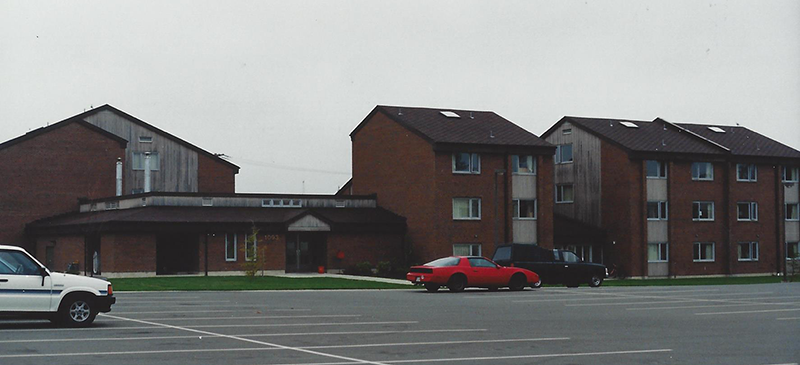
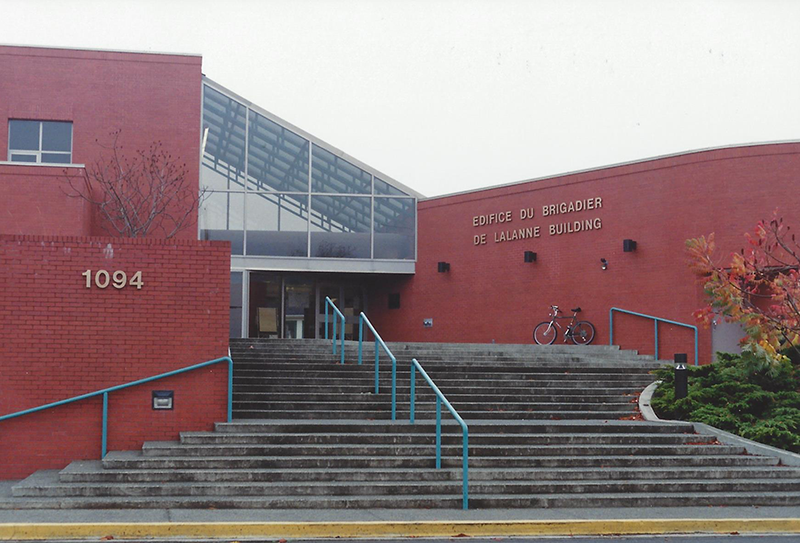
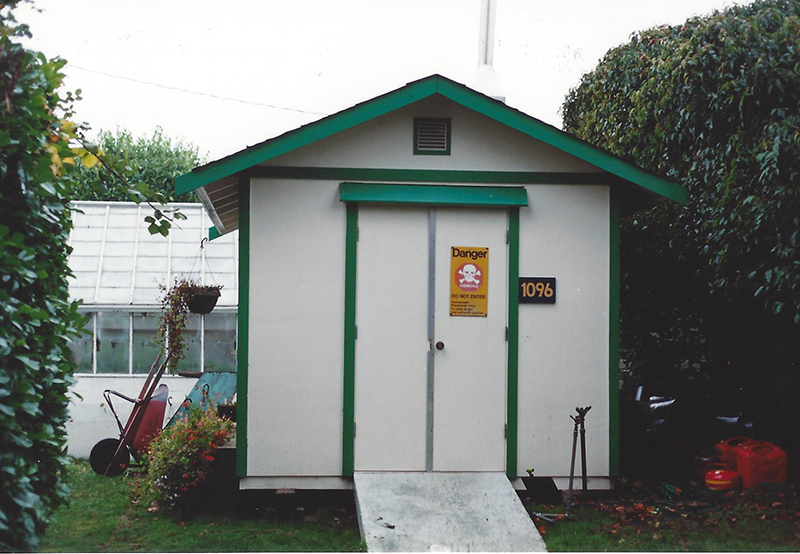
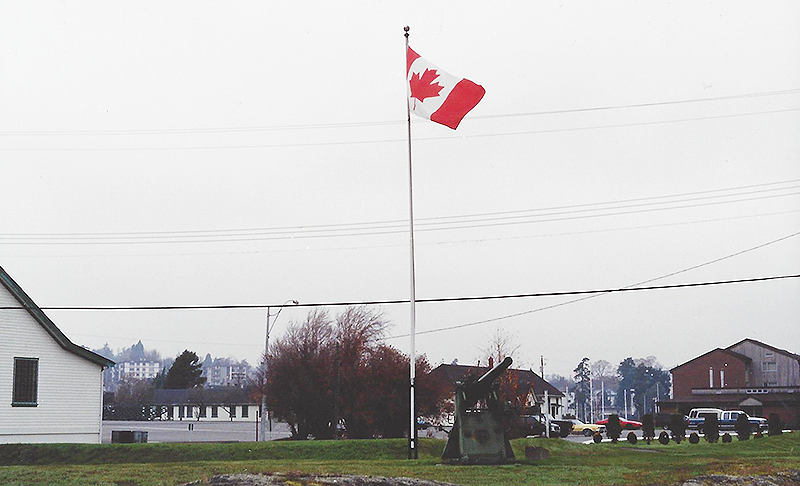
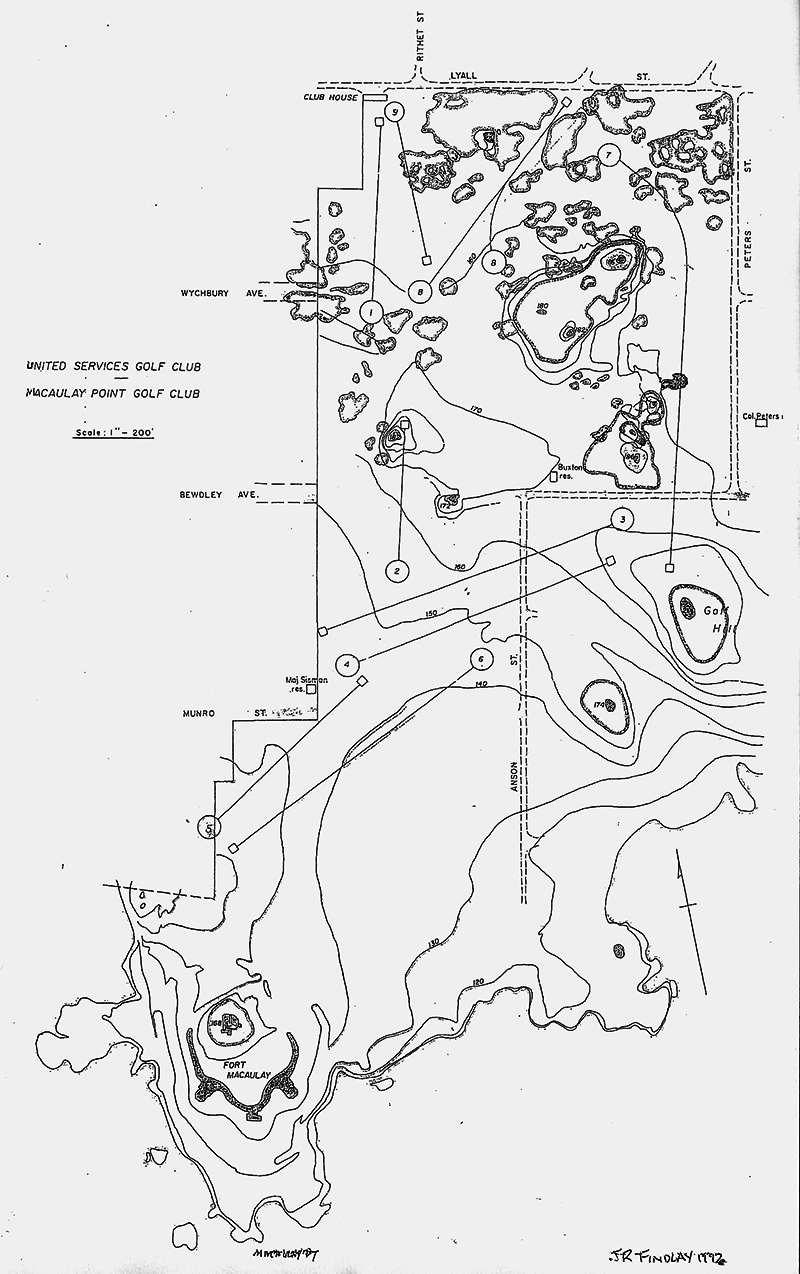
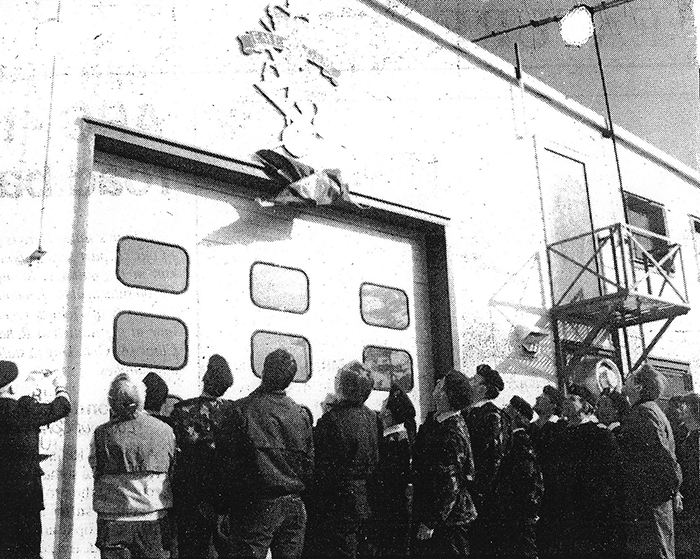
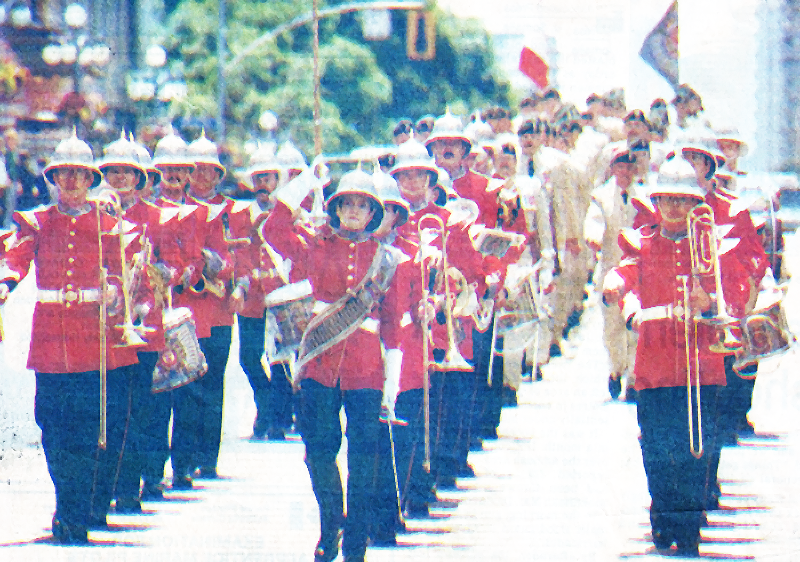

.png)
.png)
